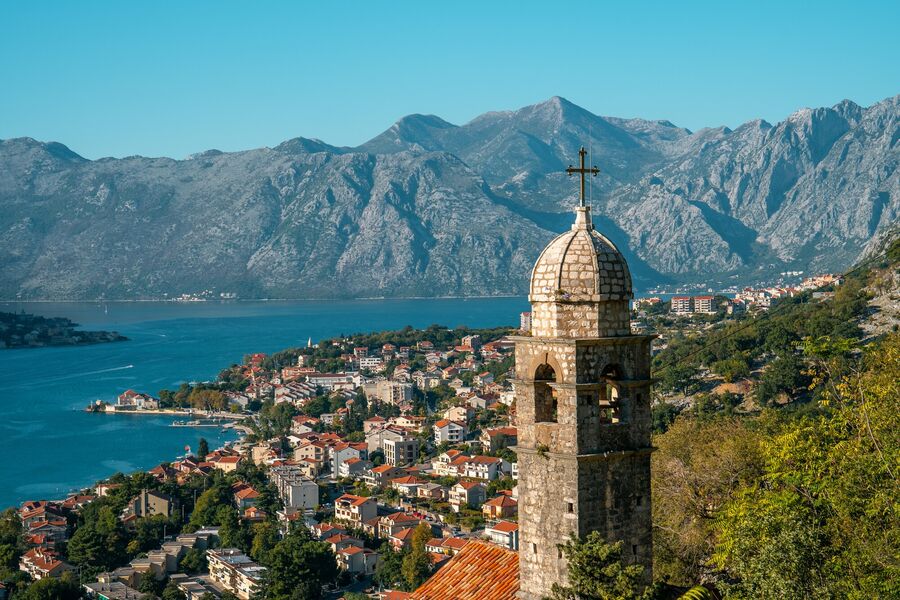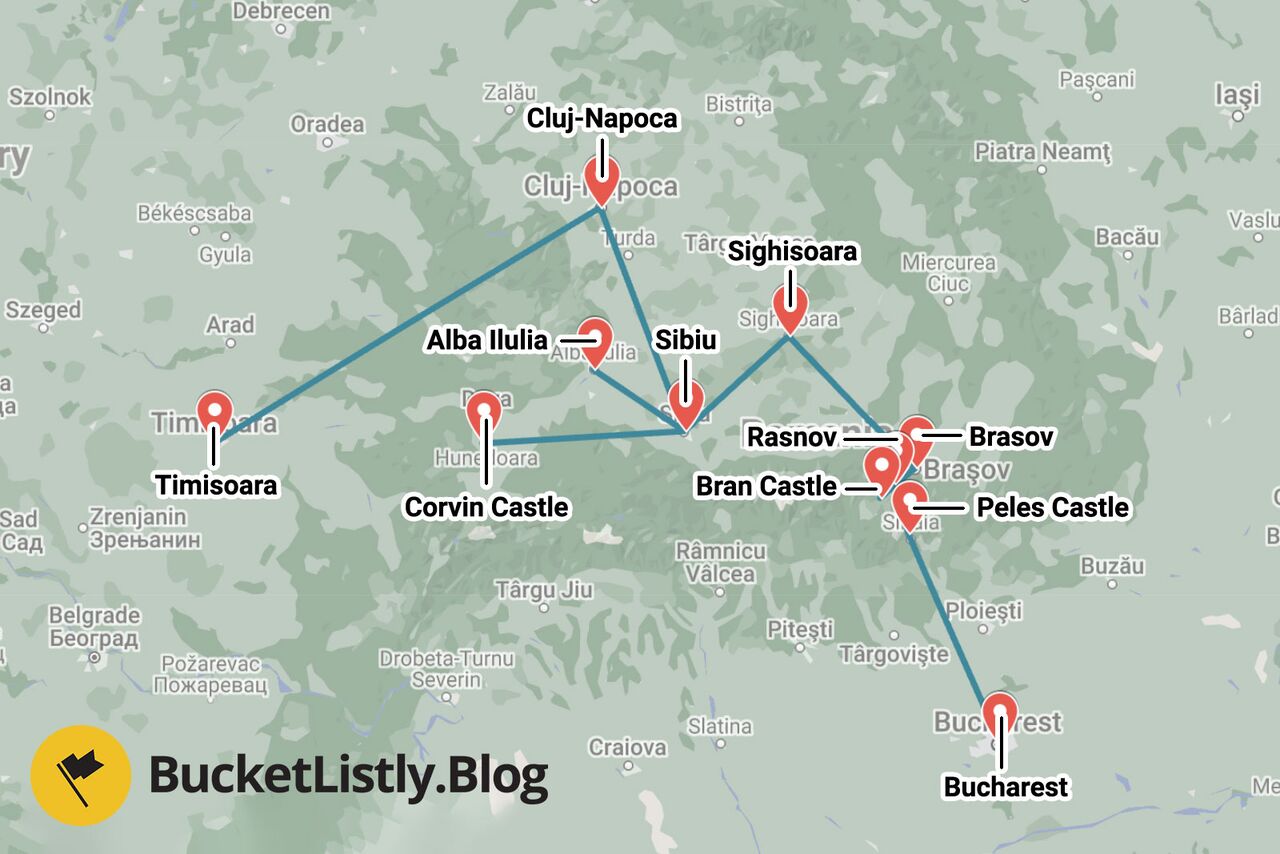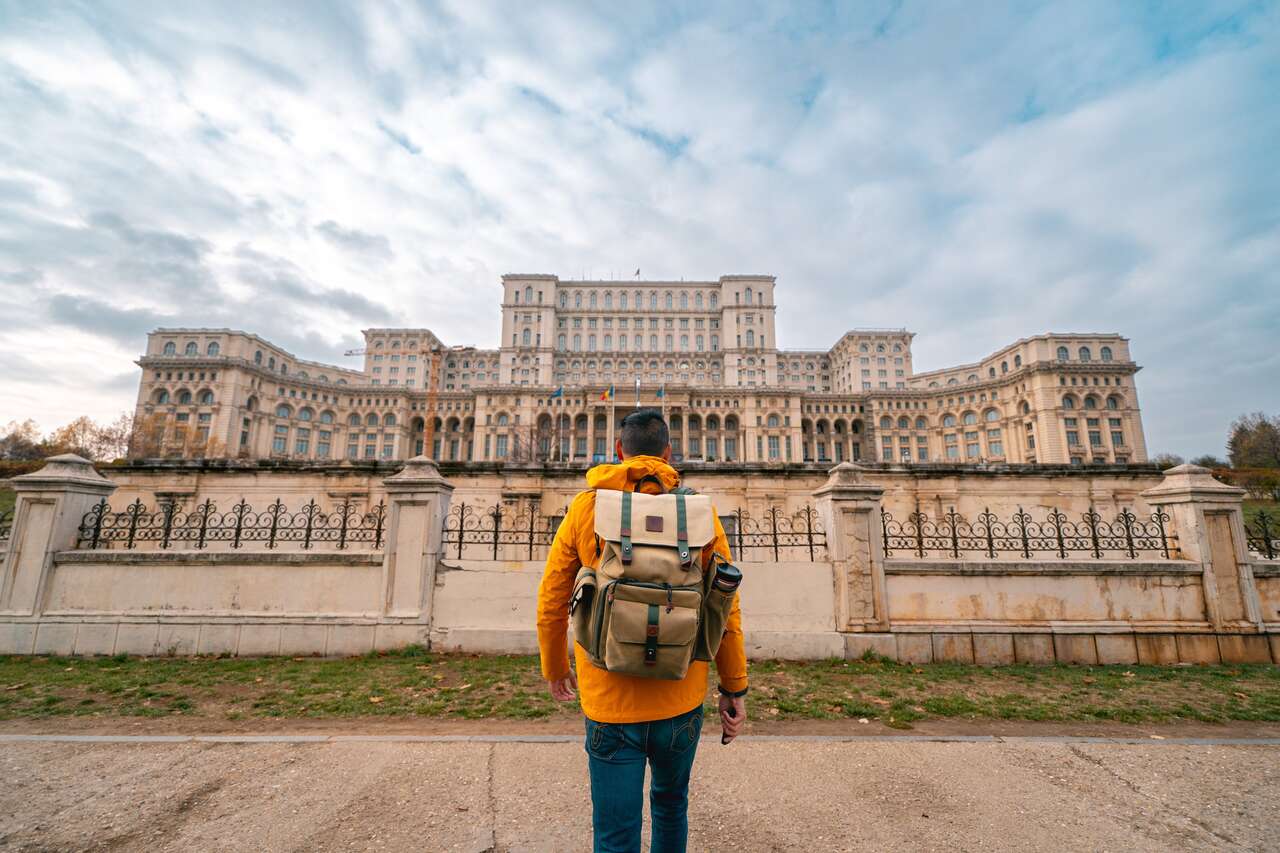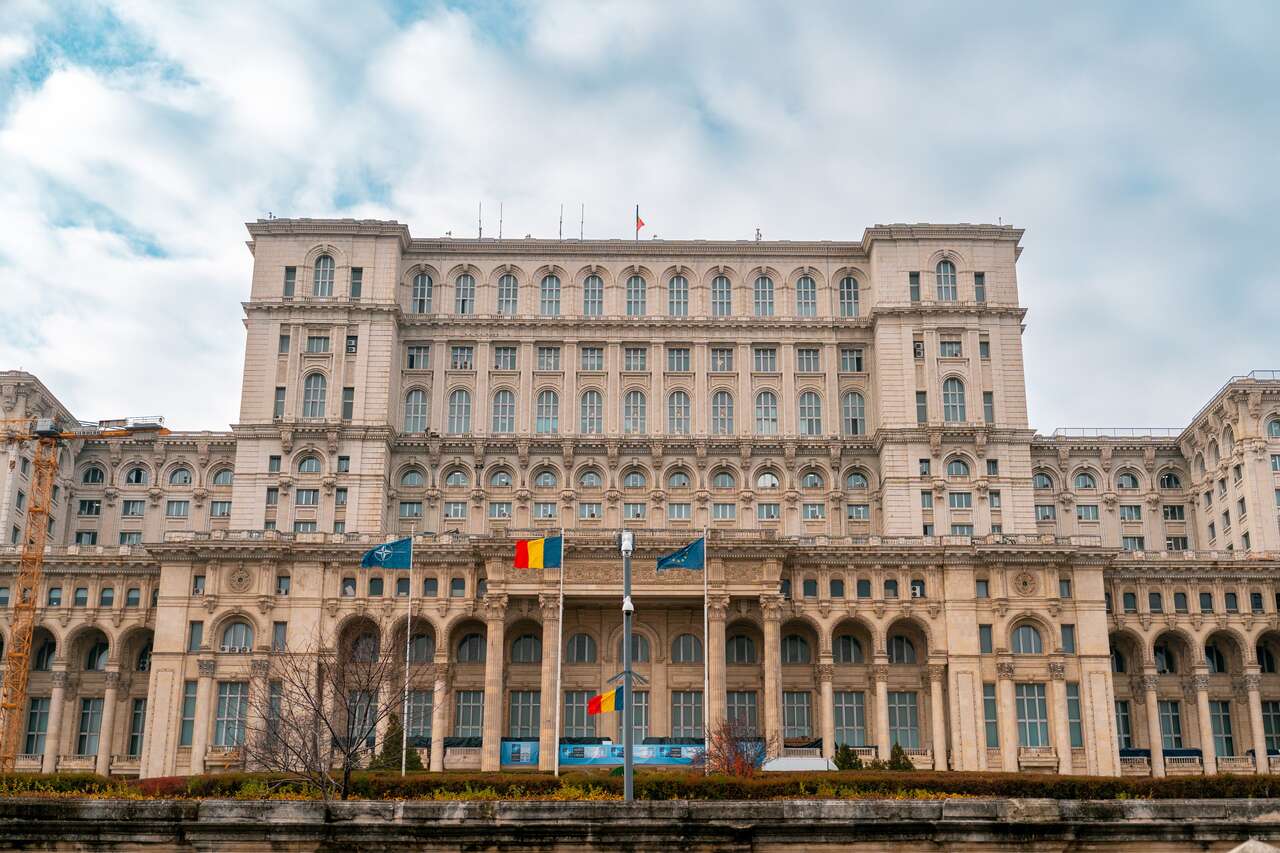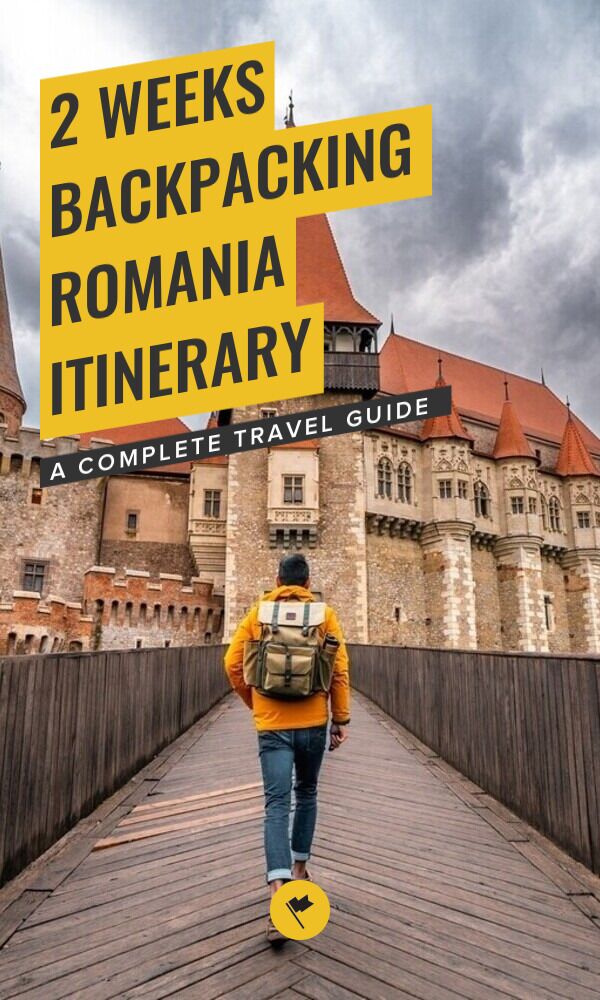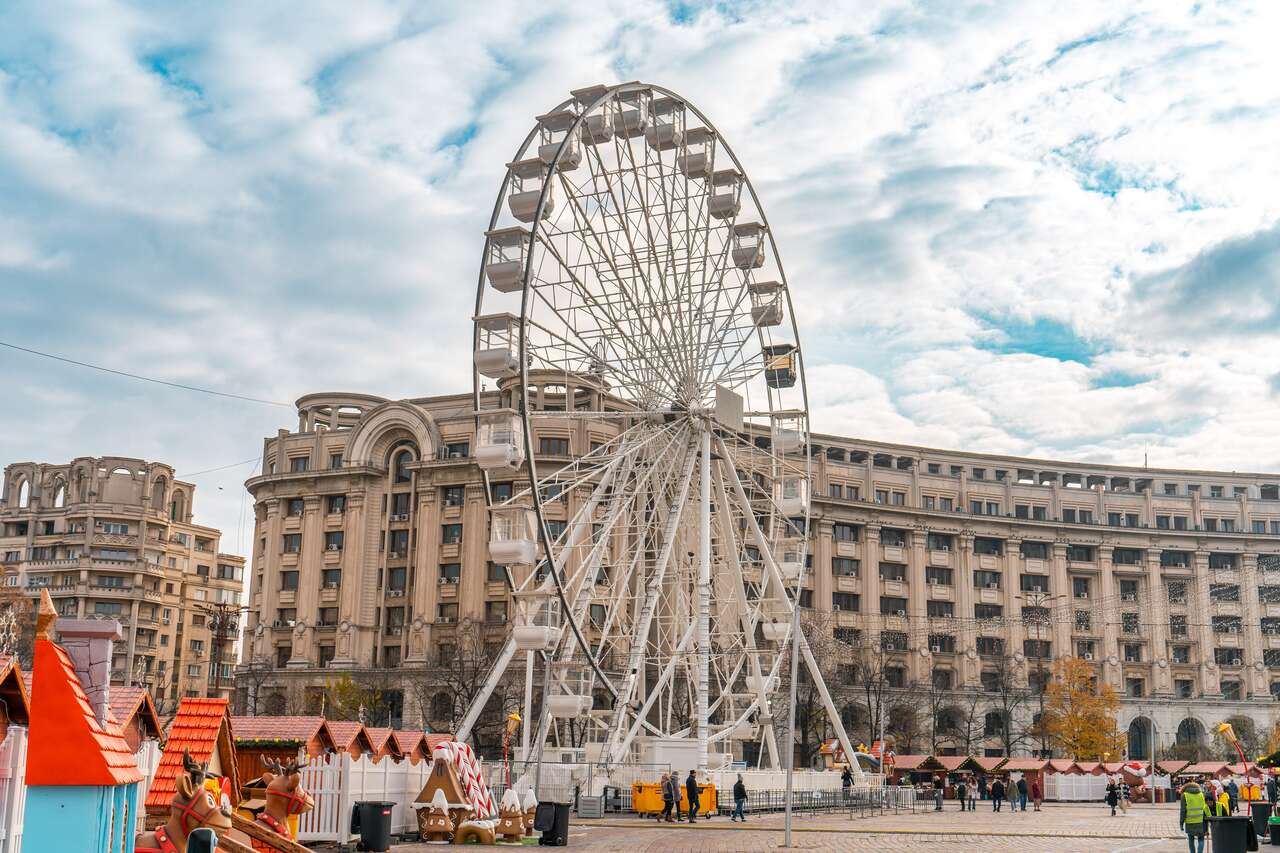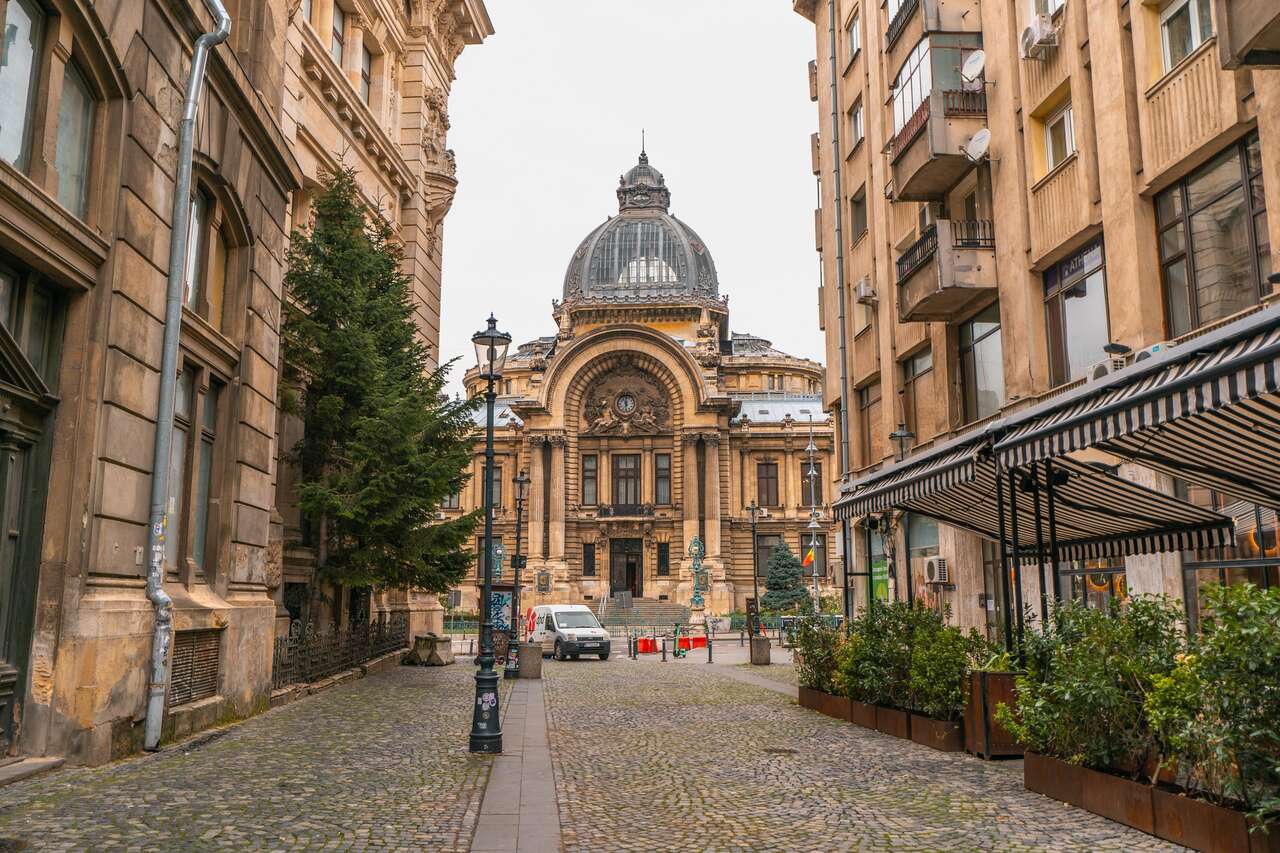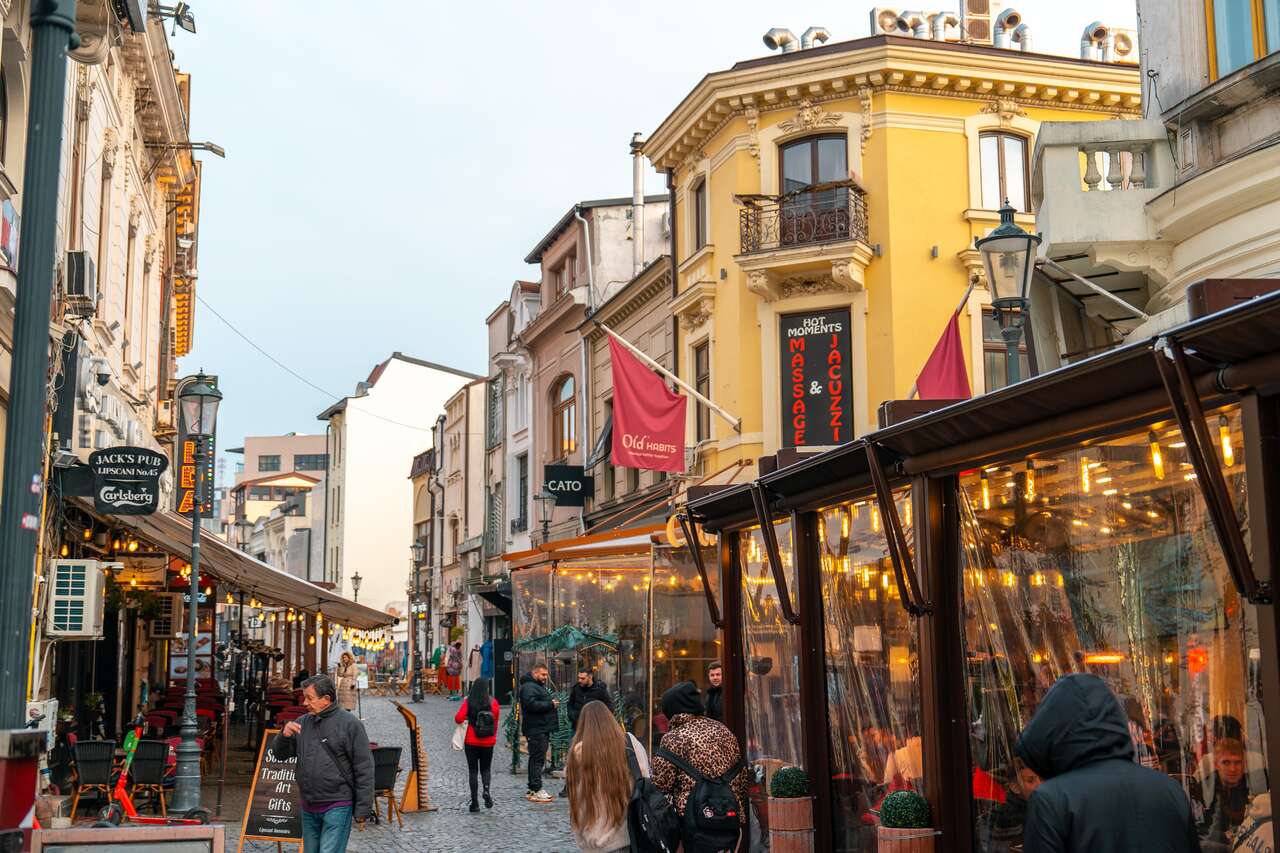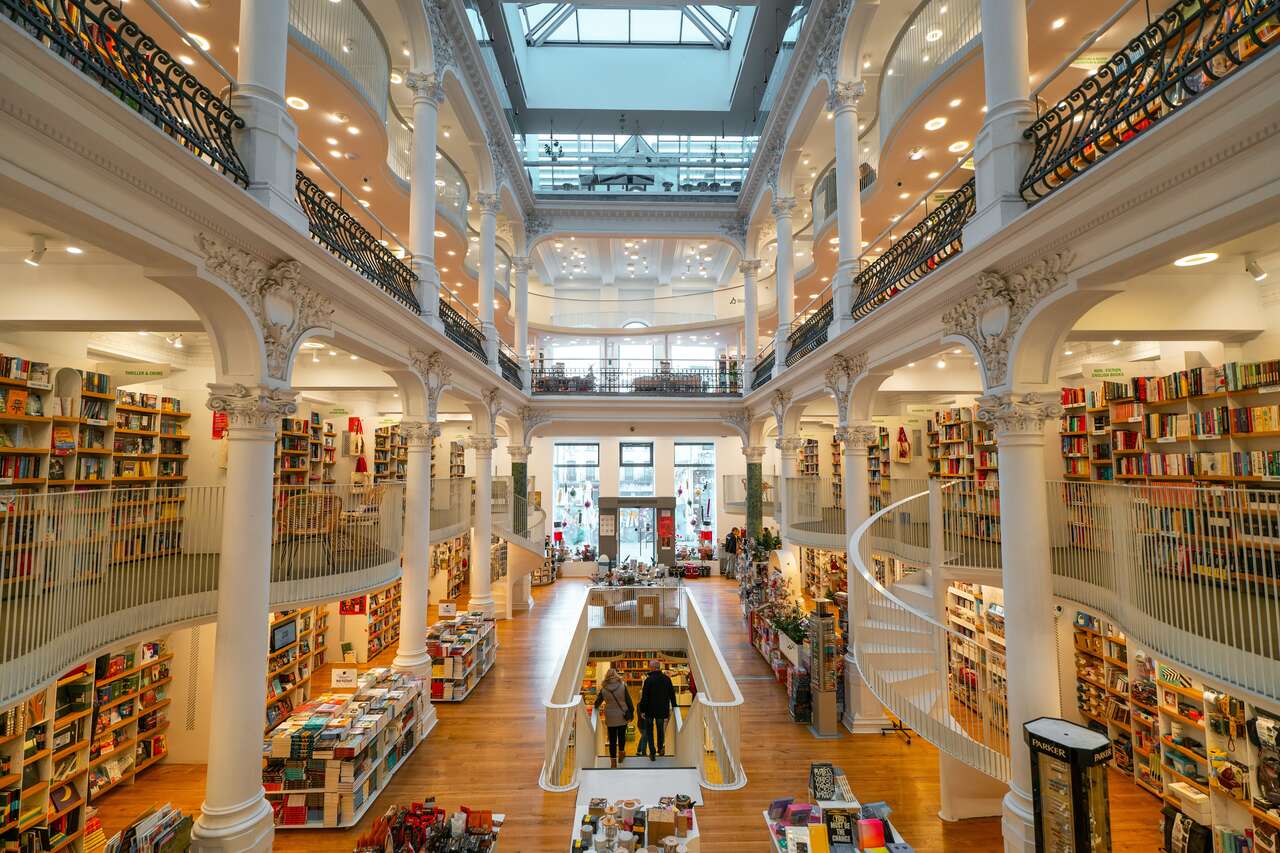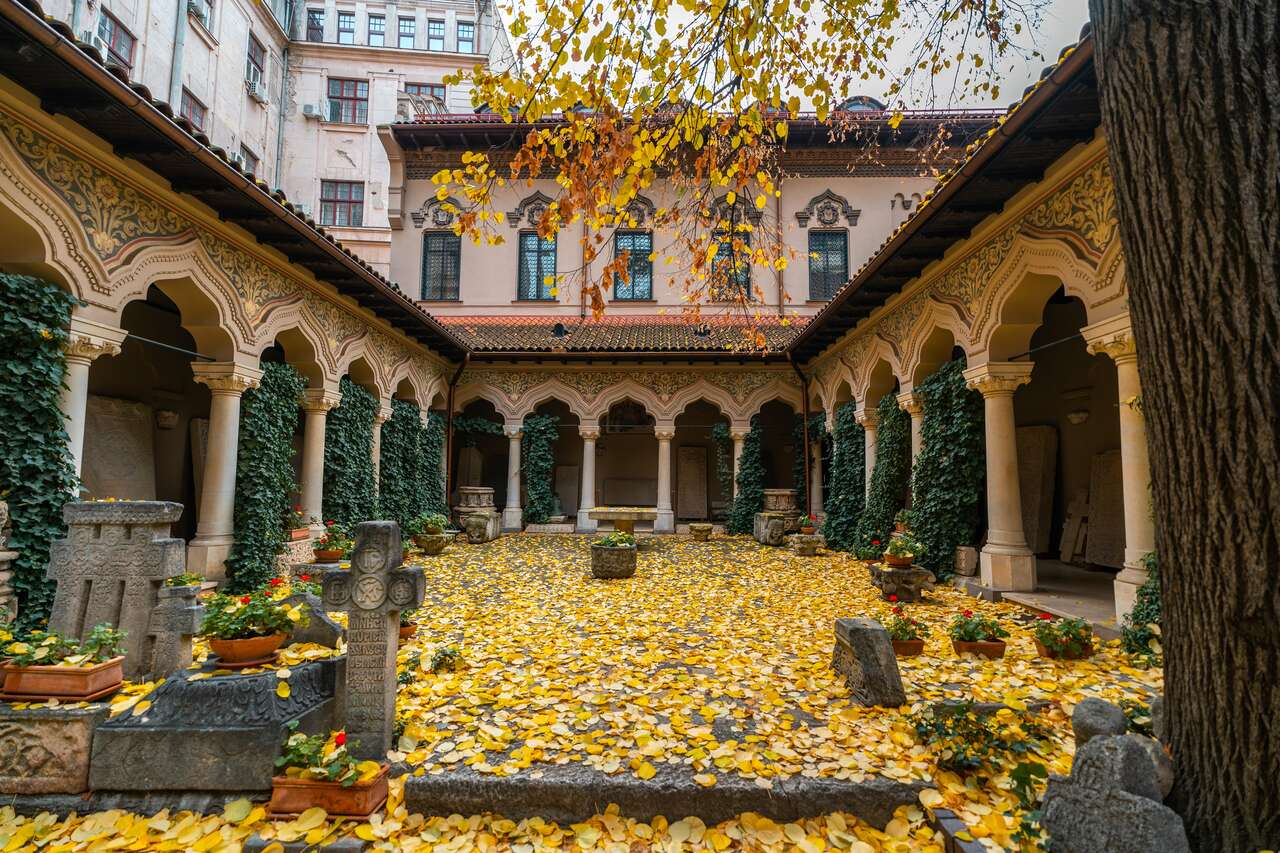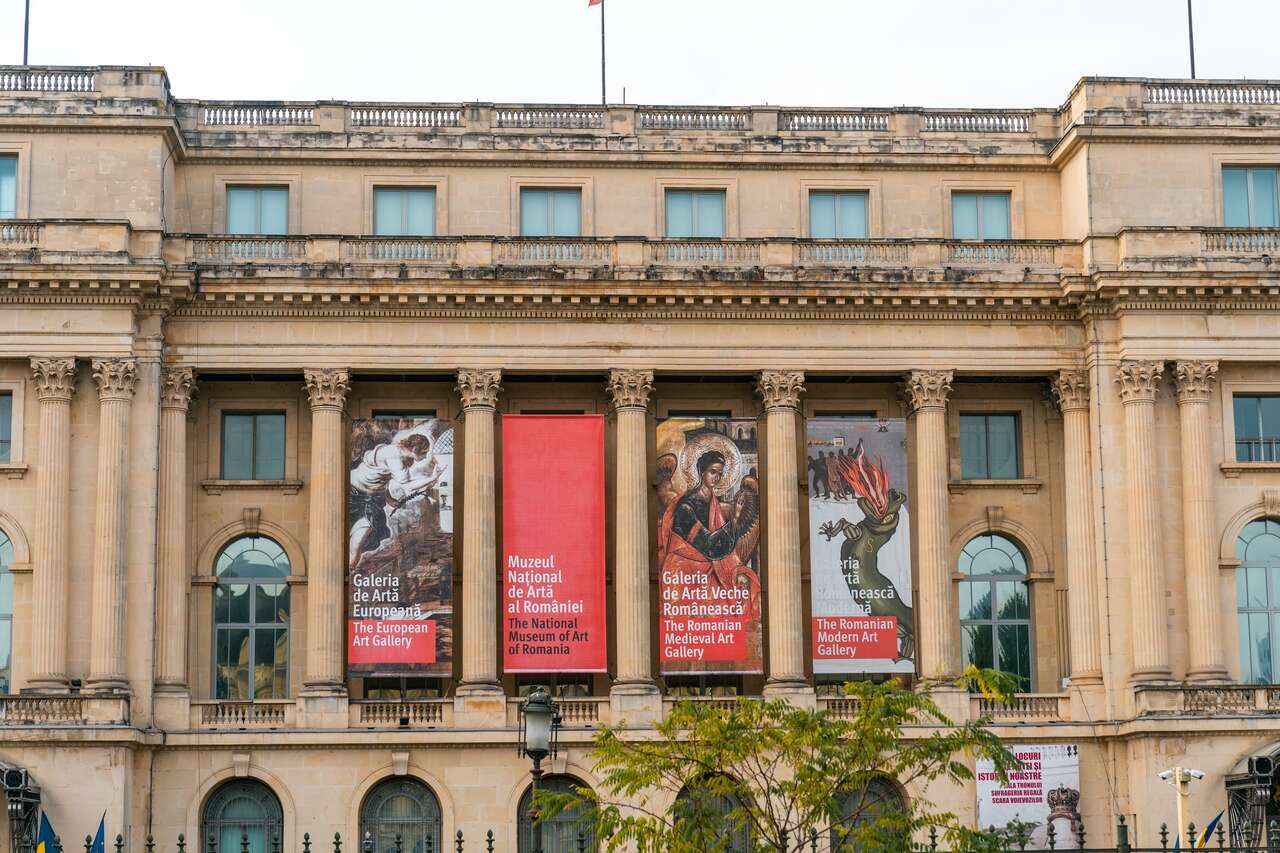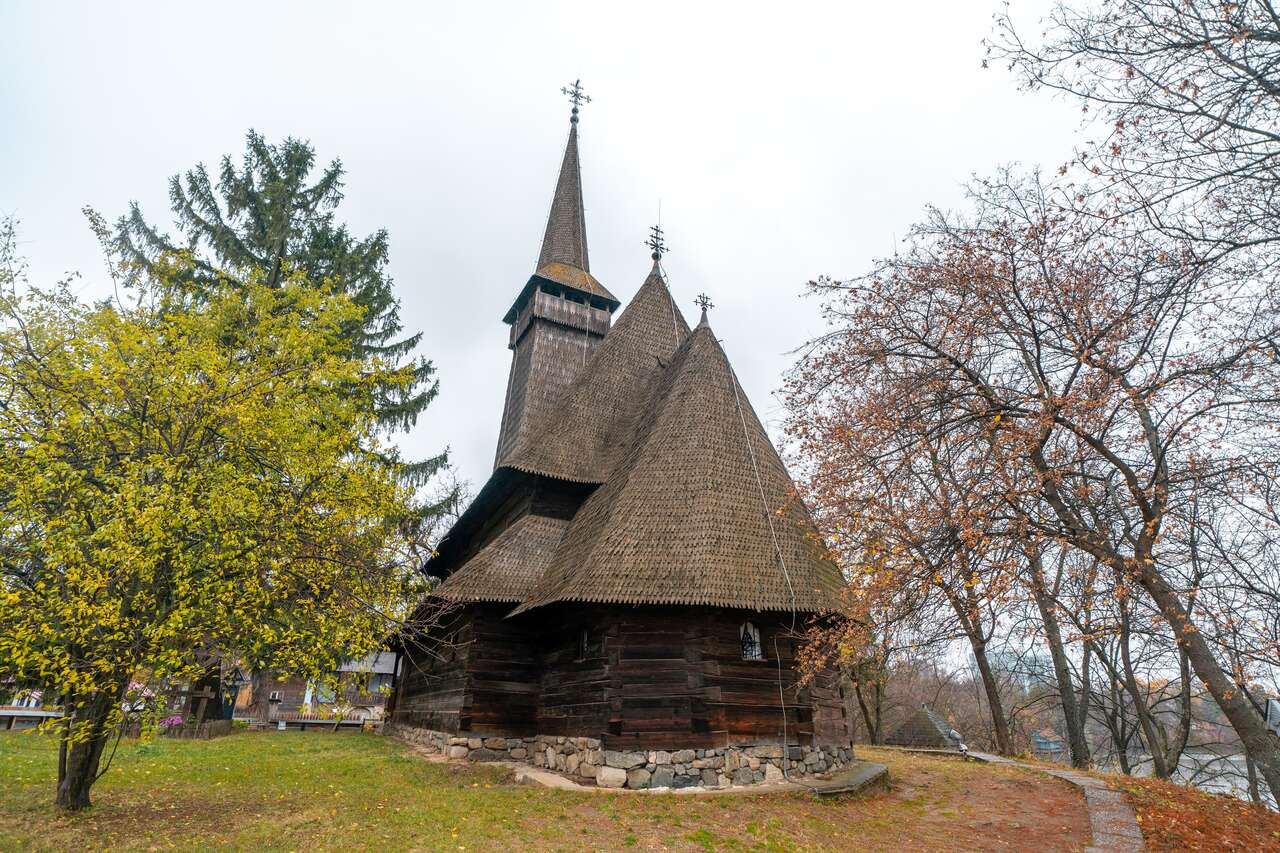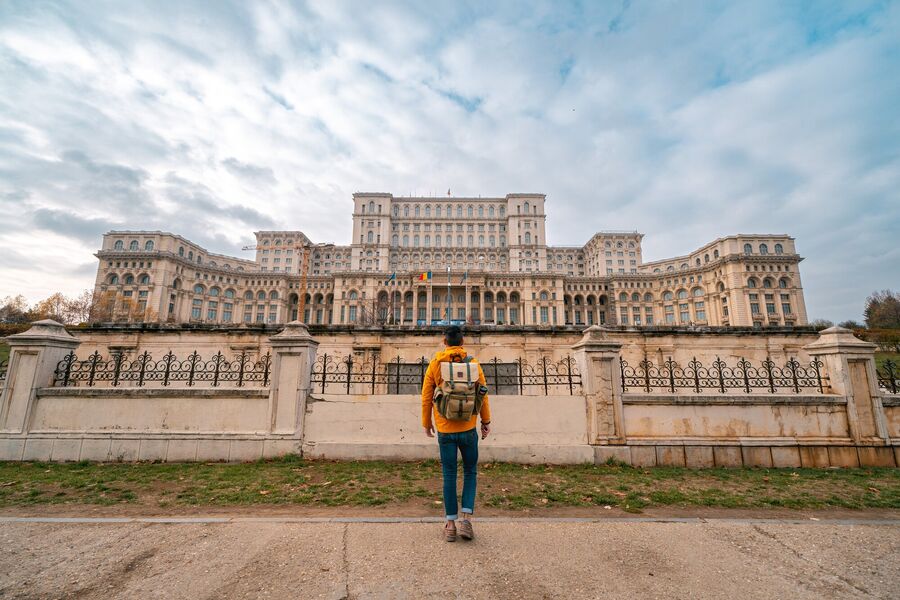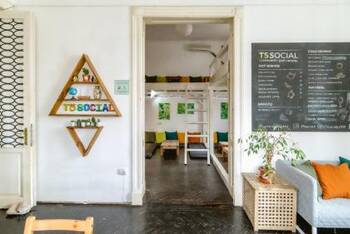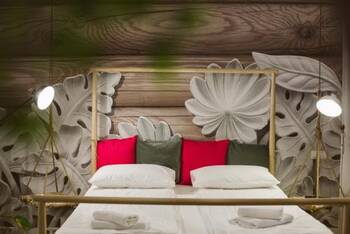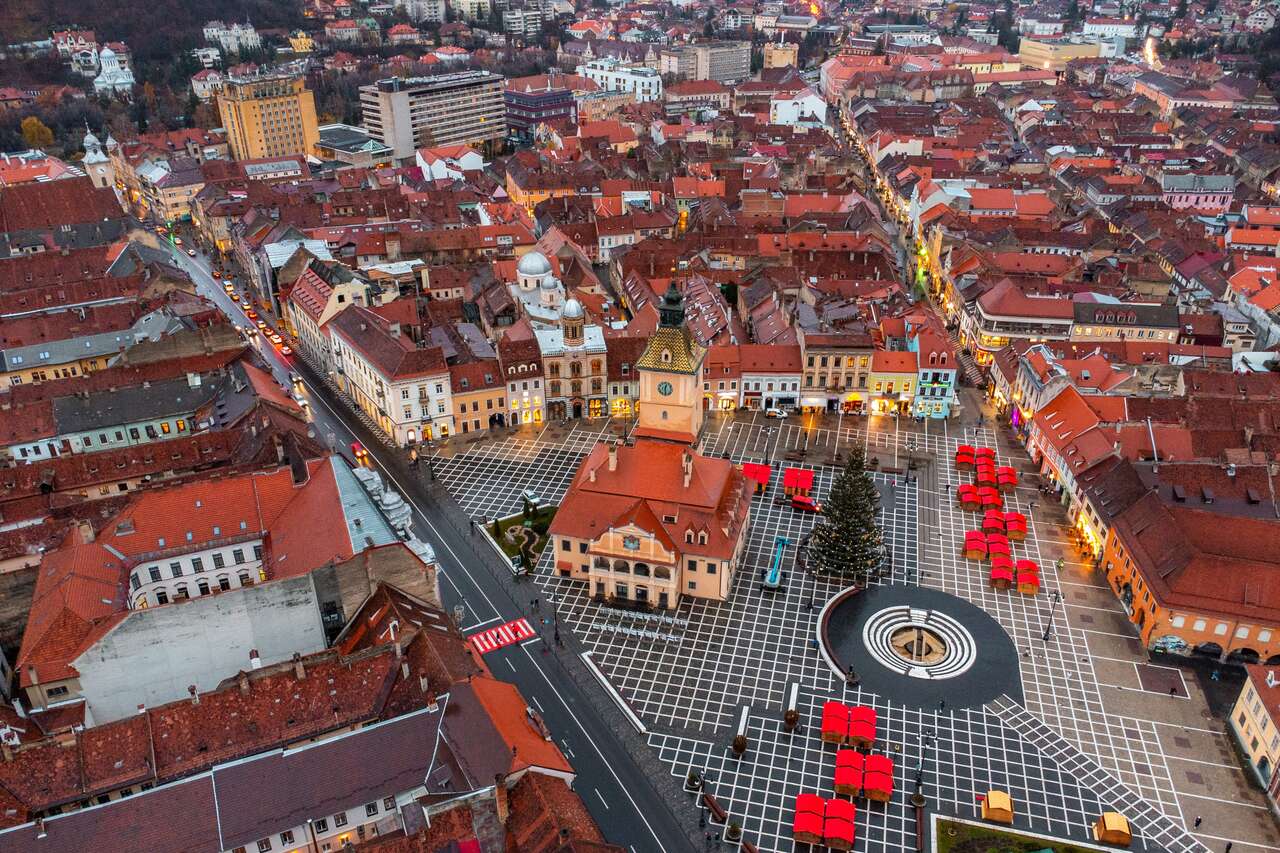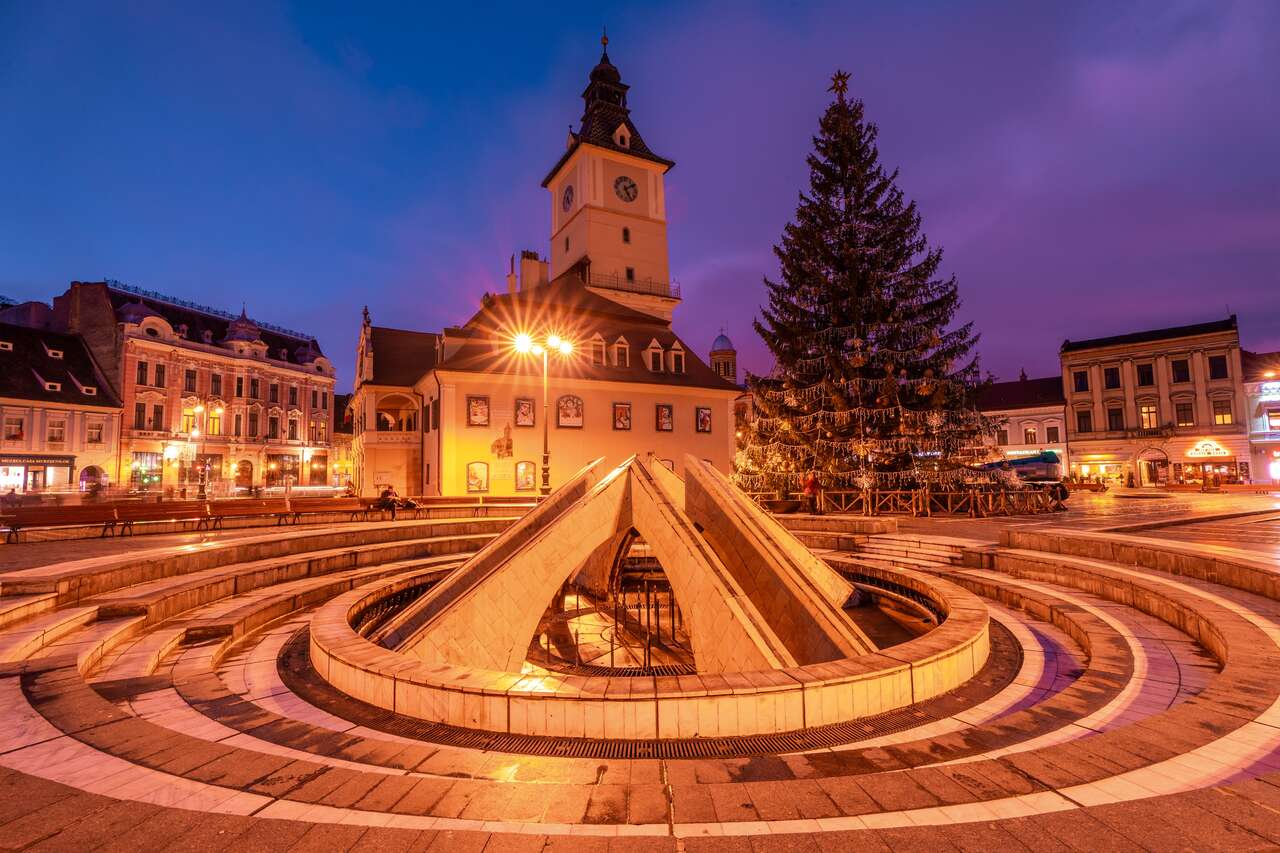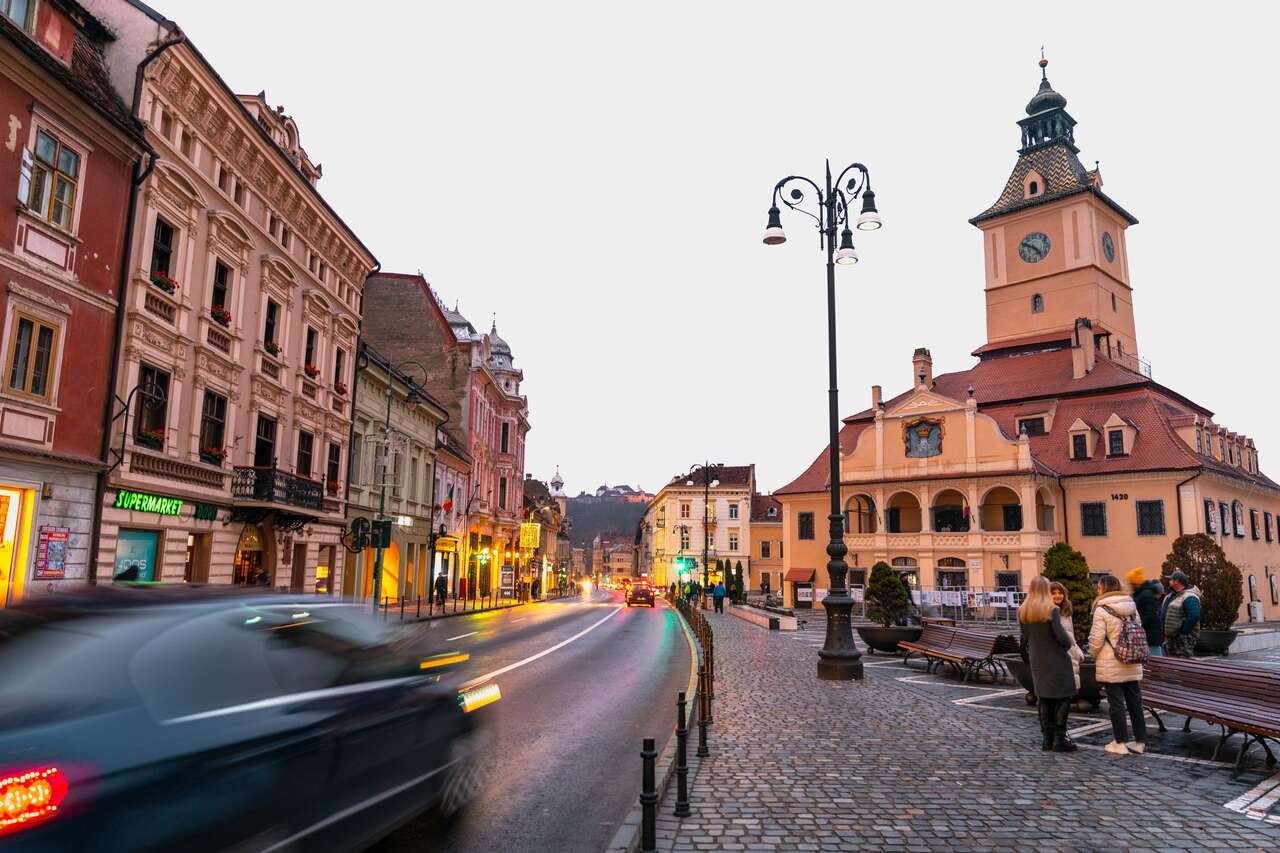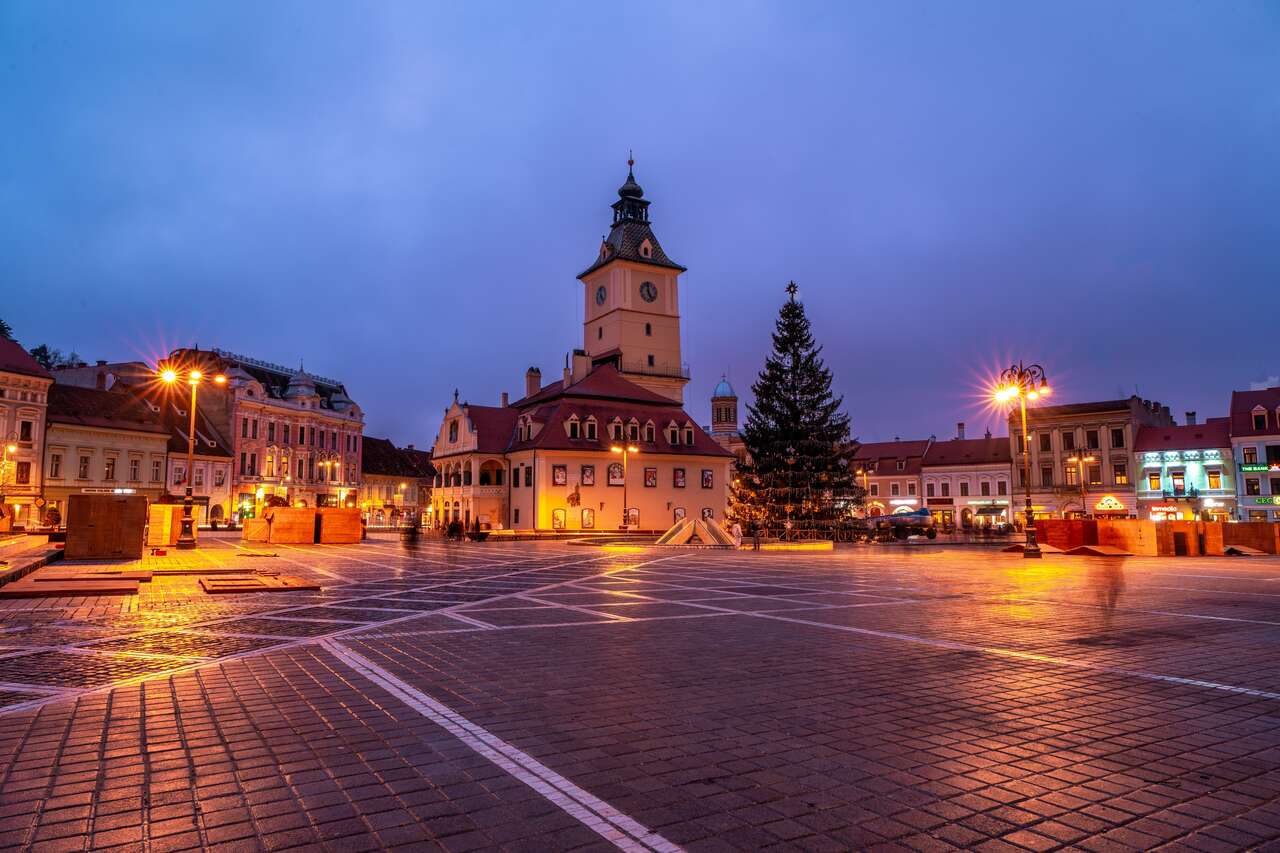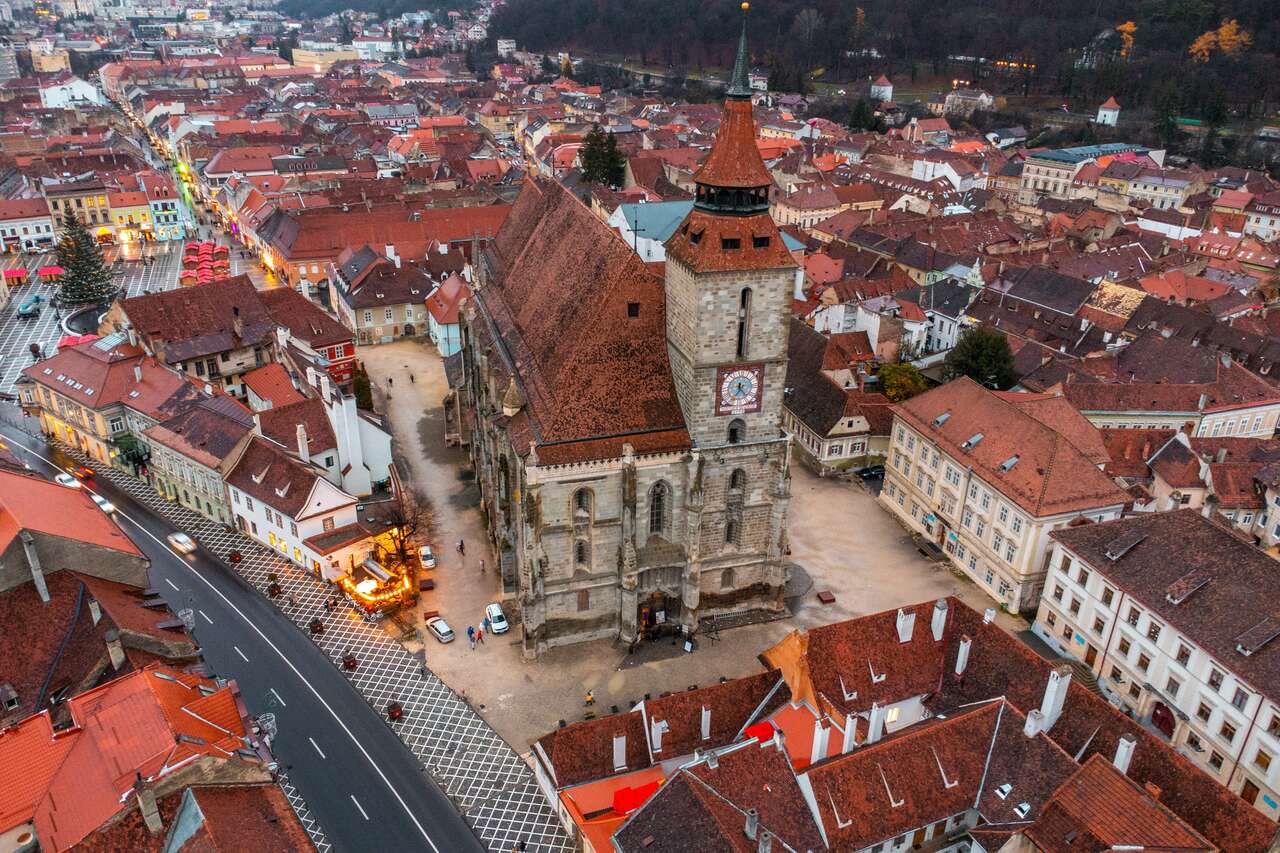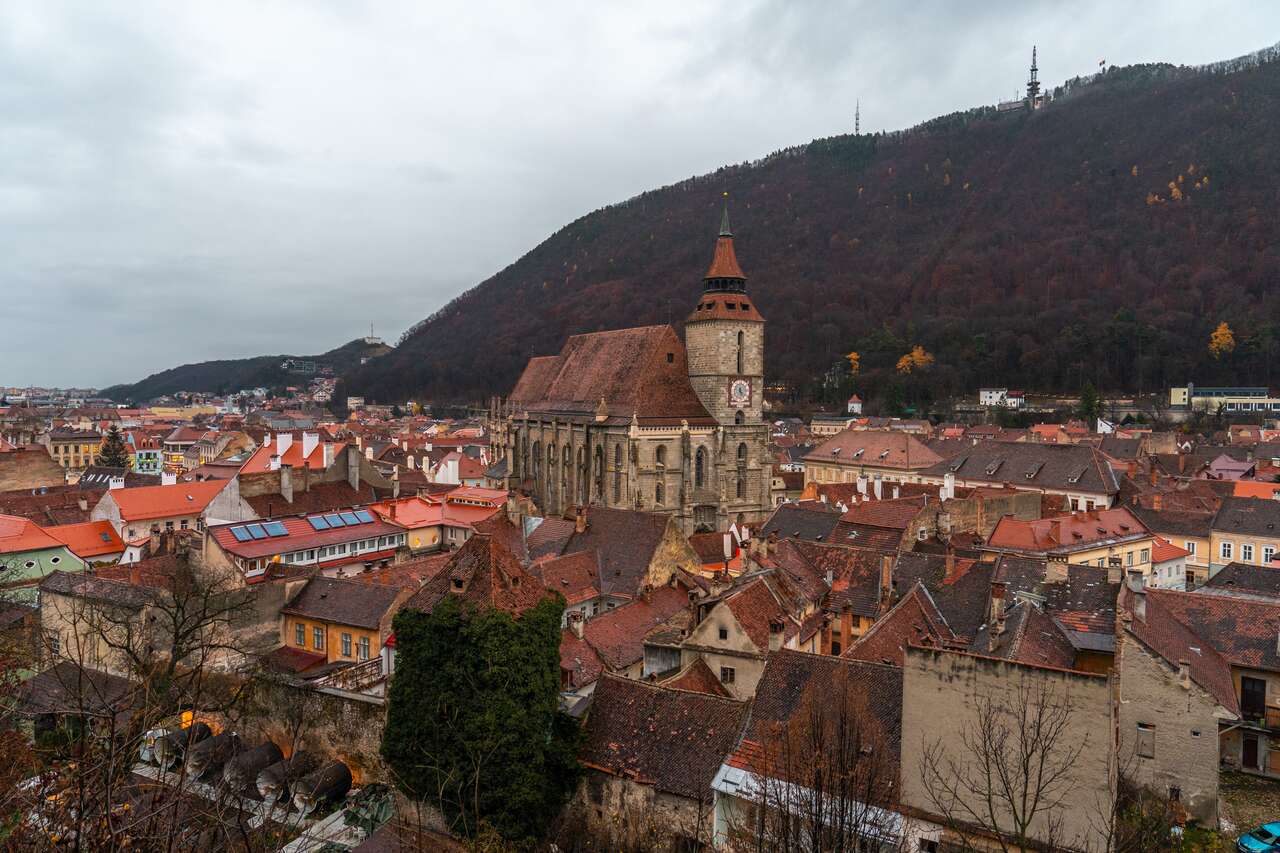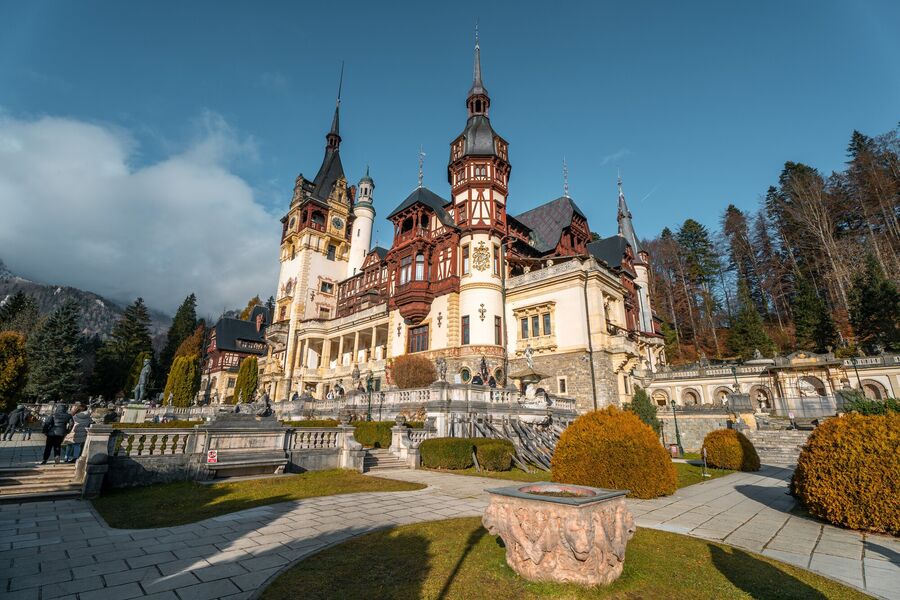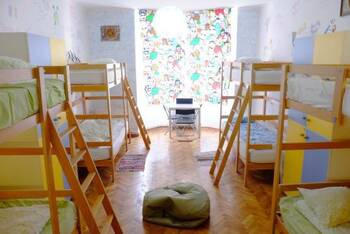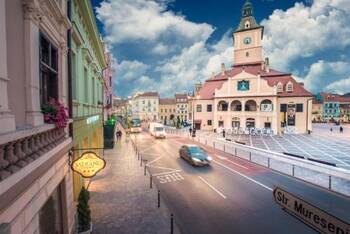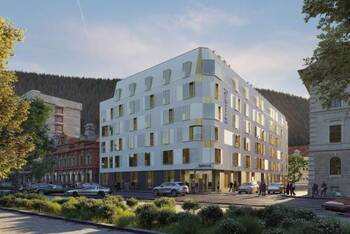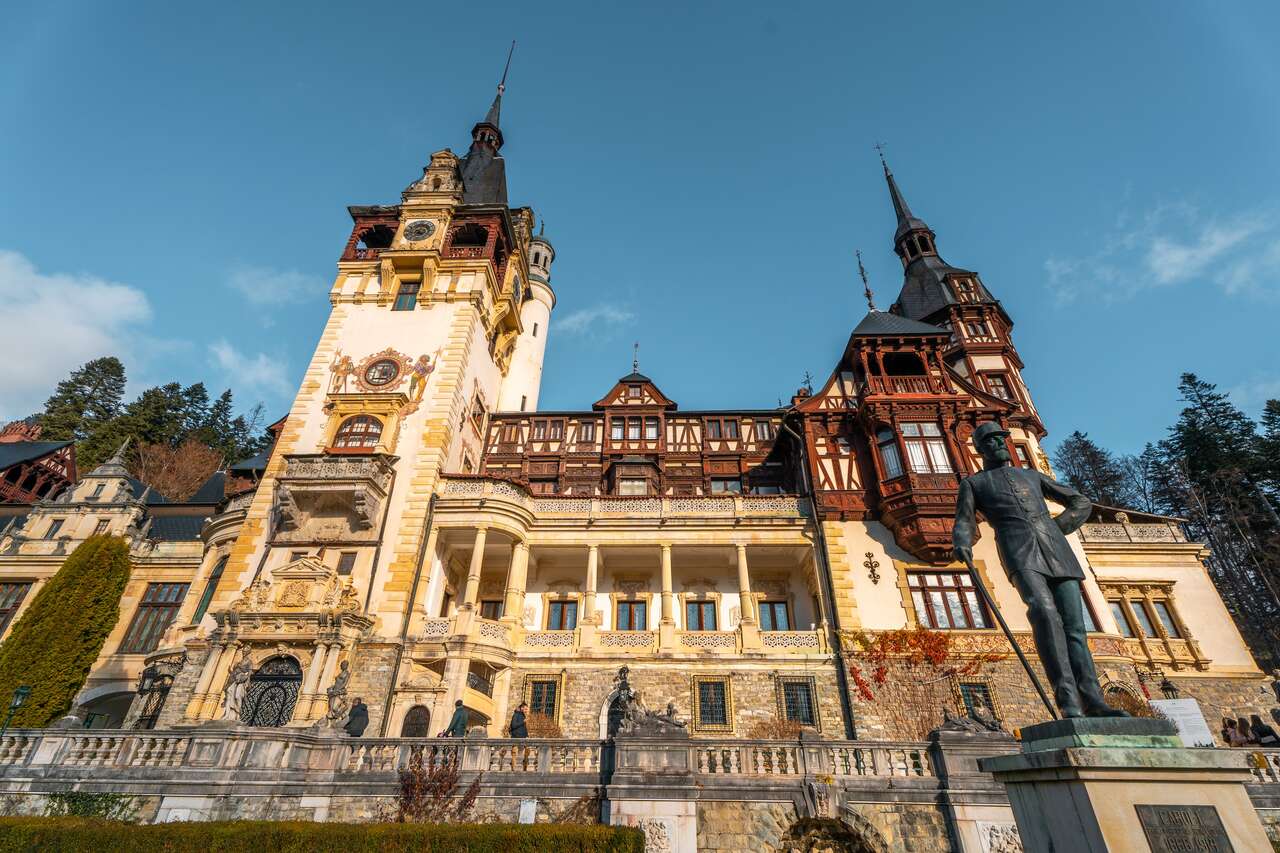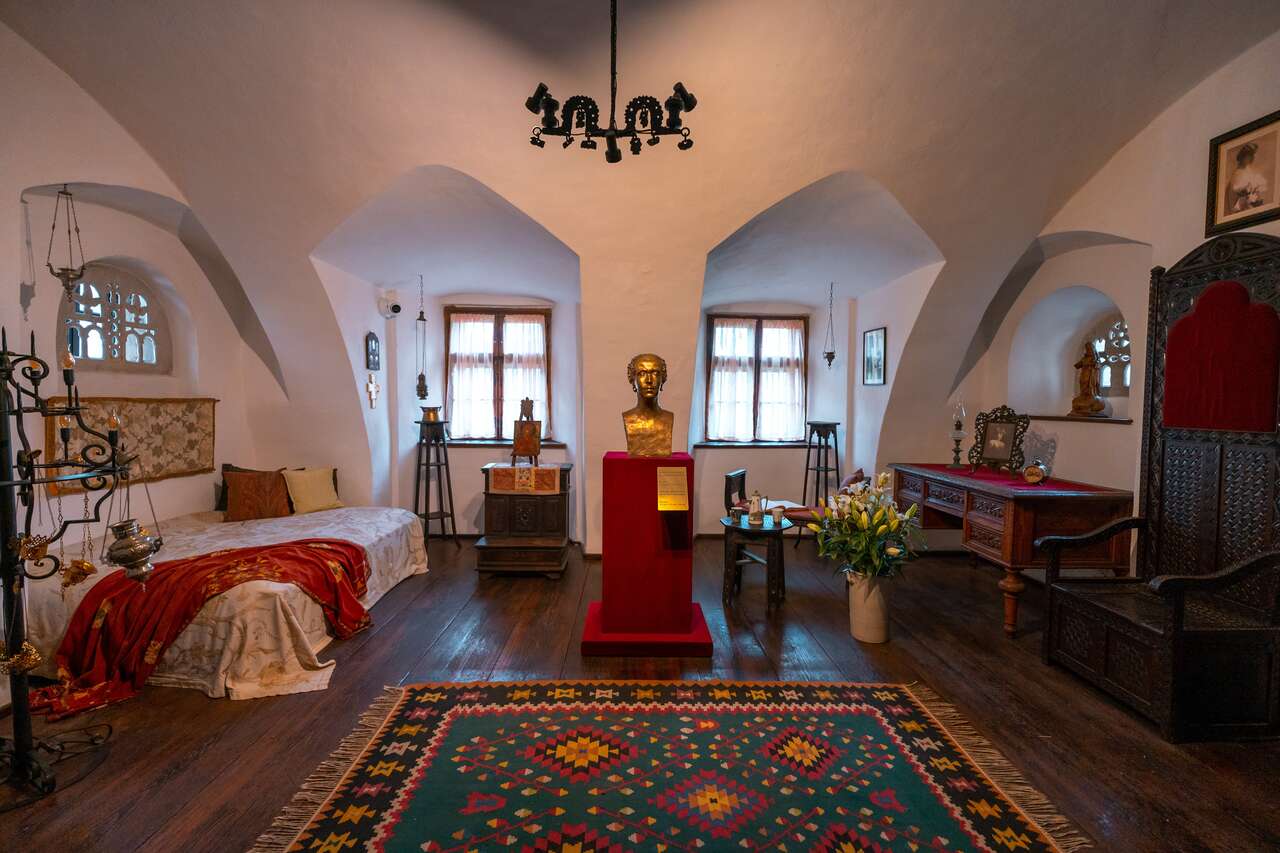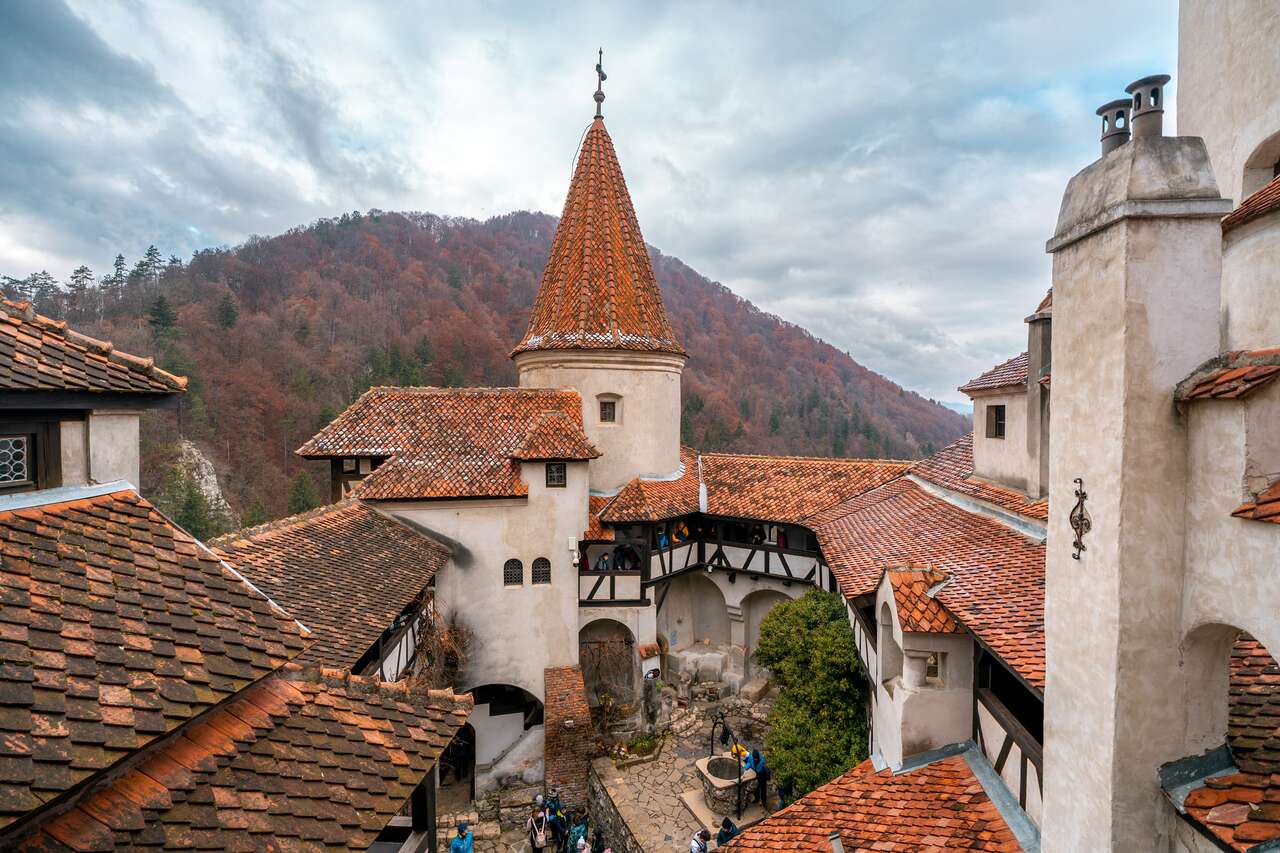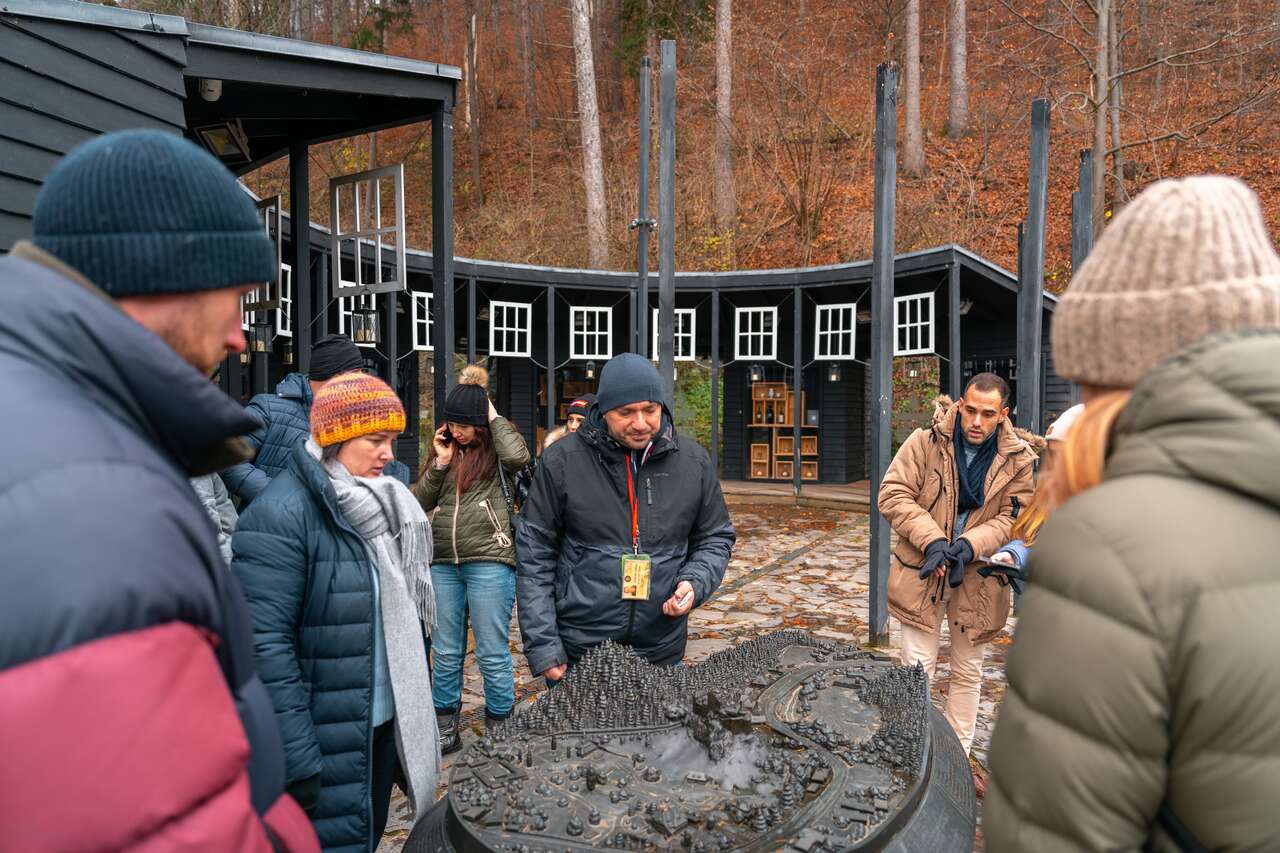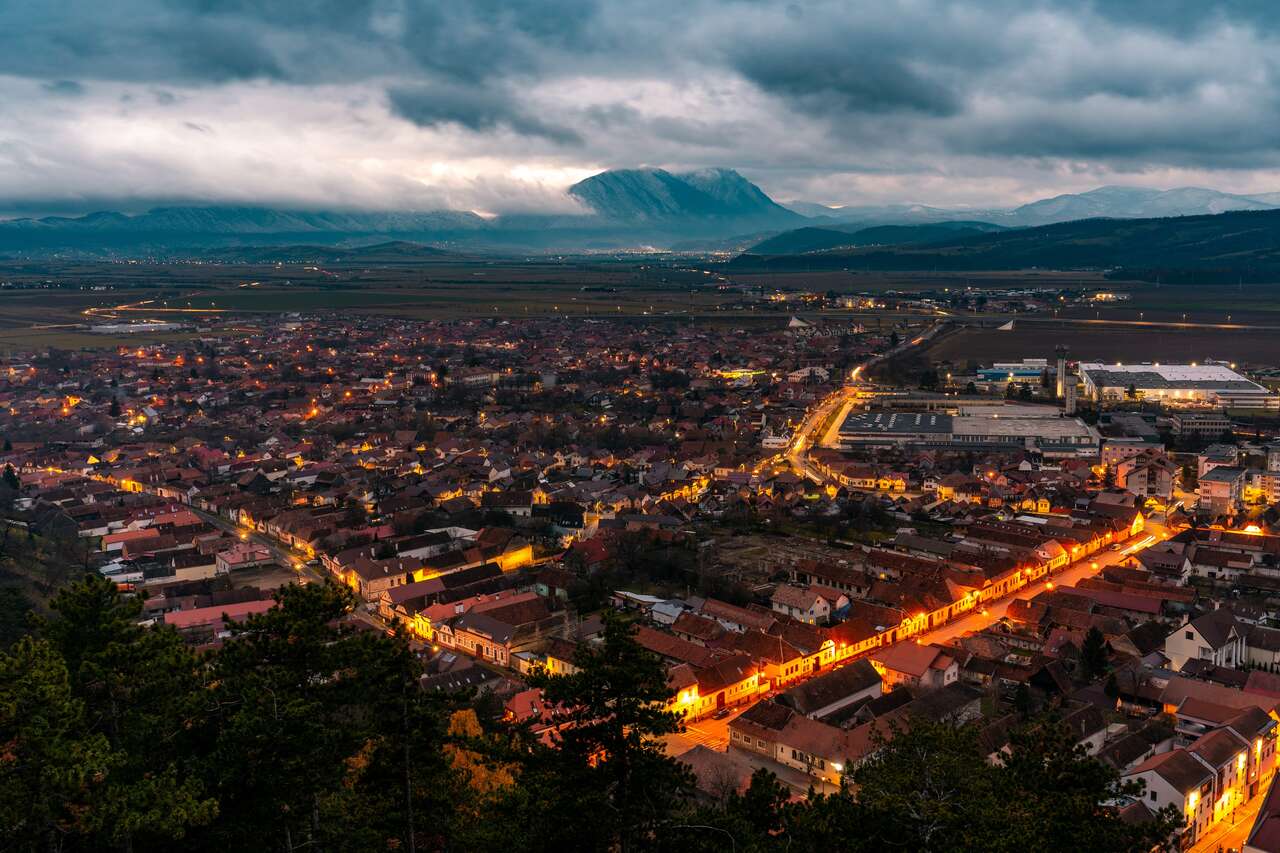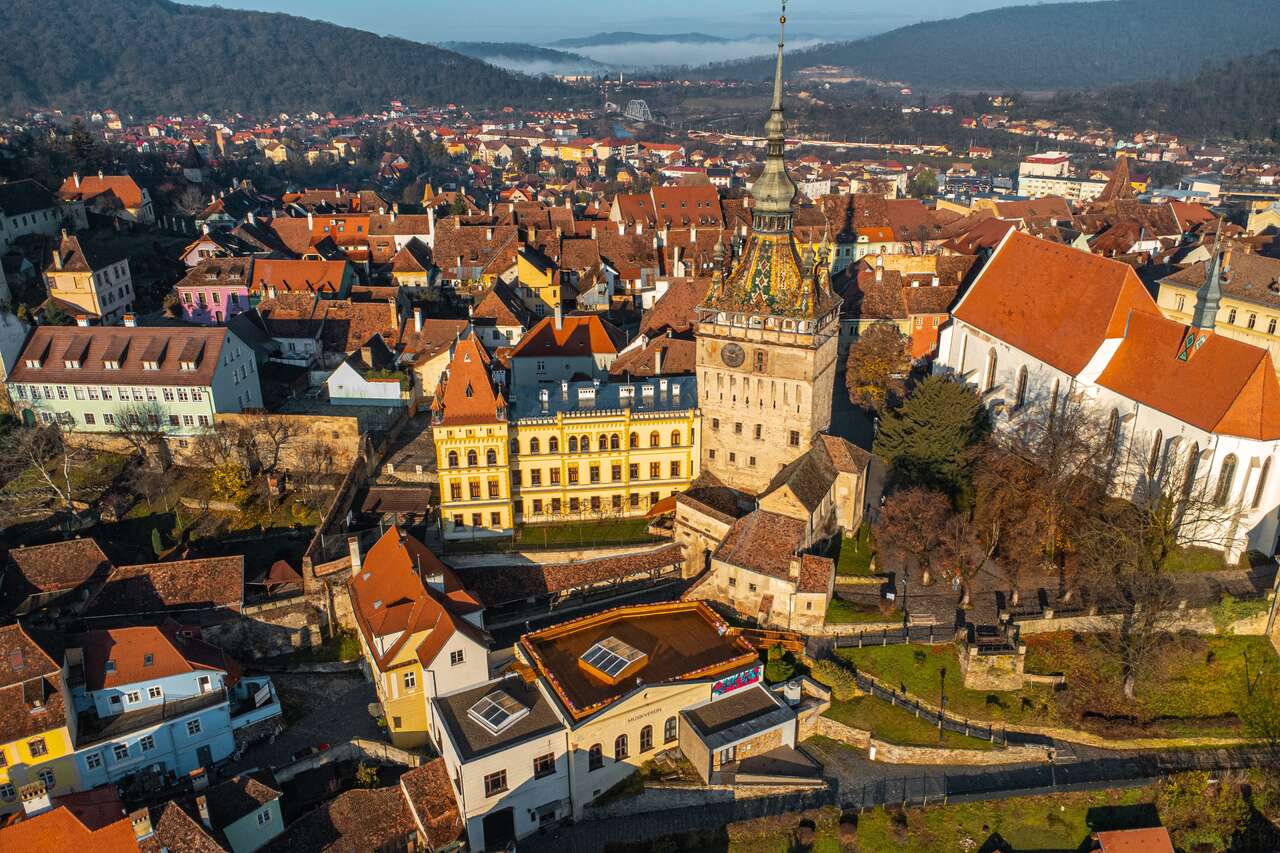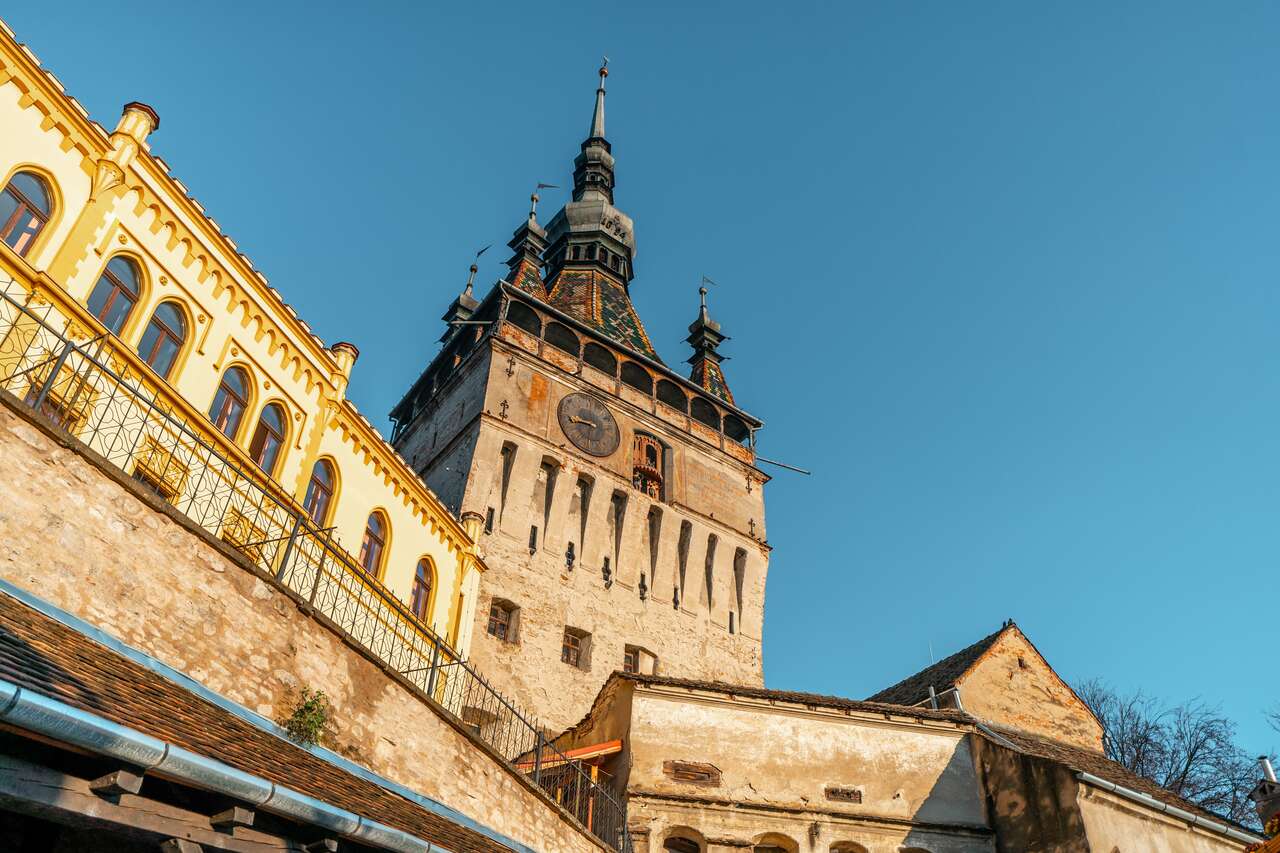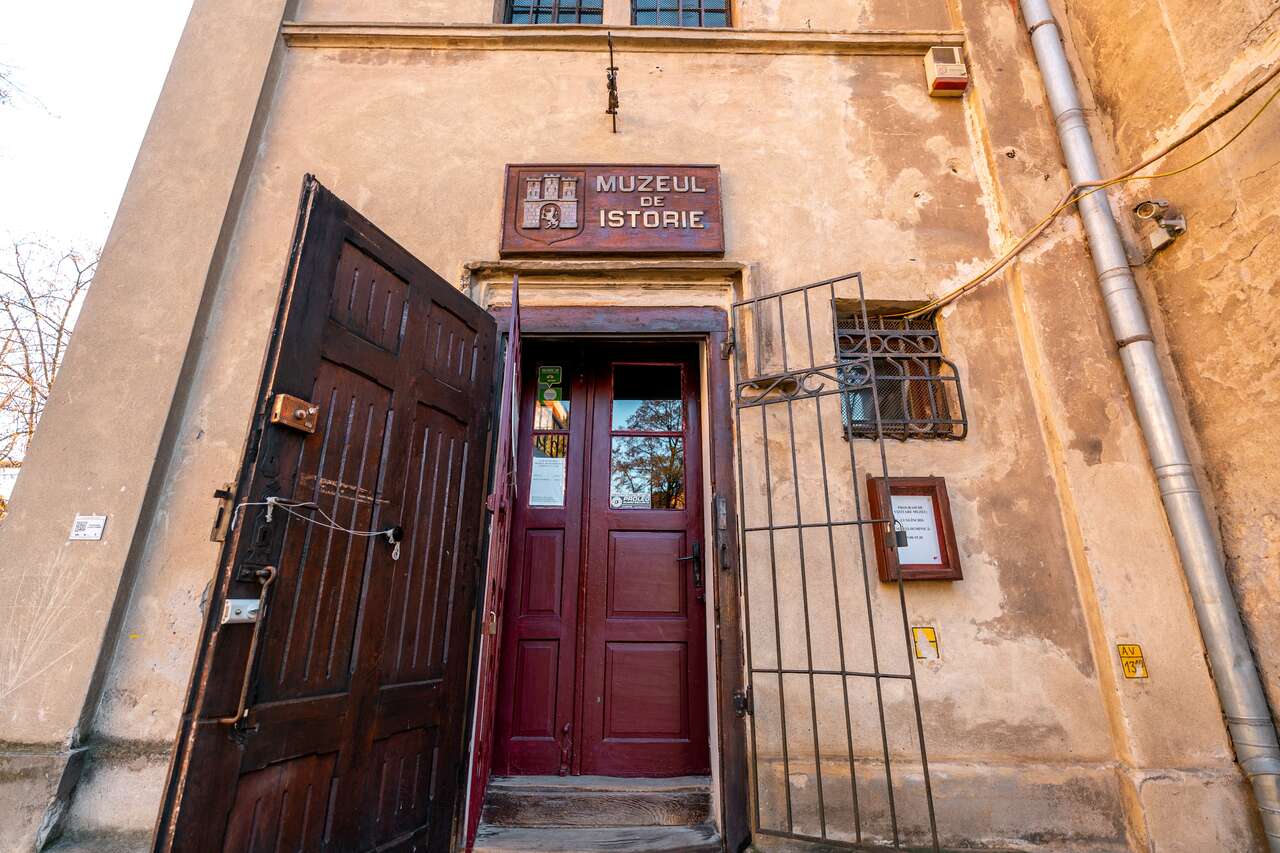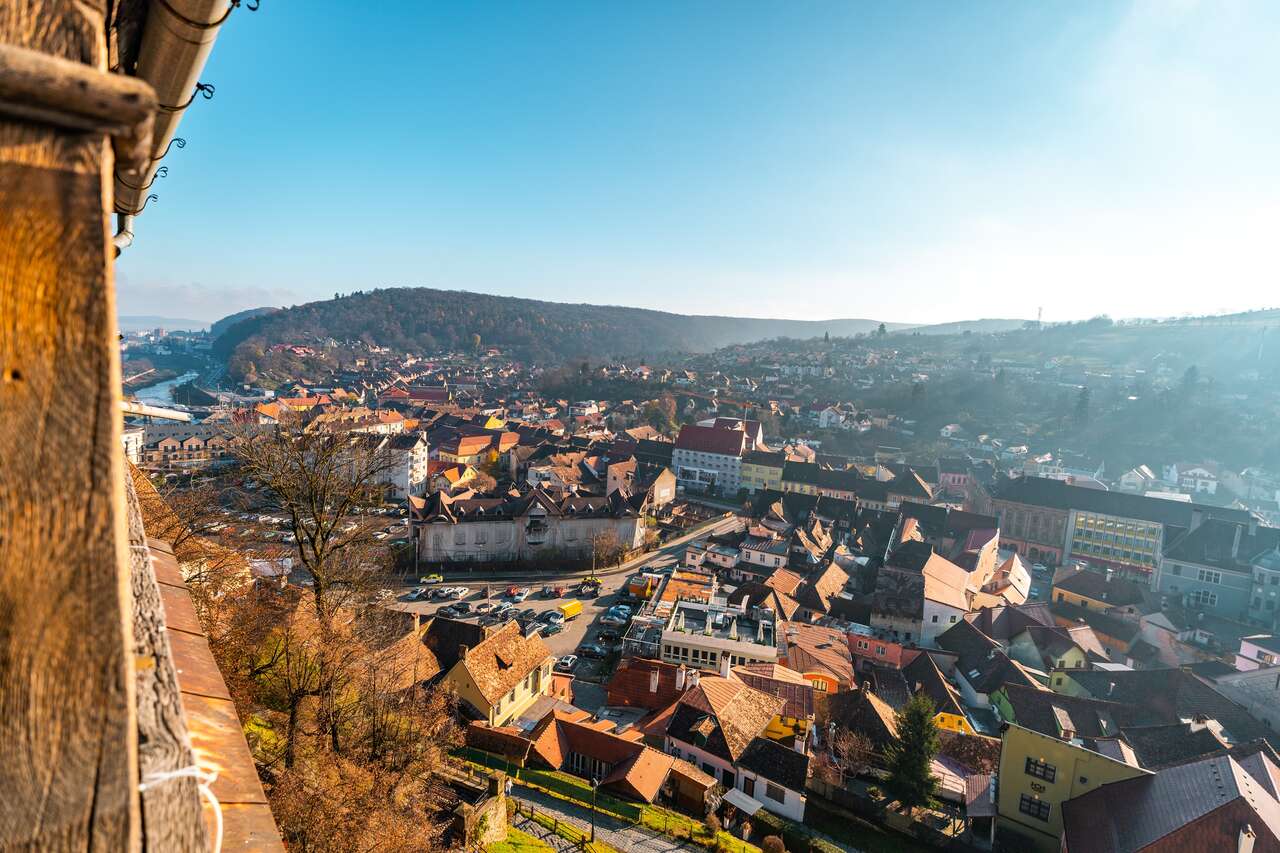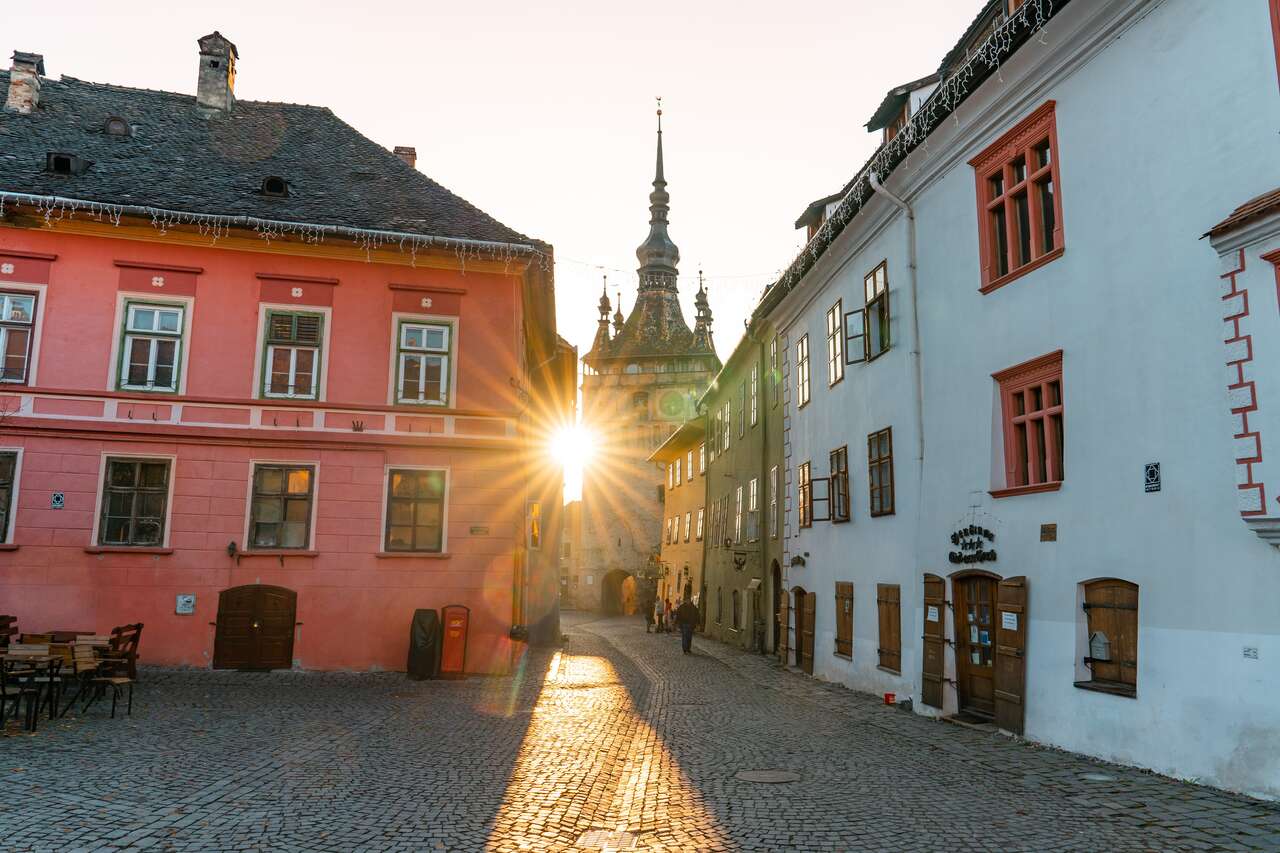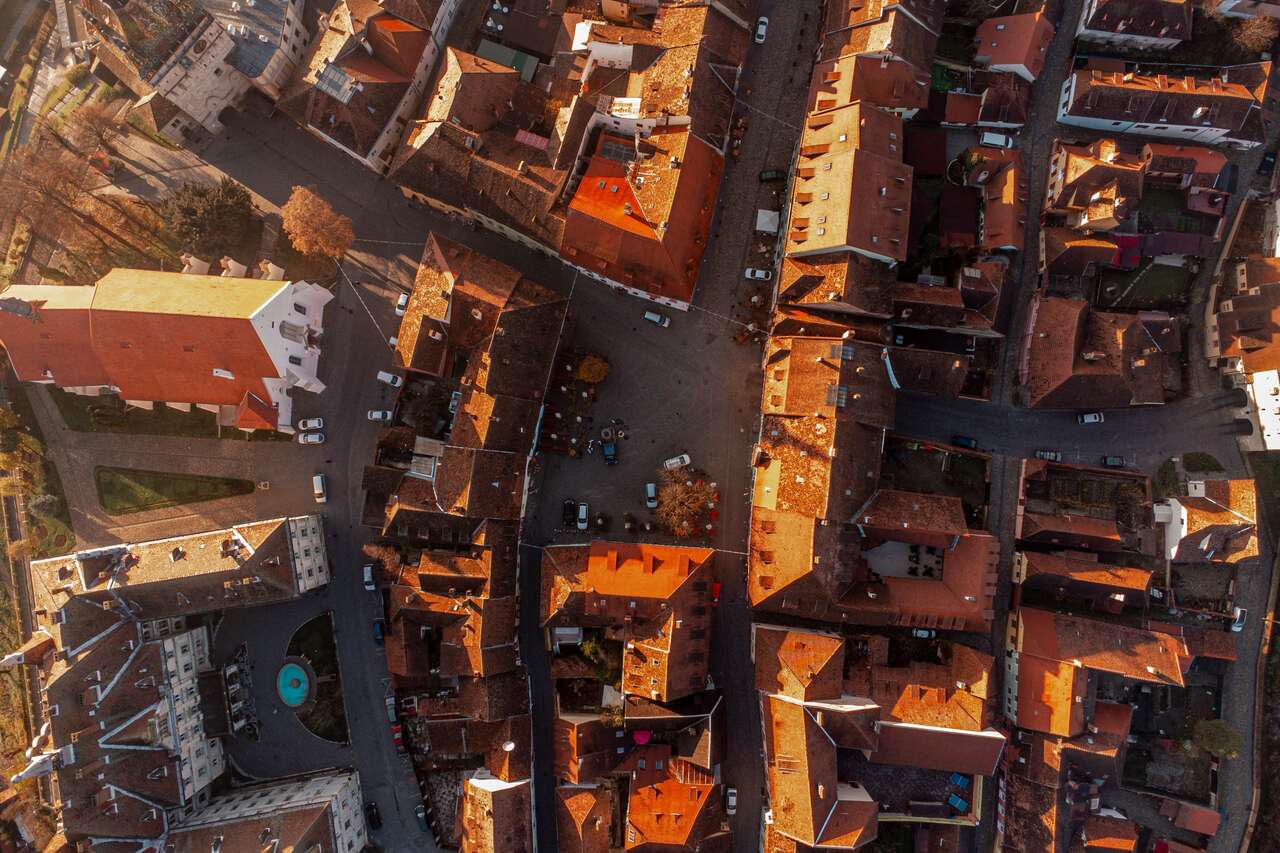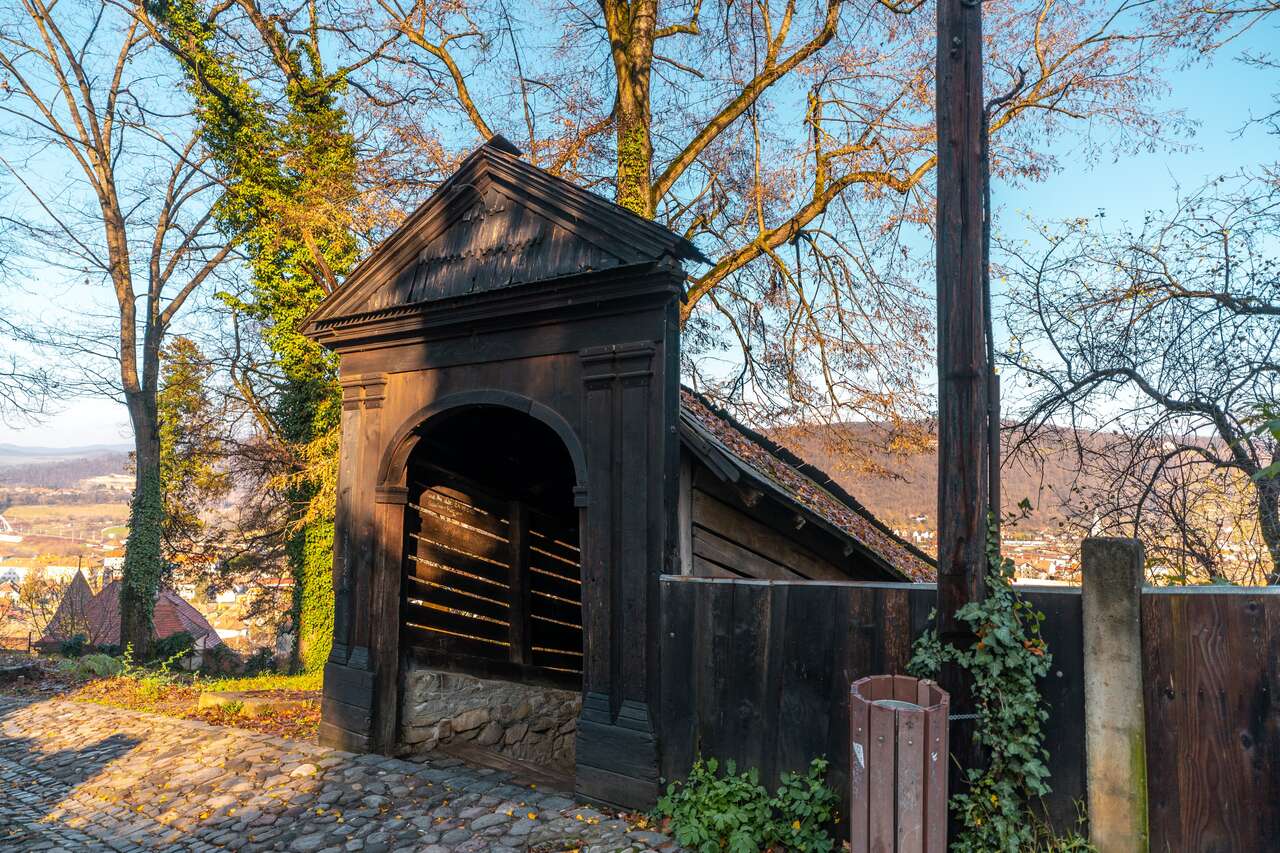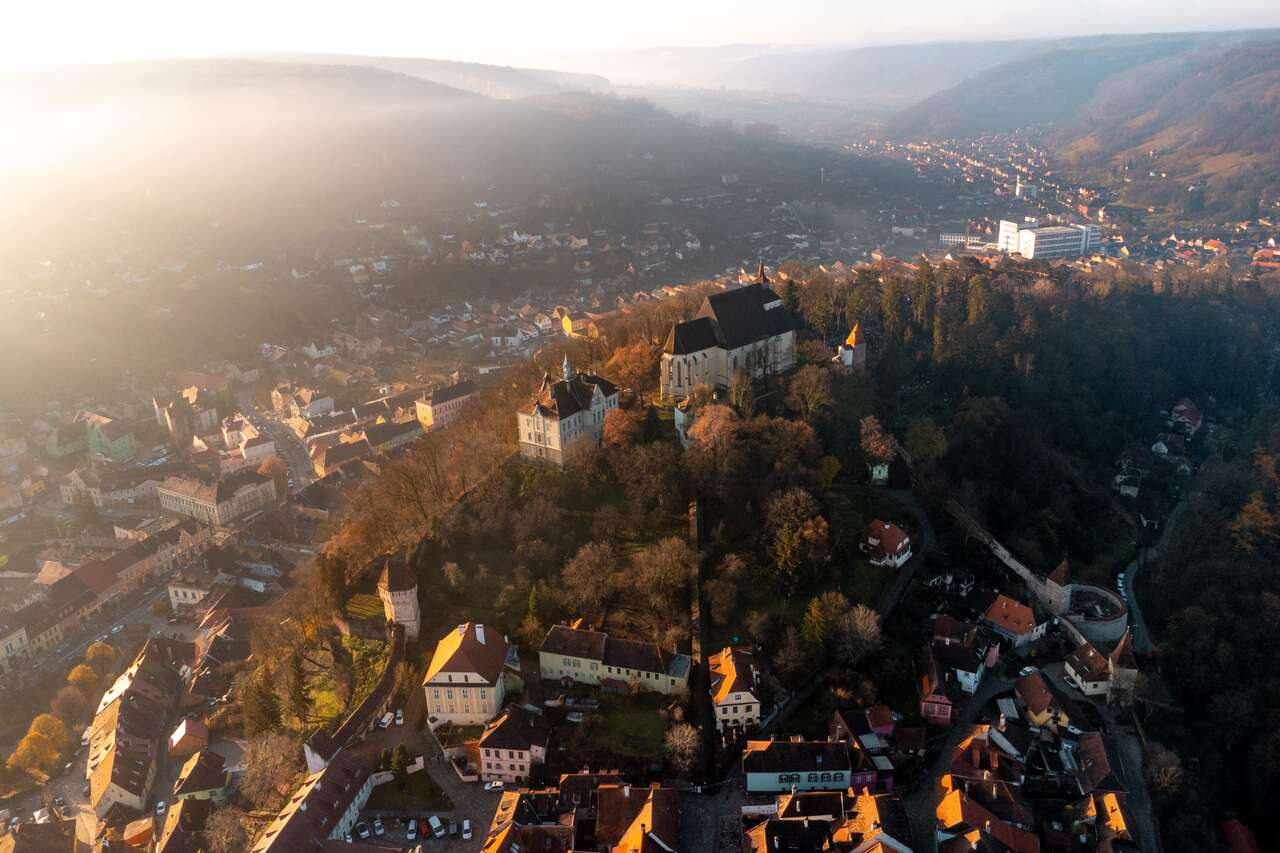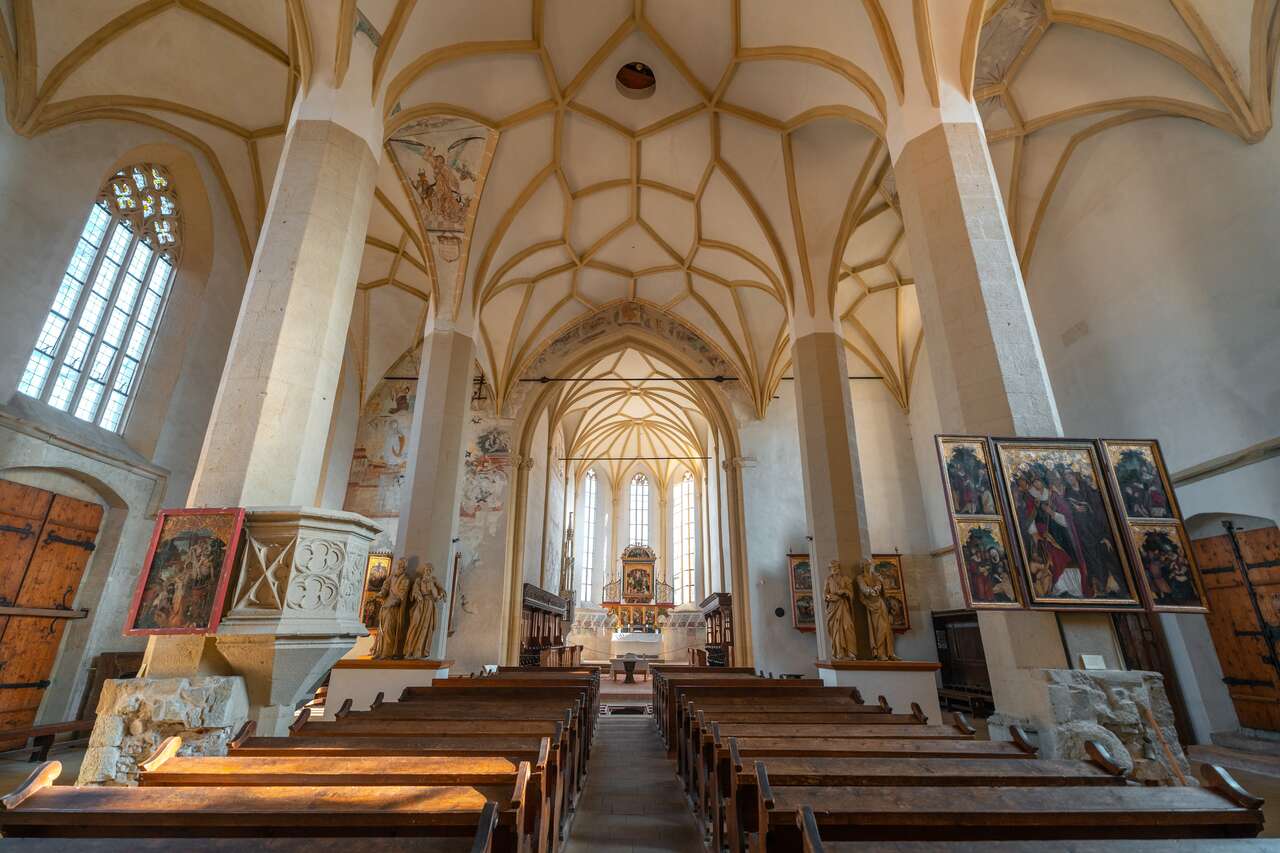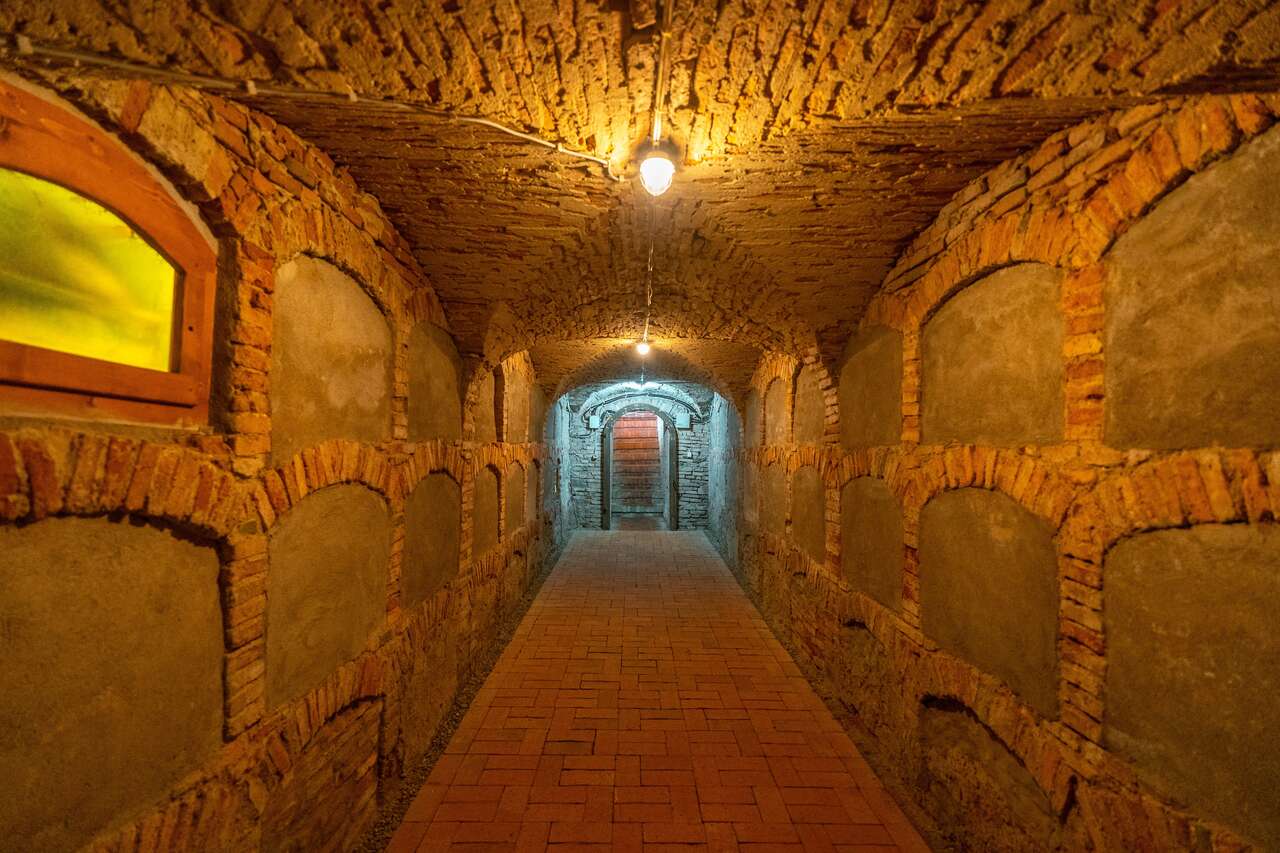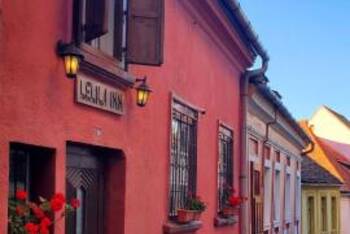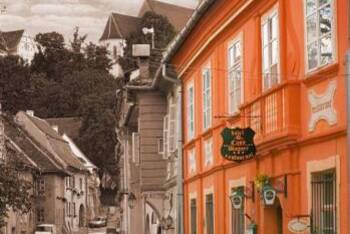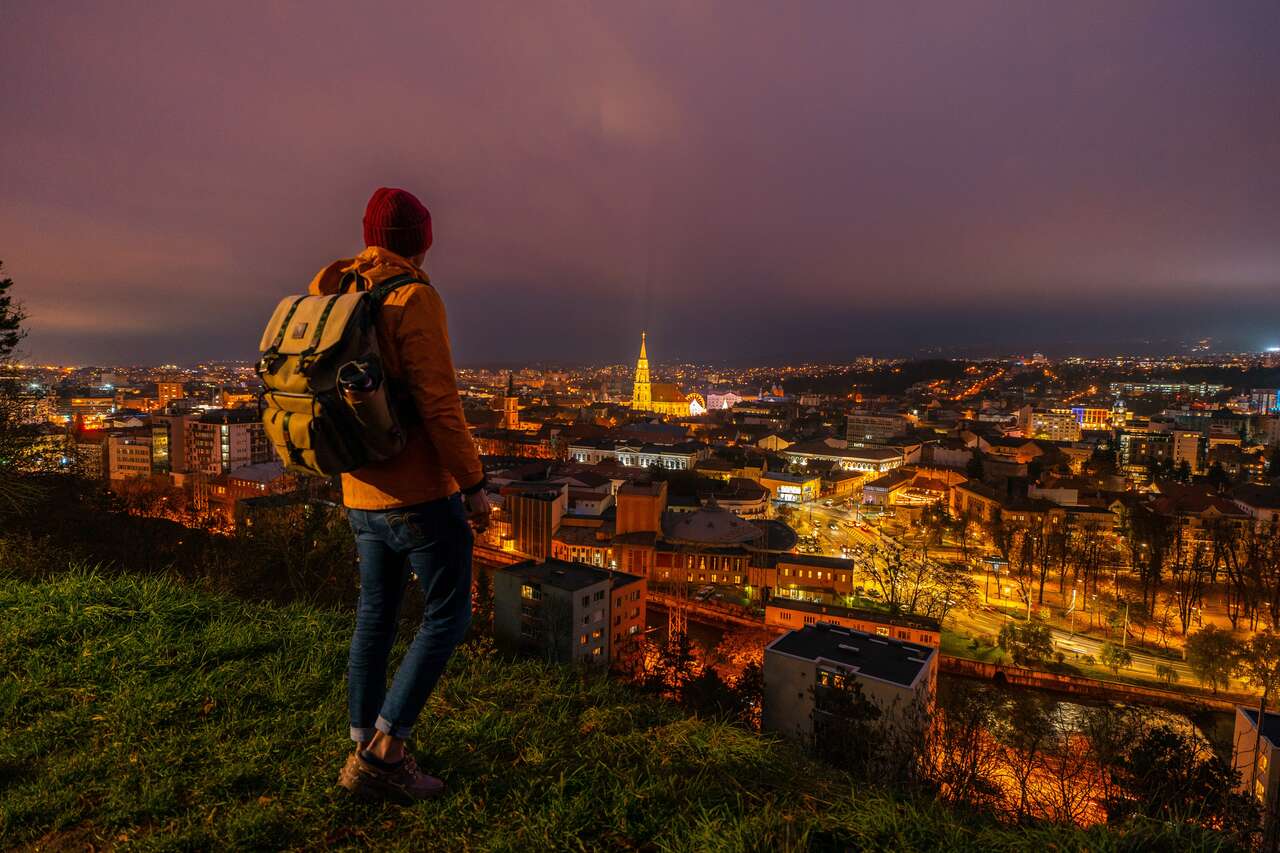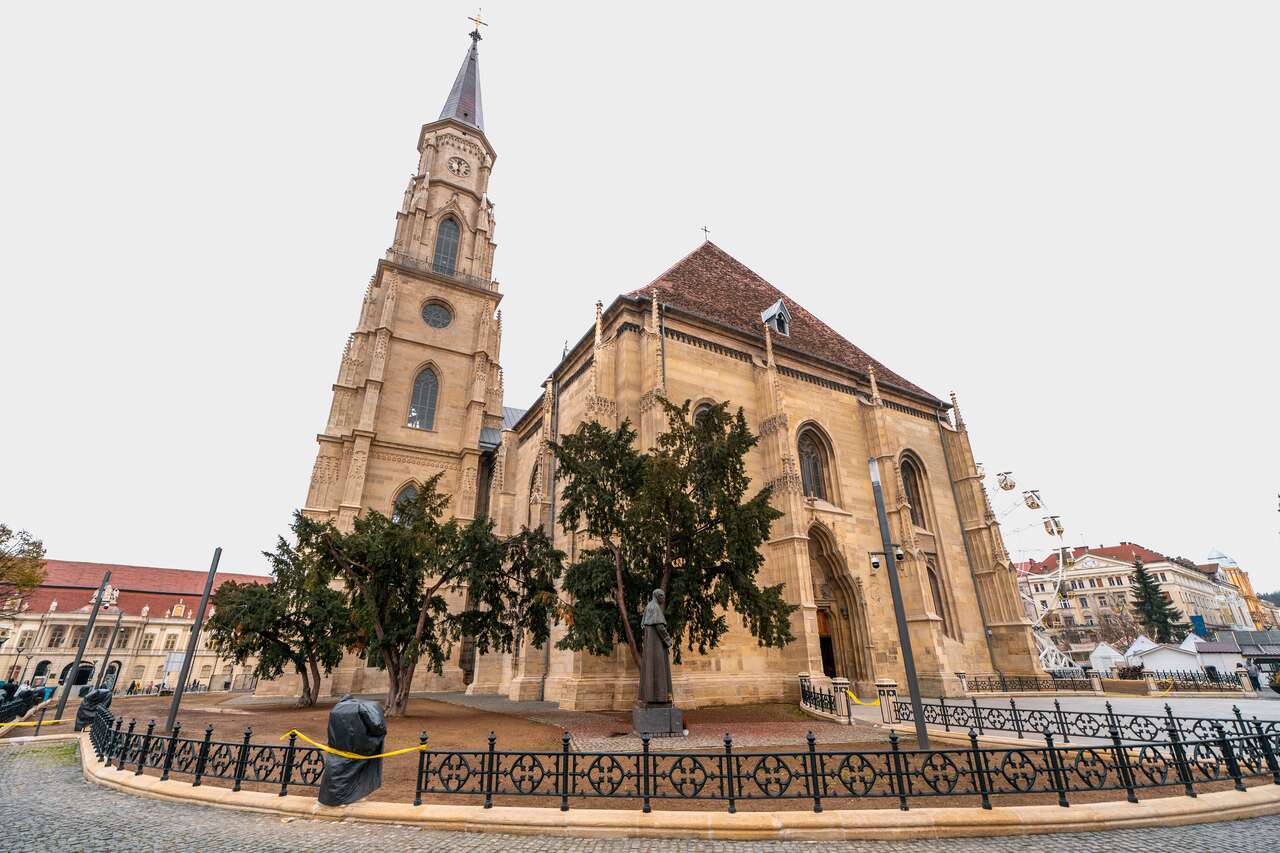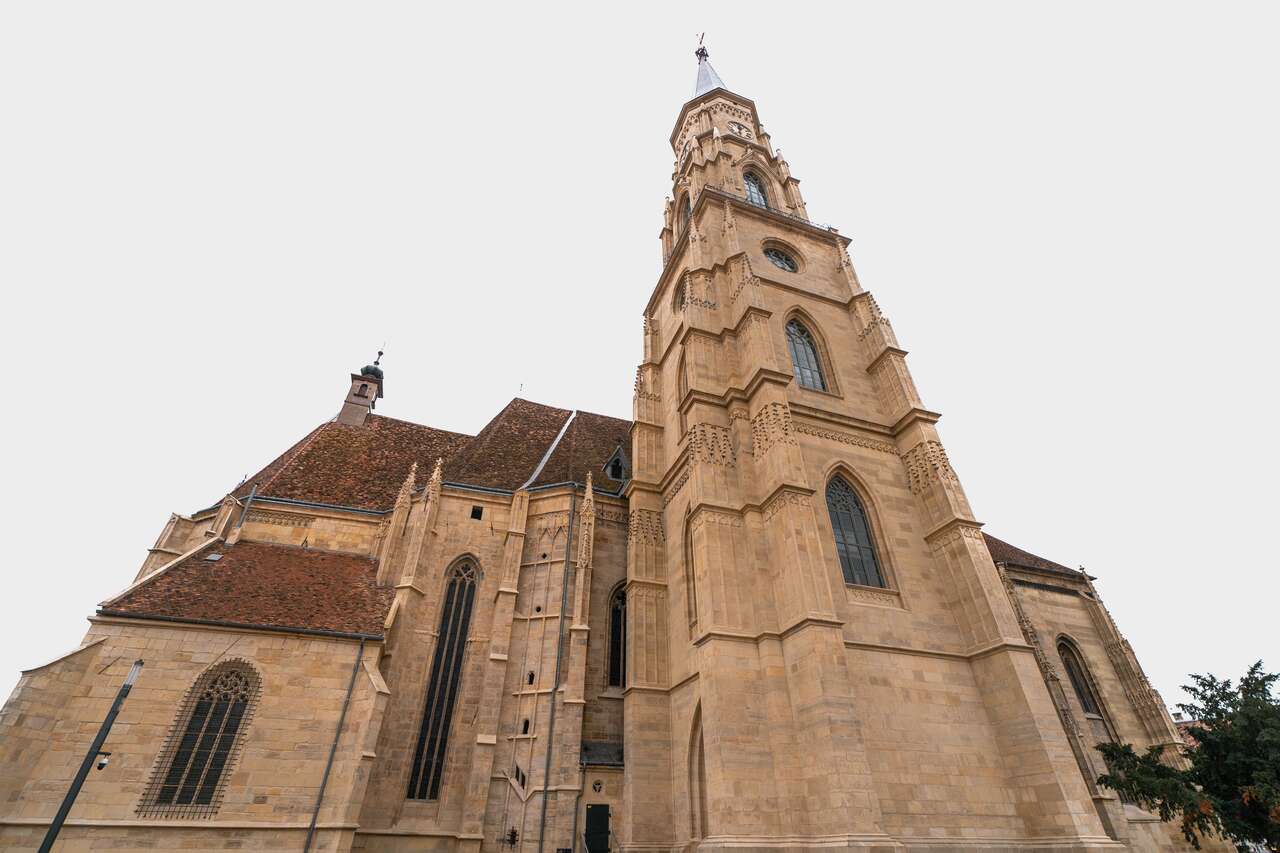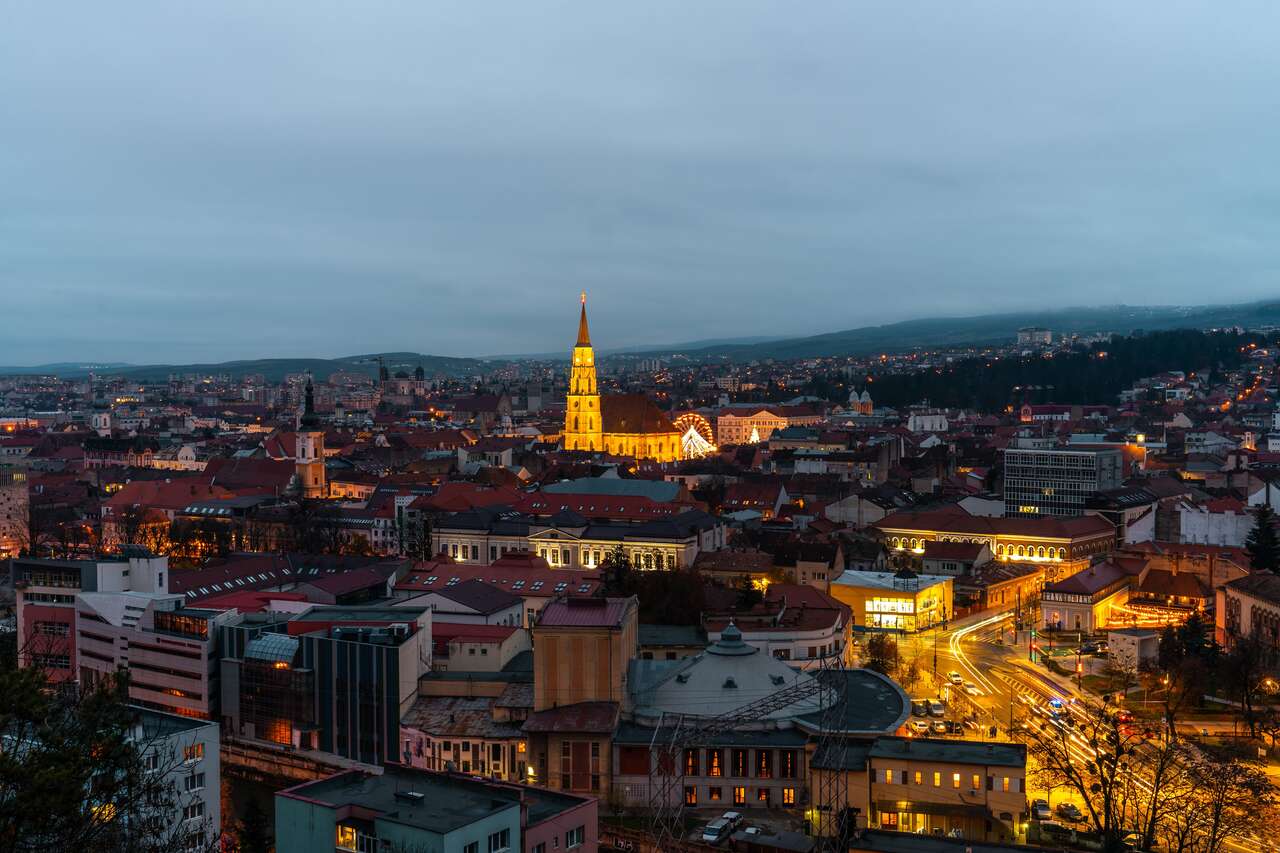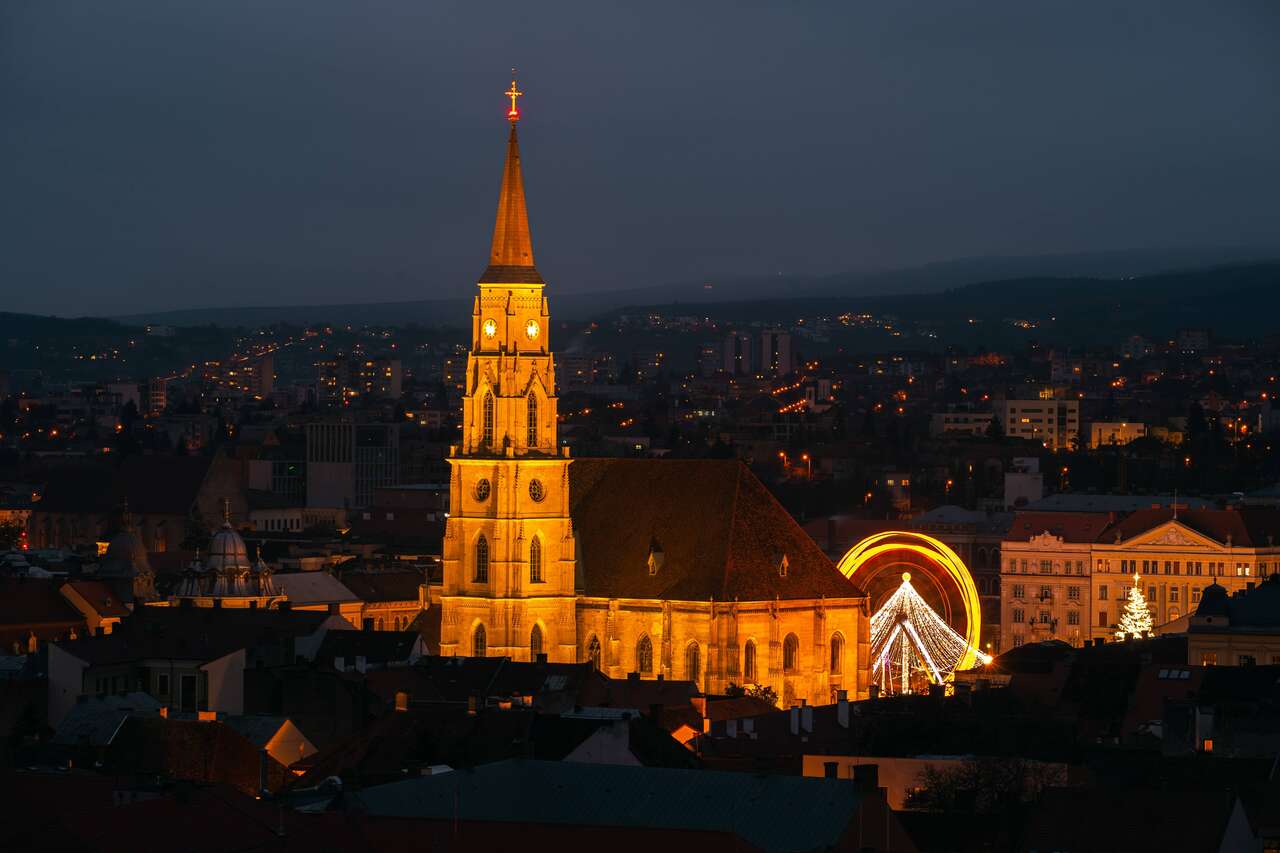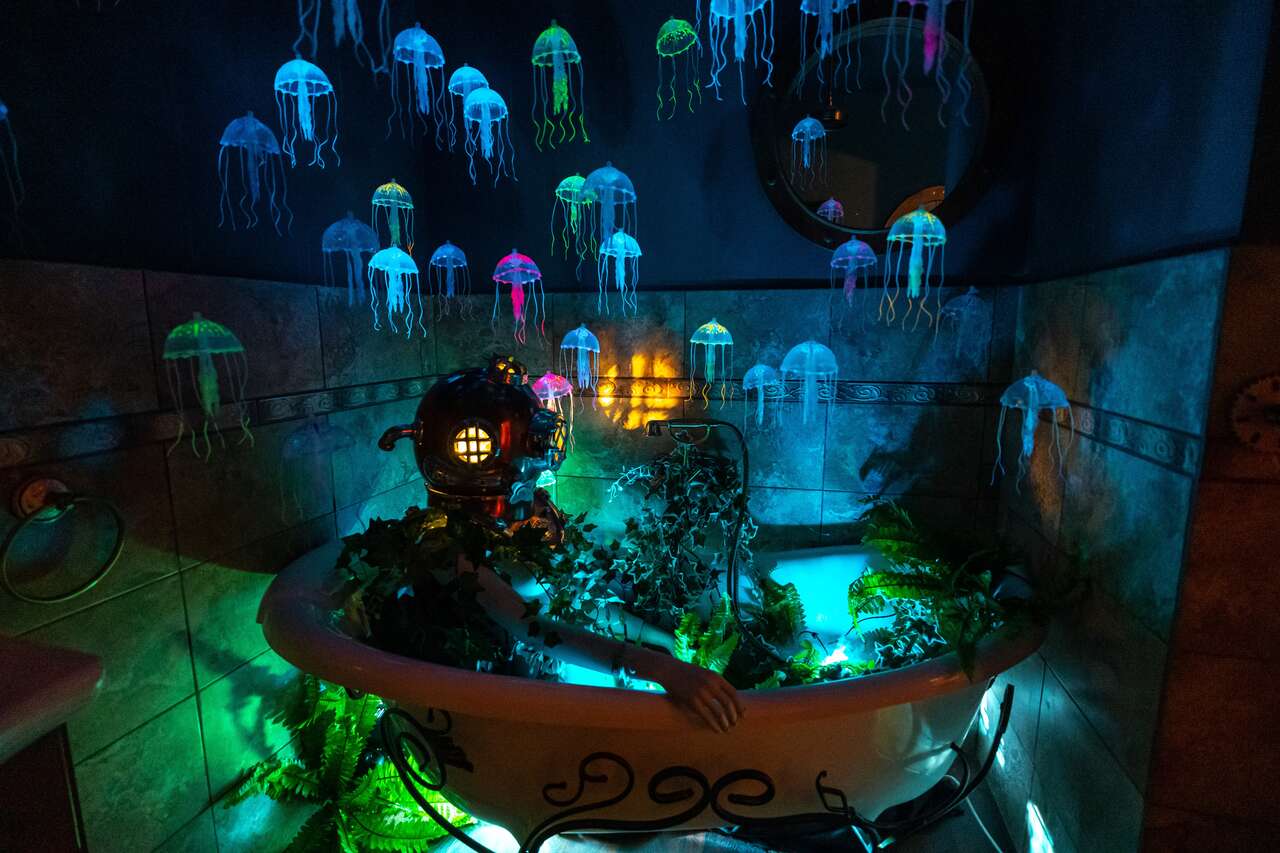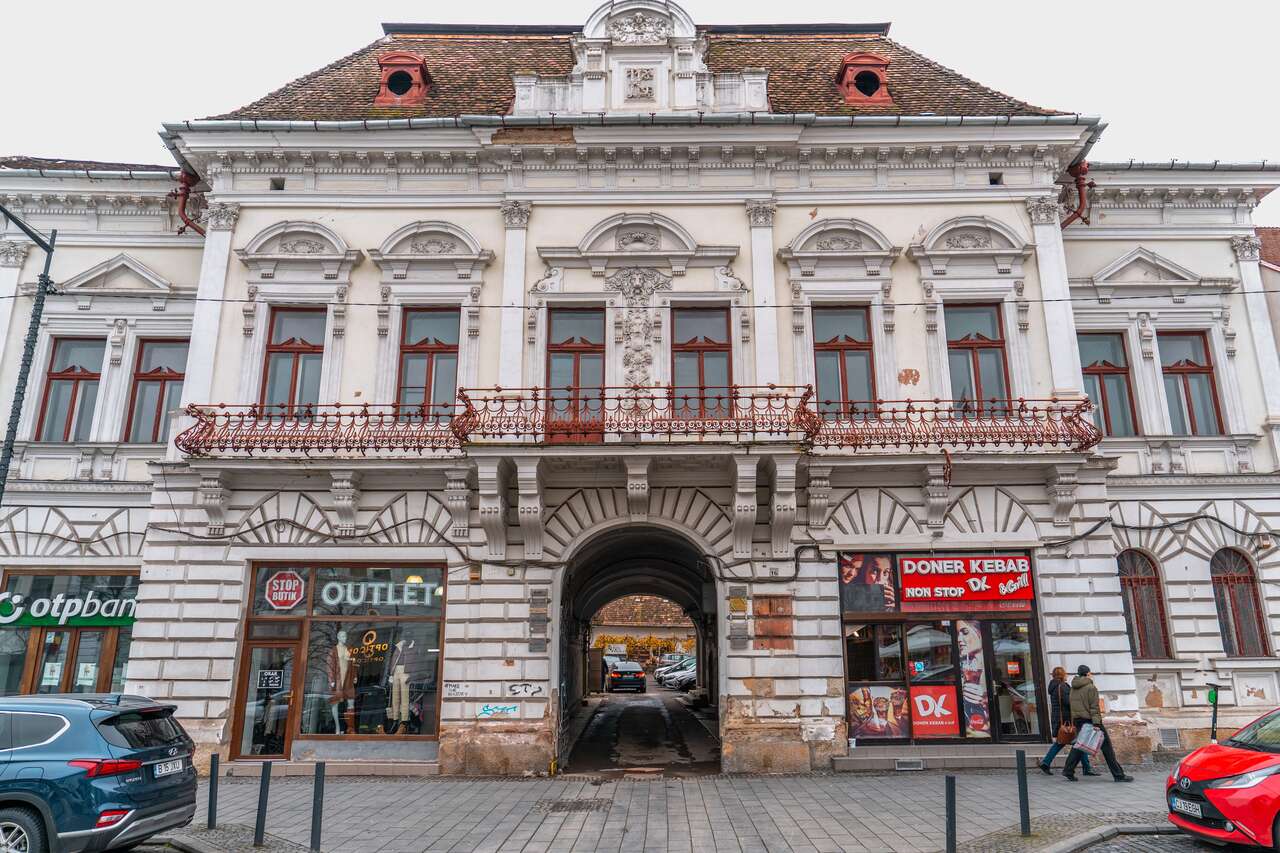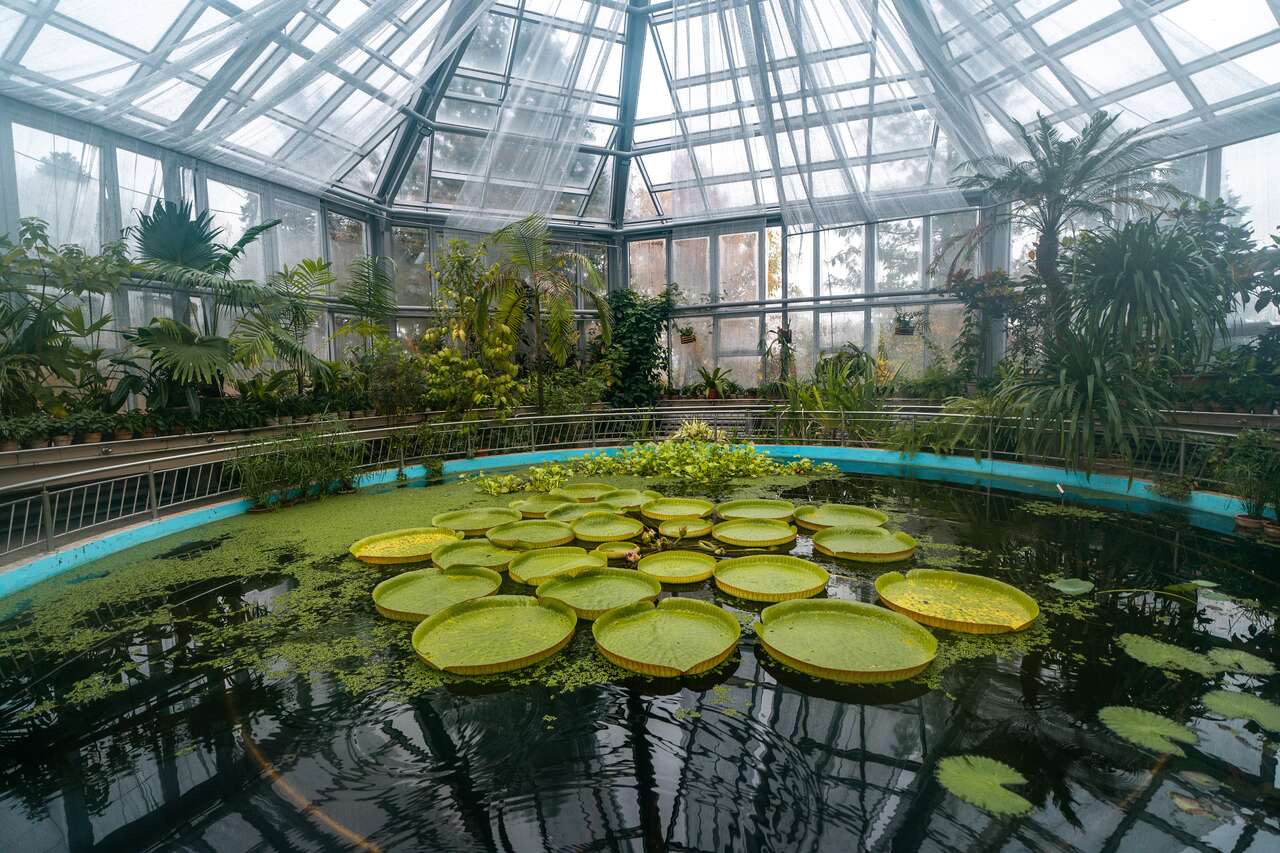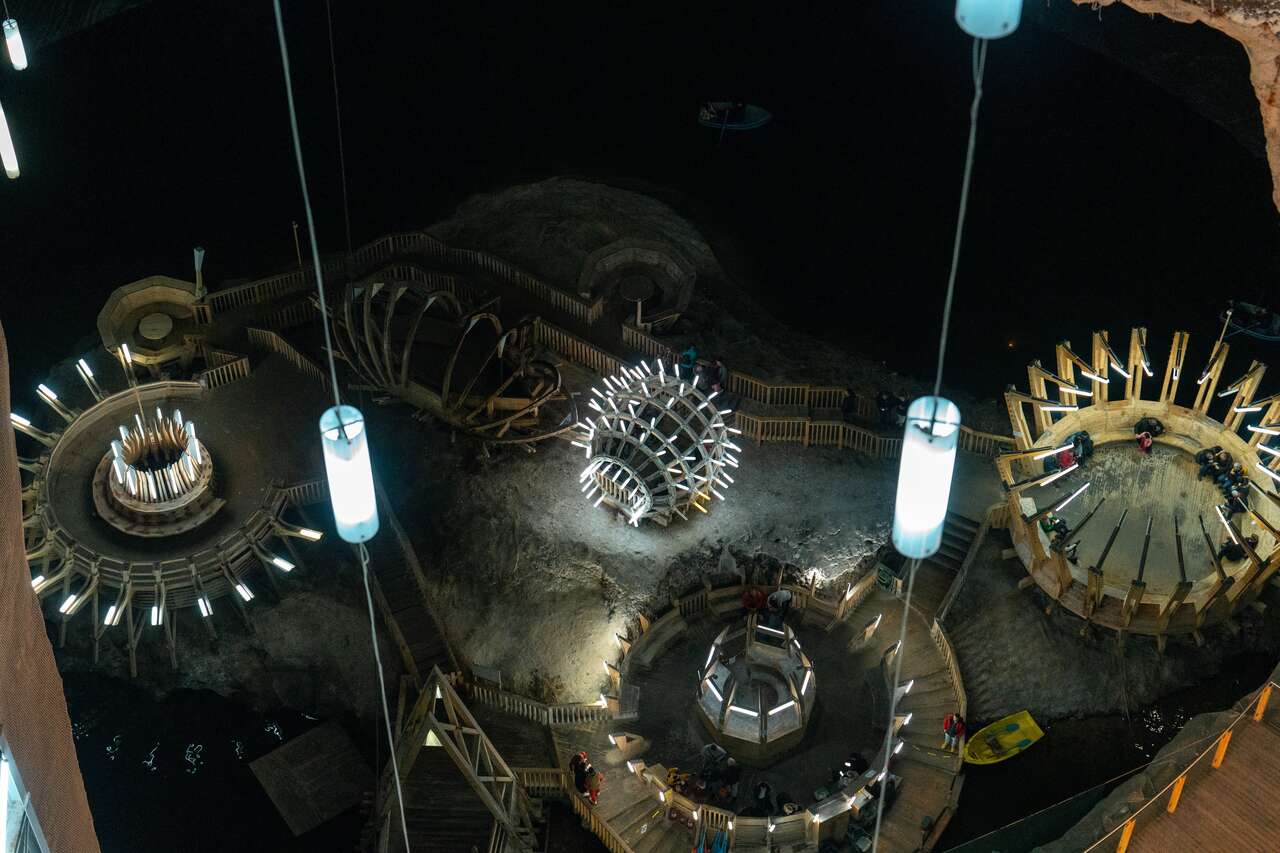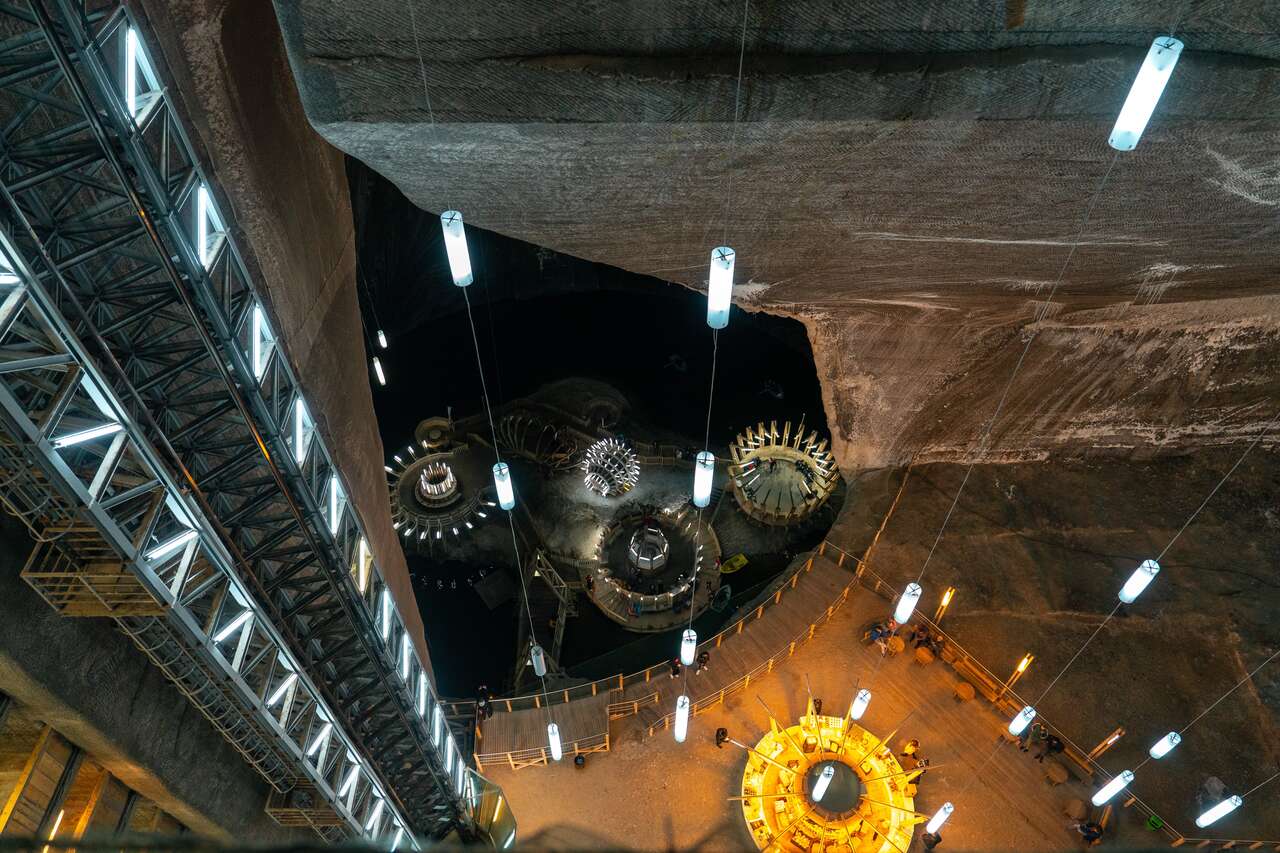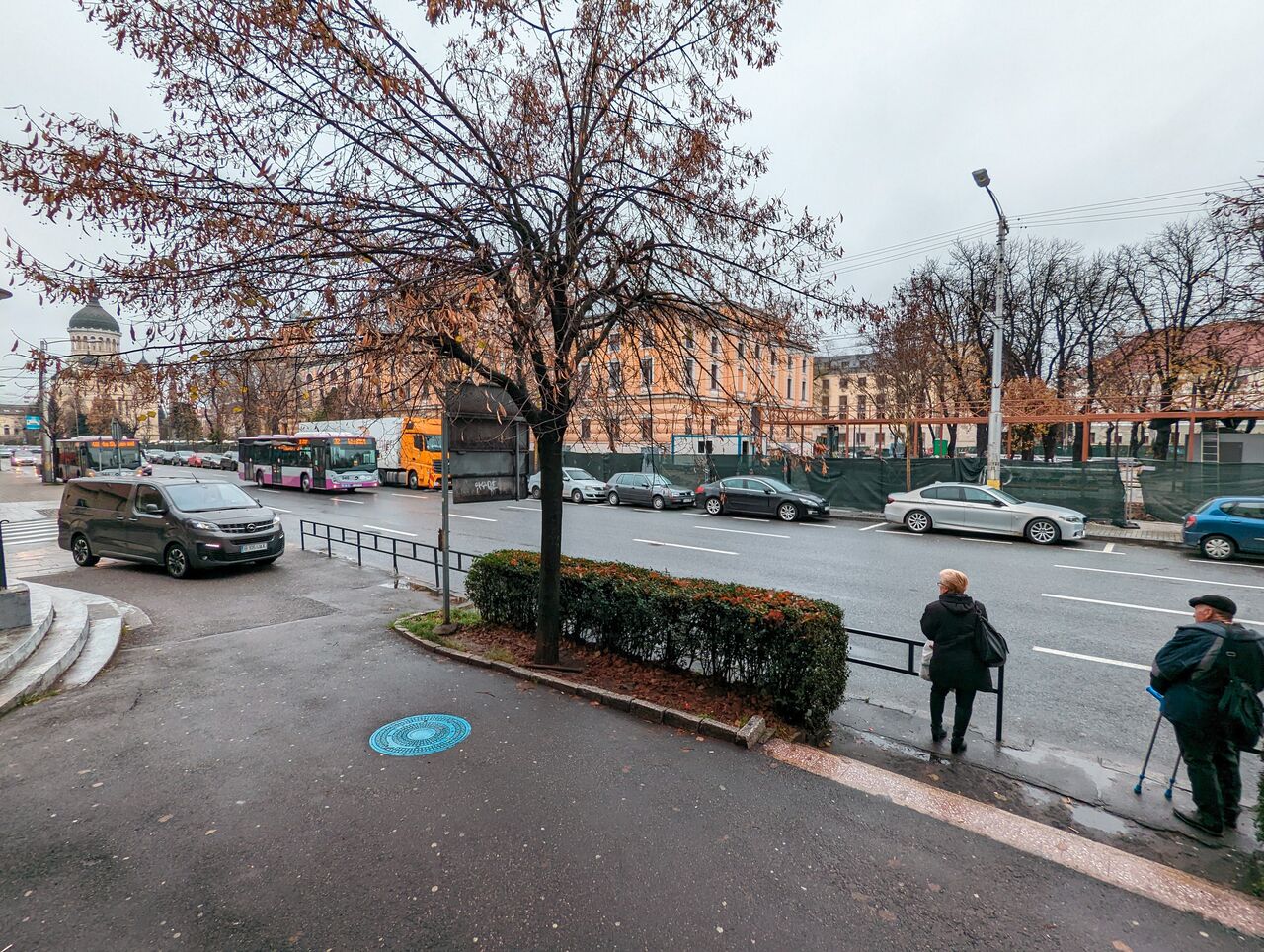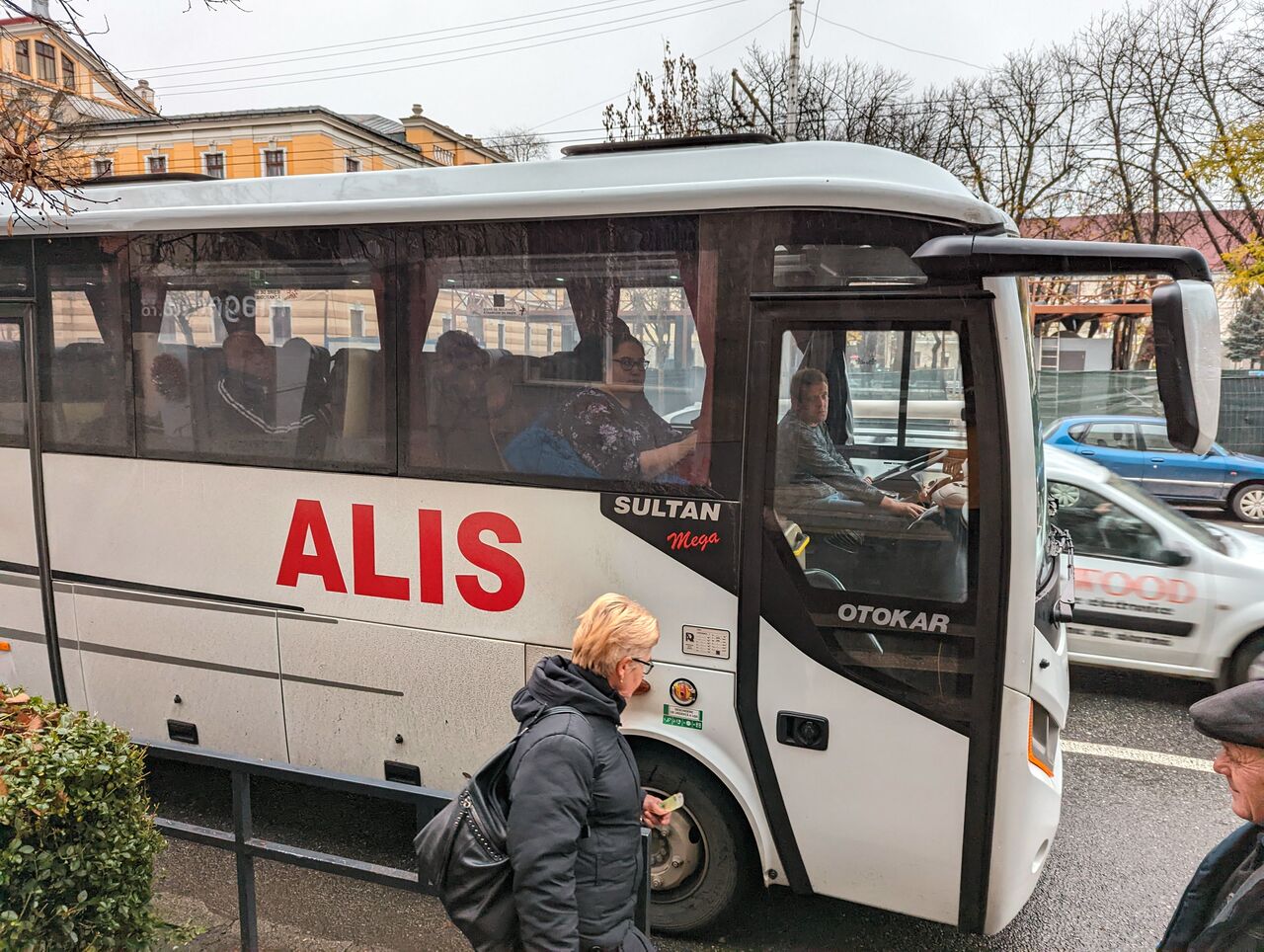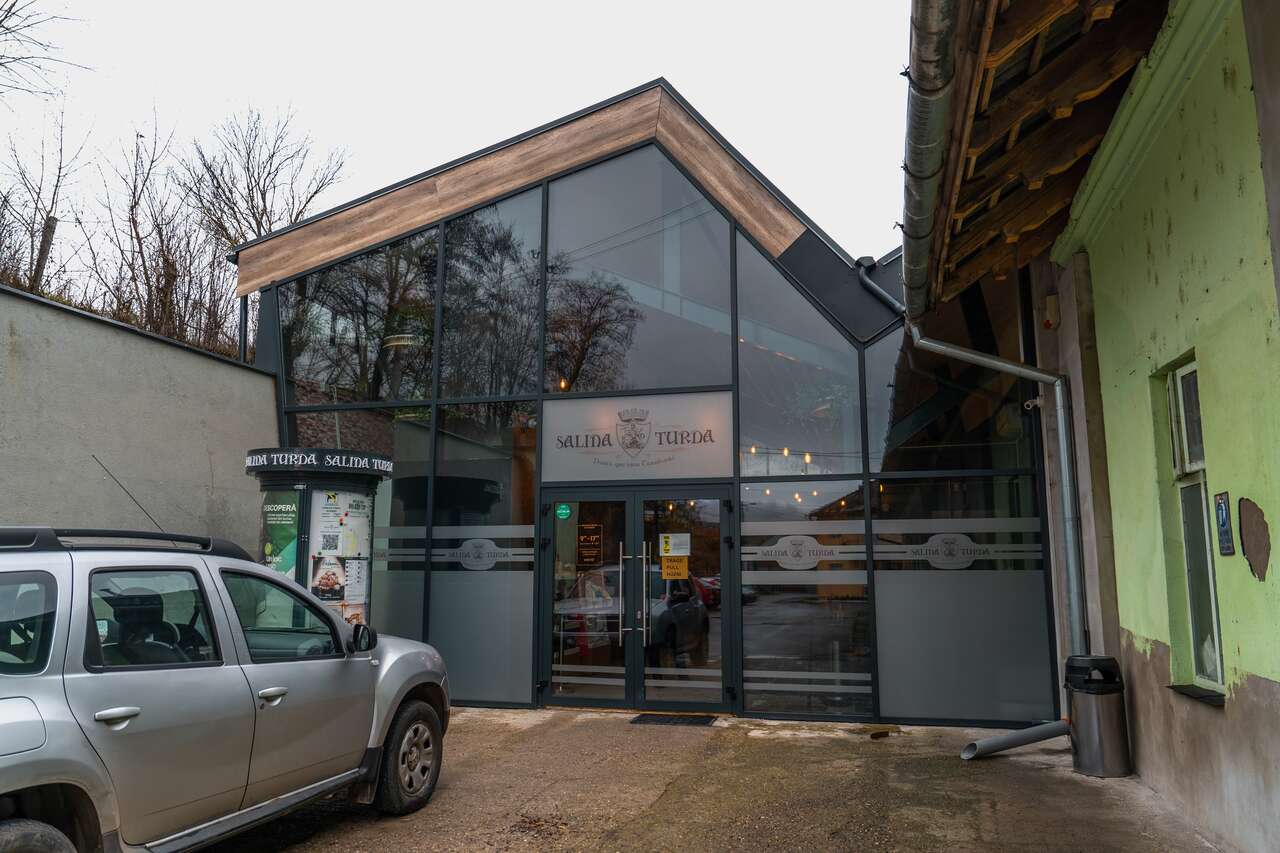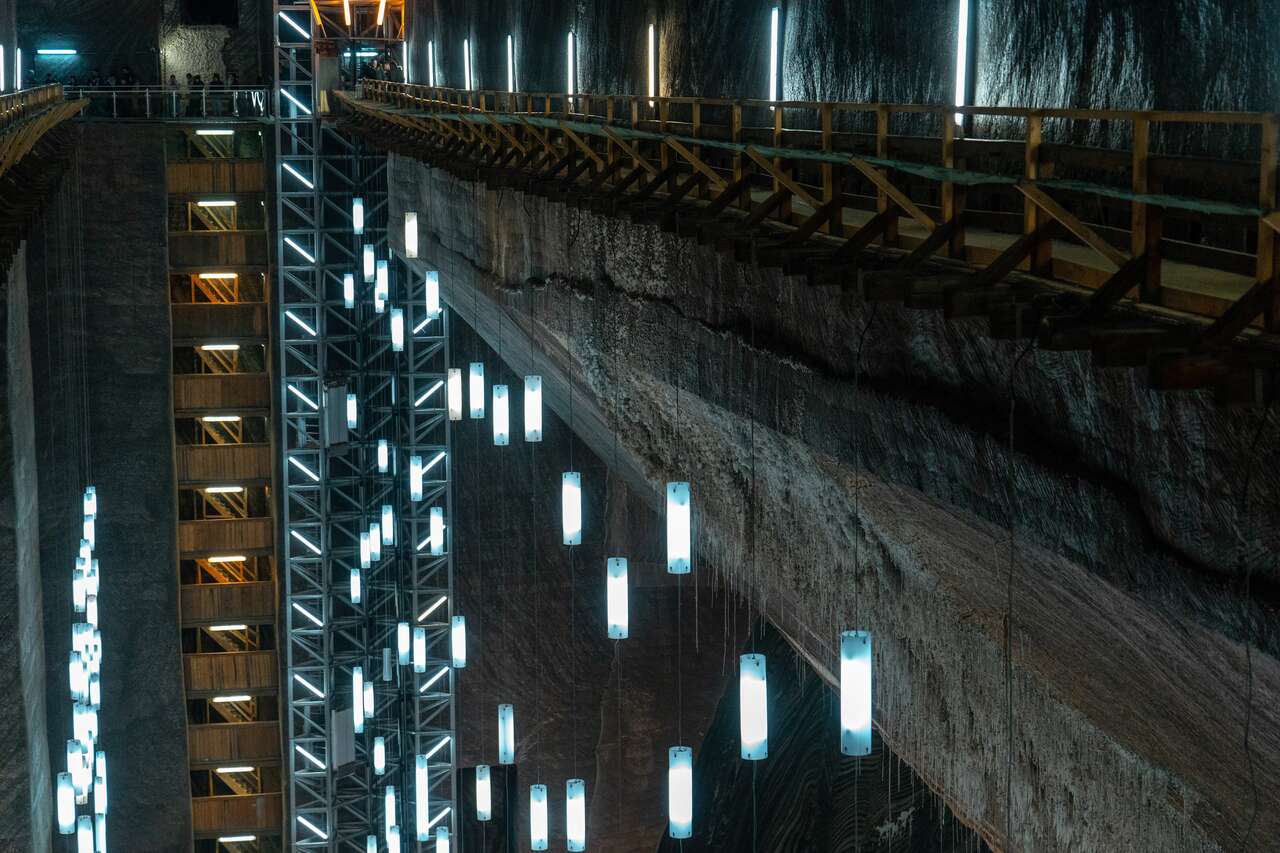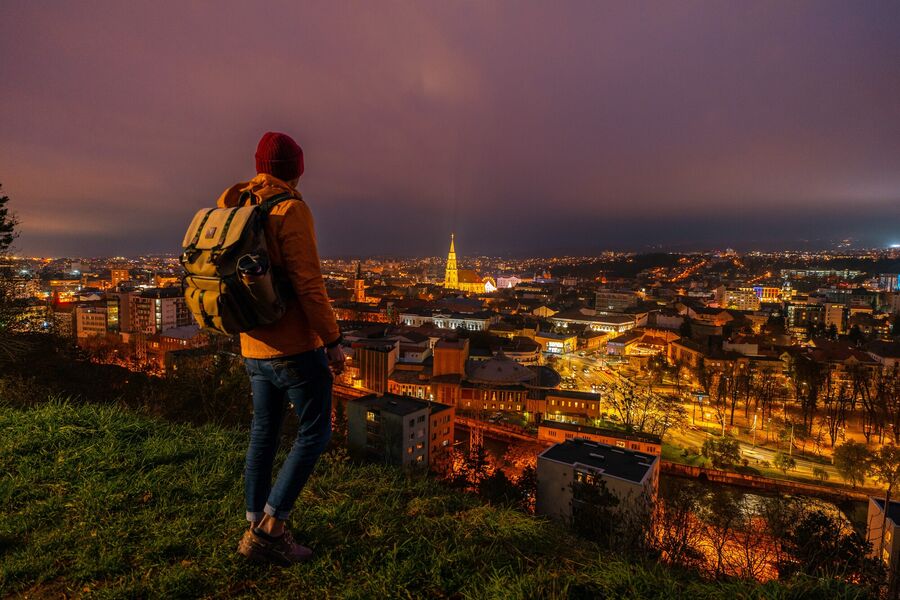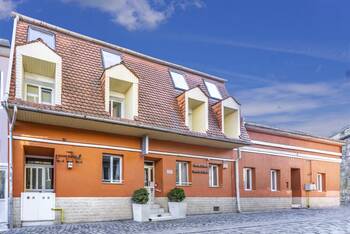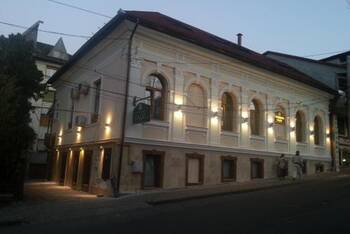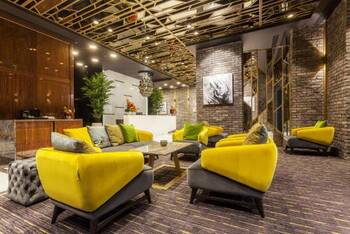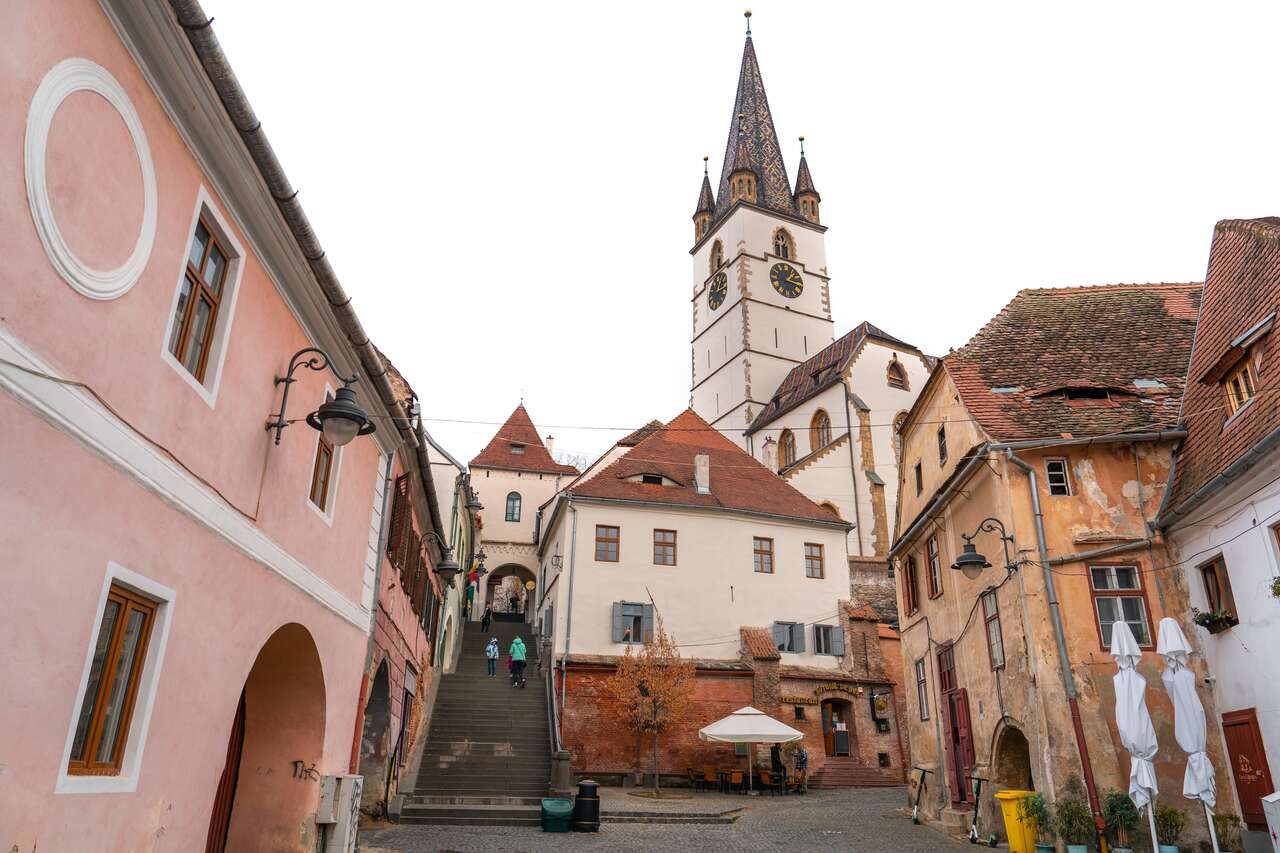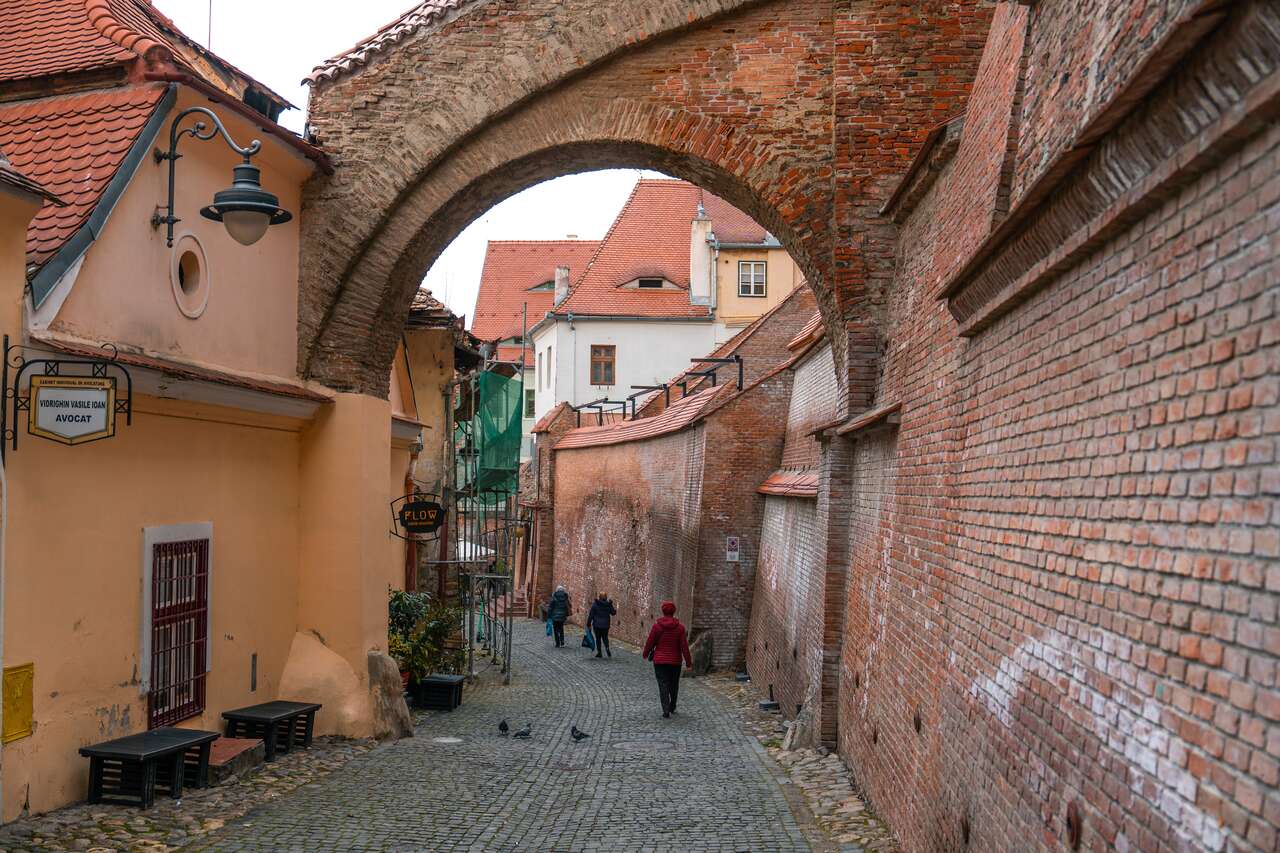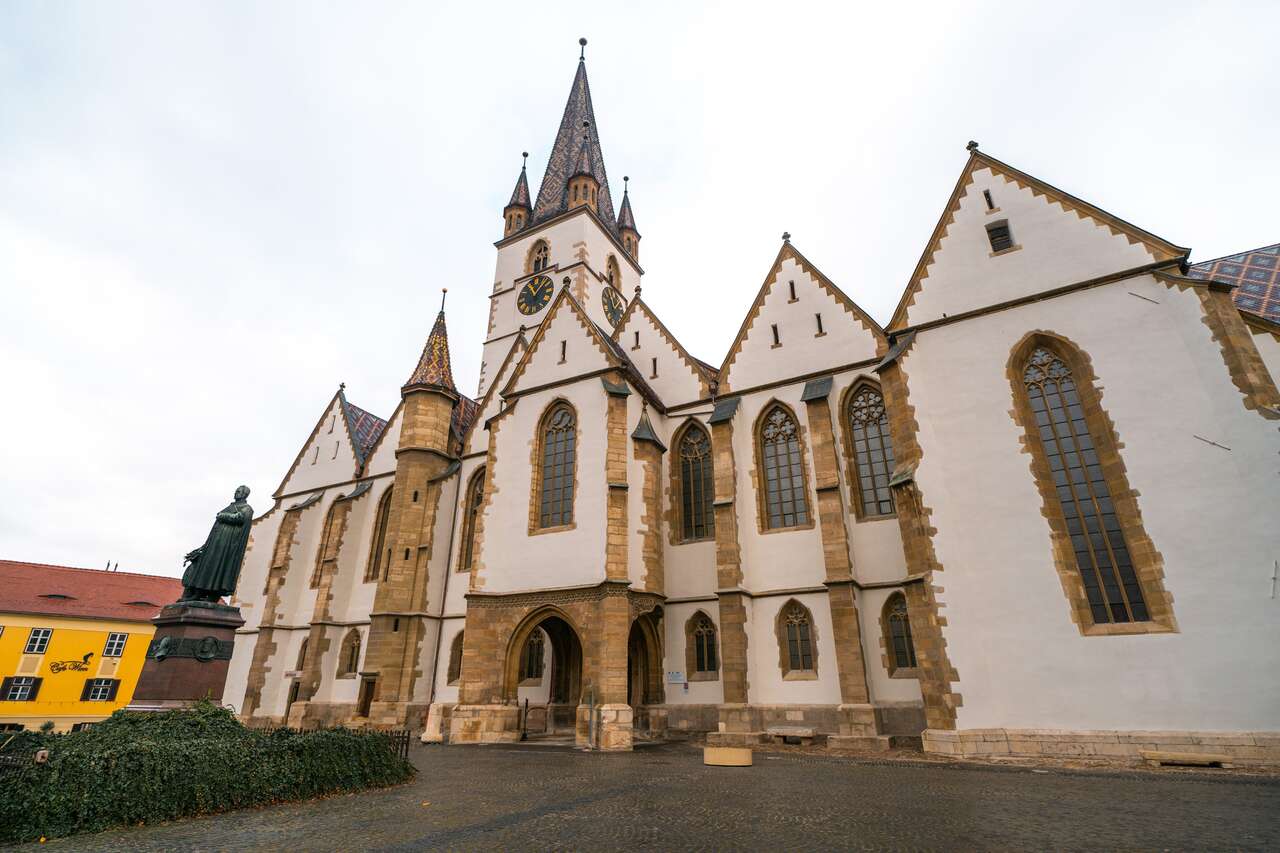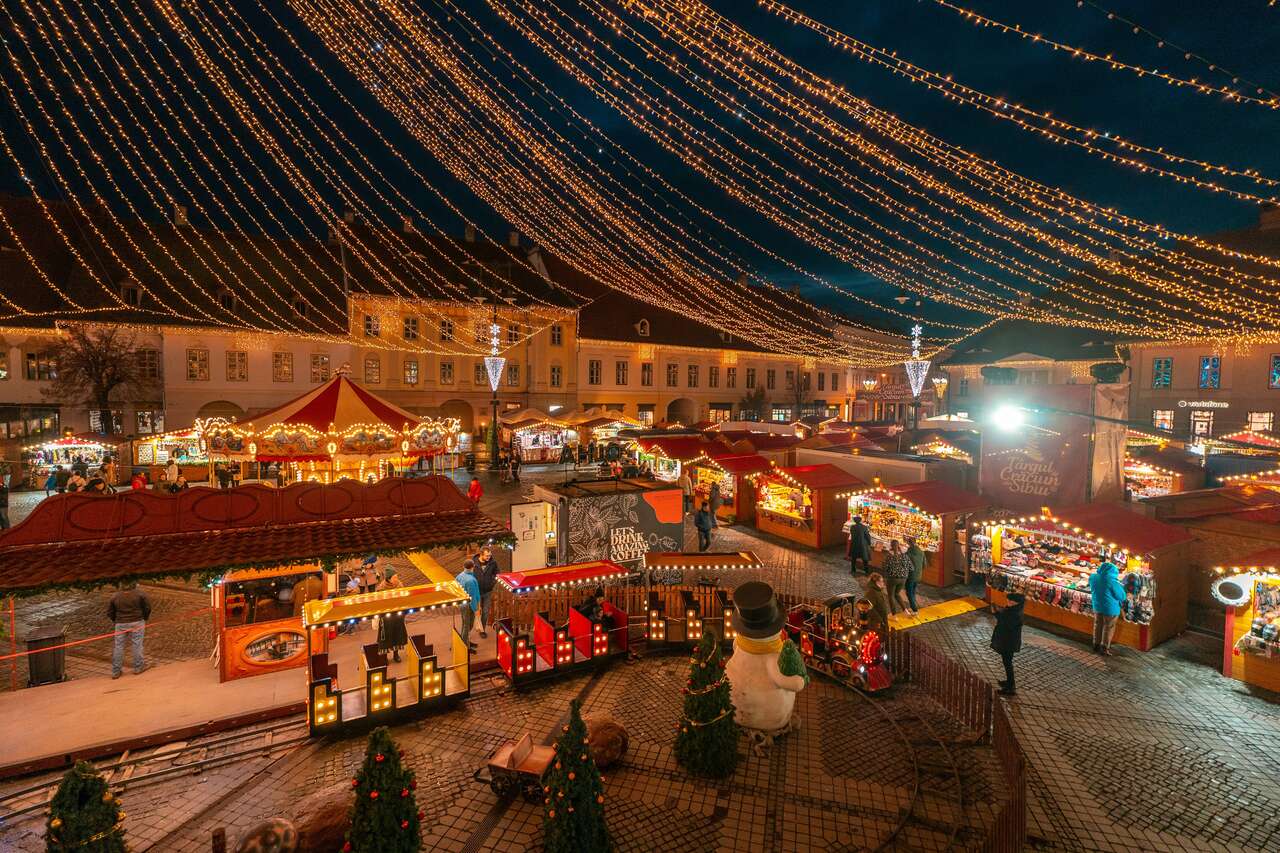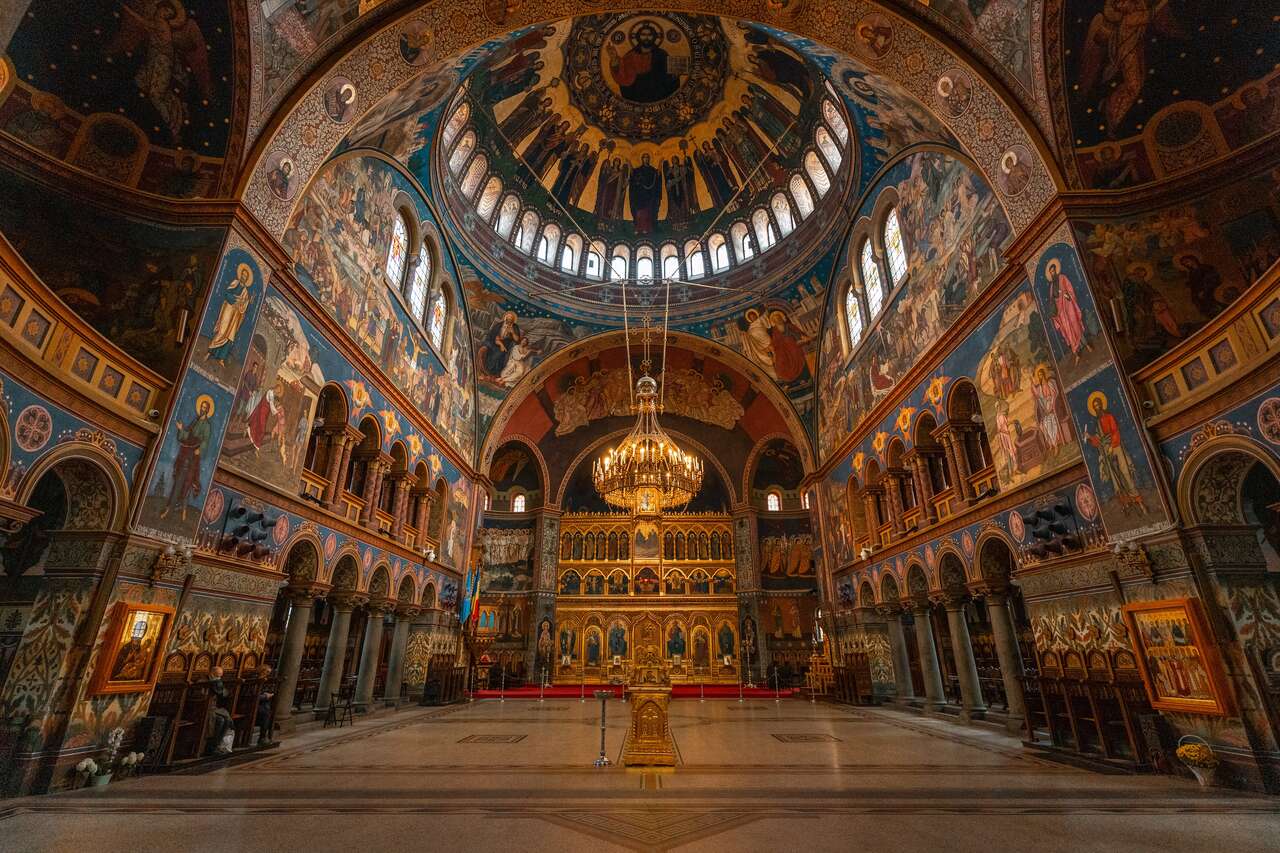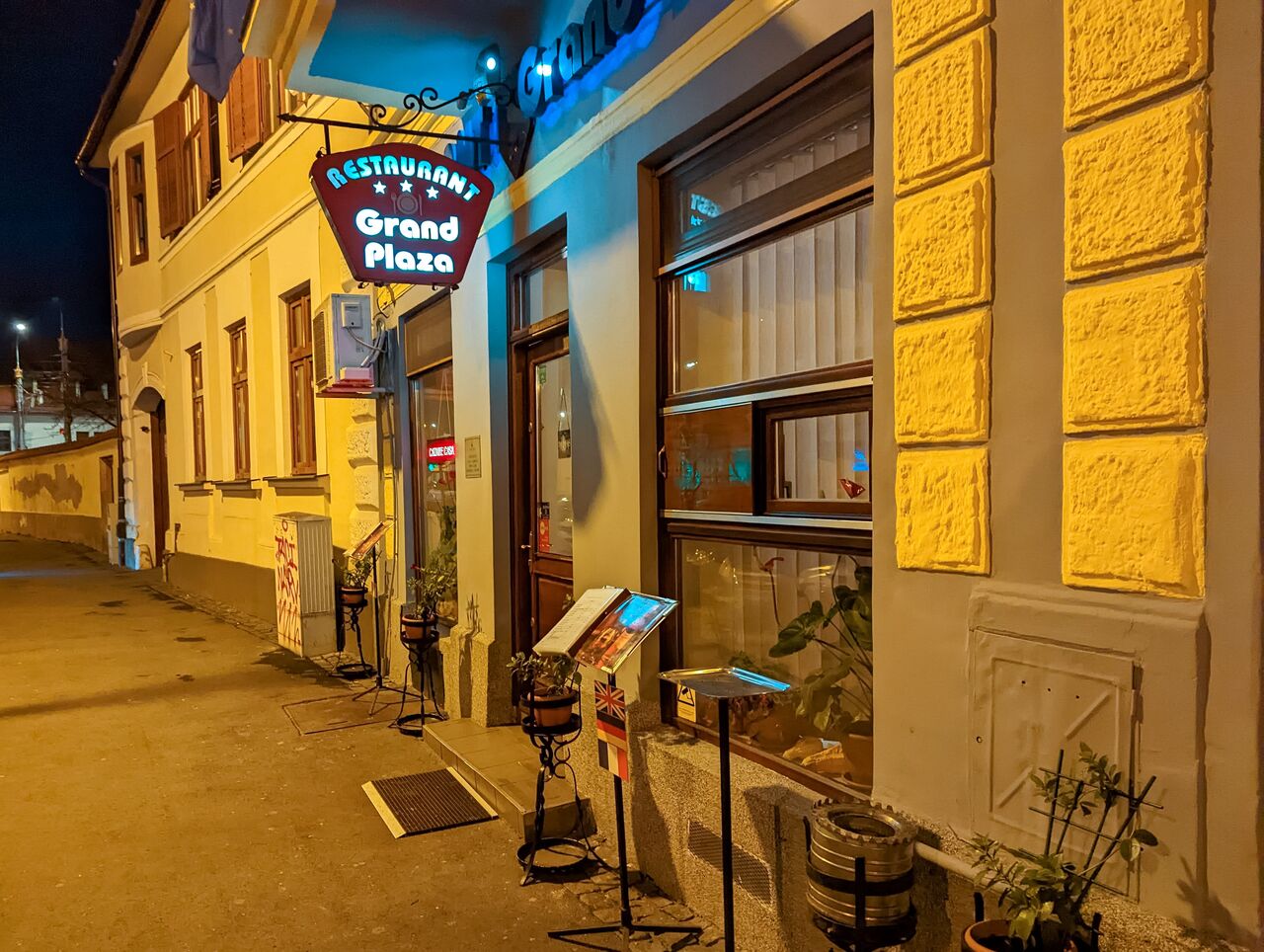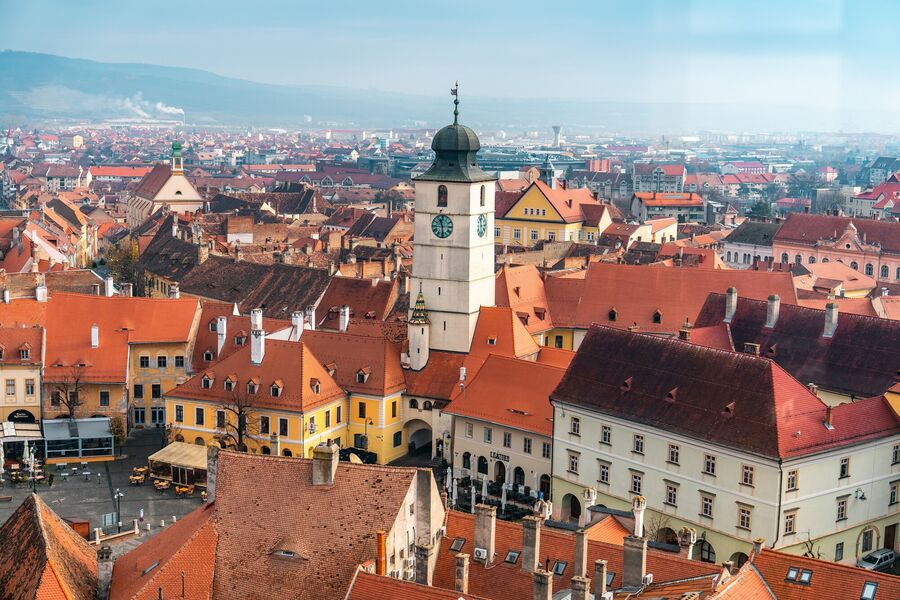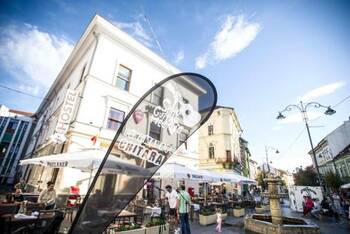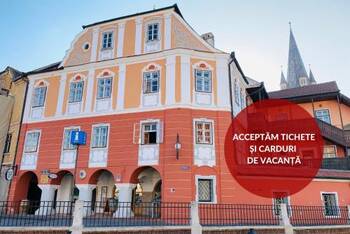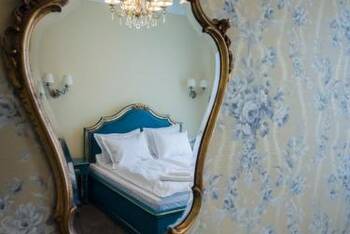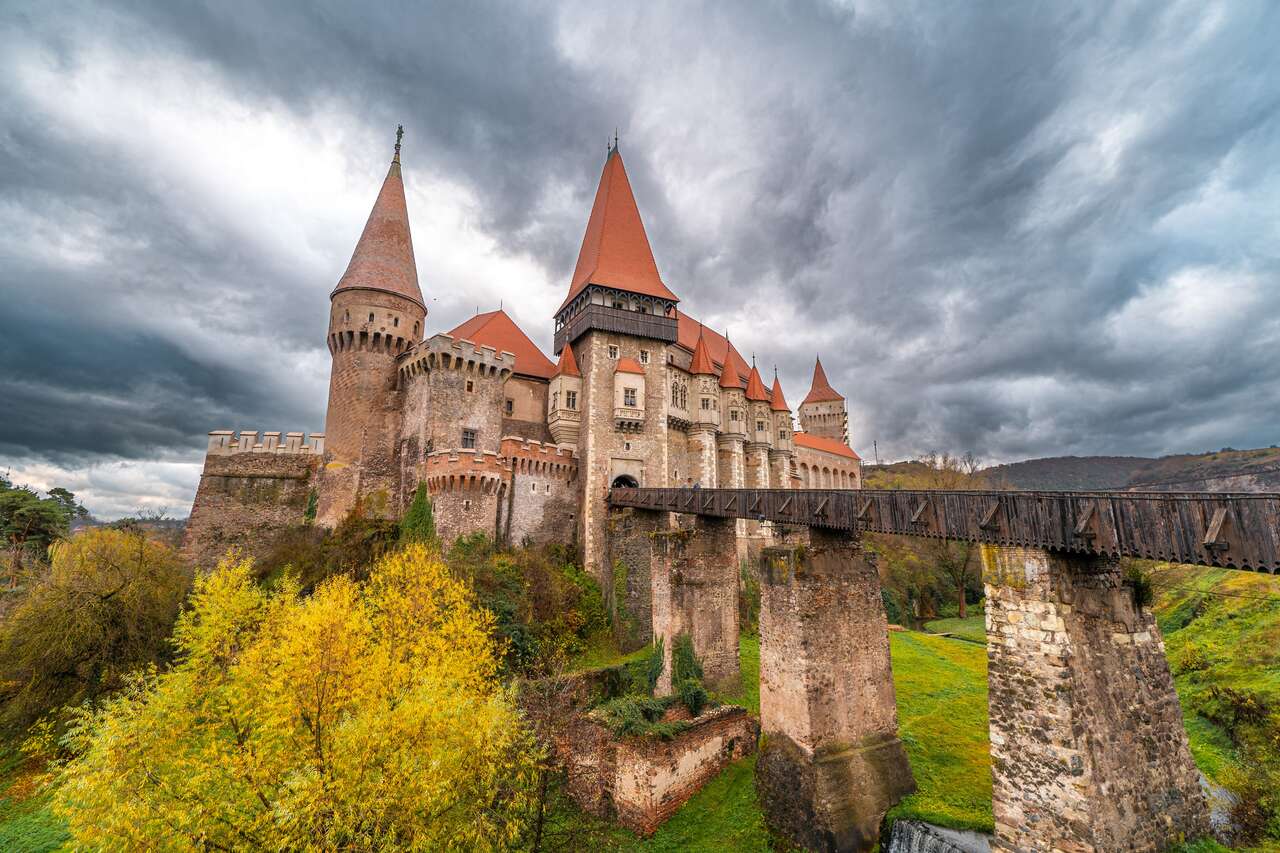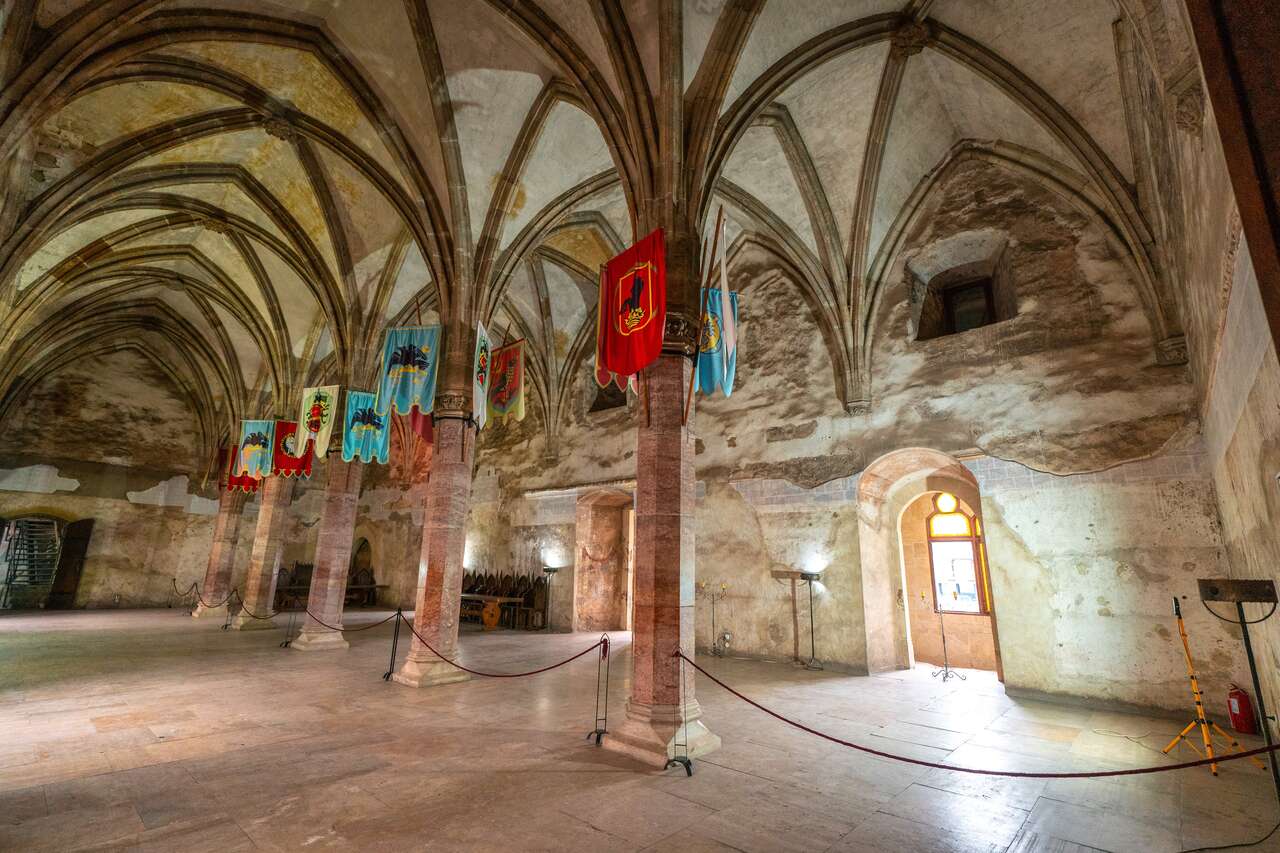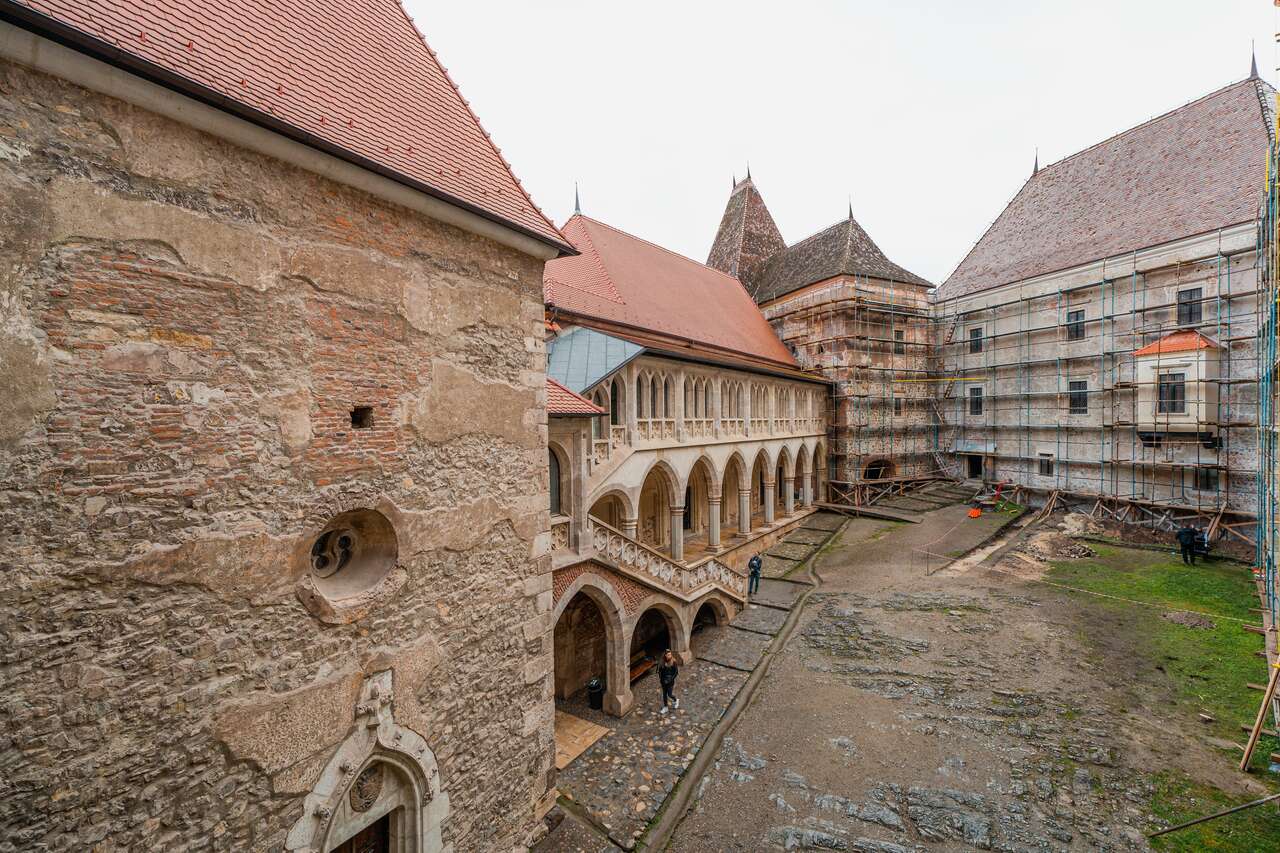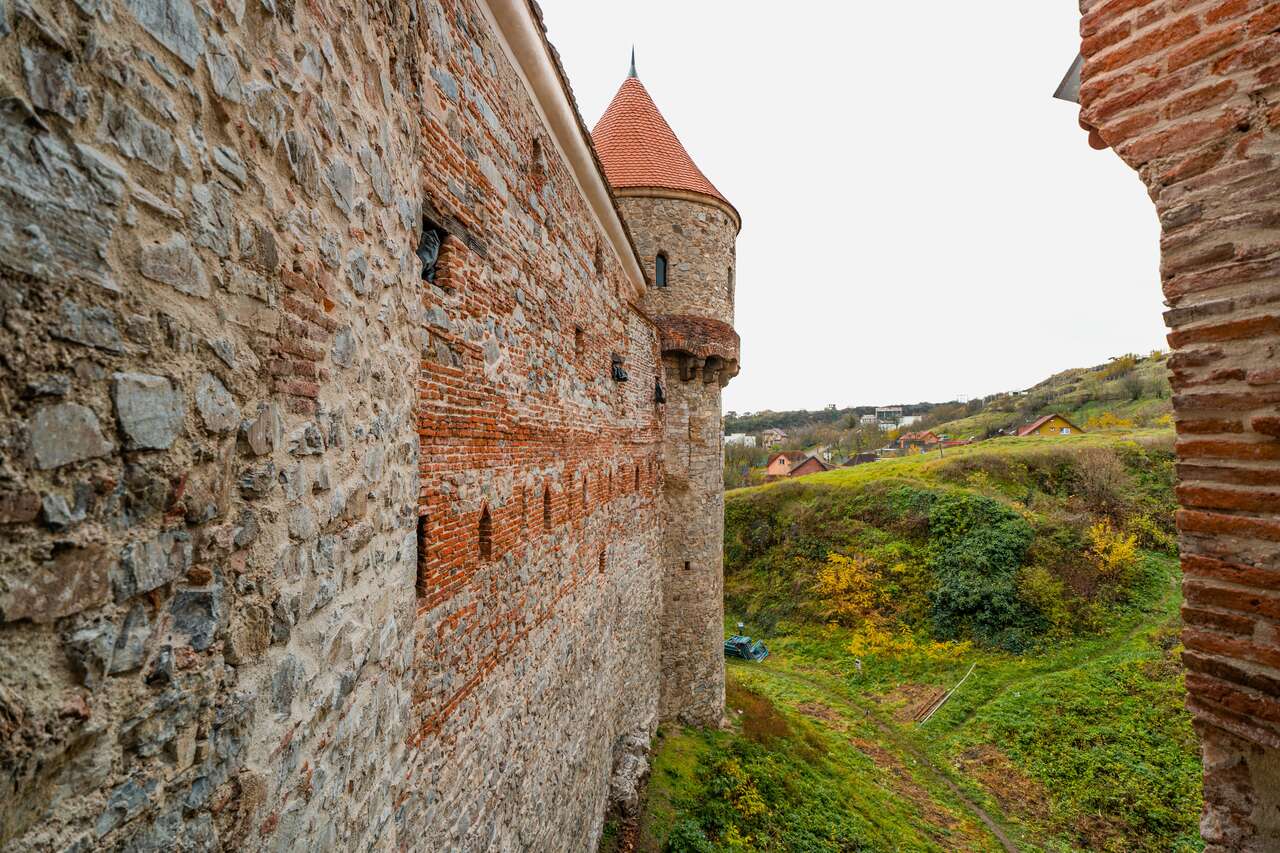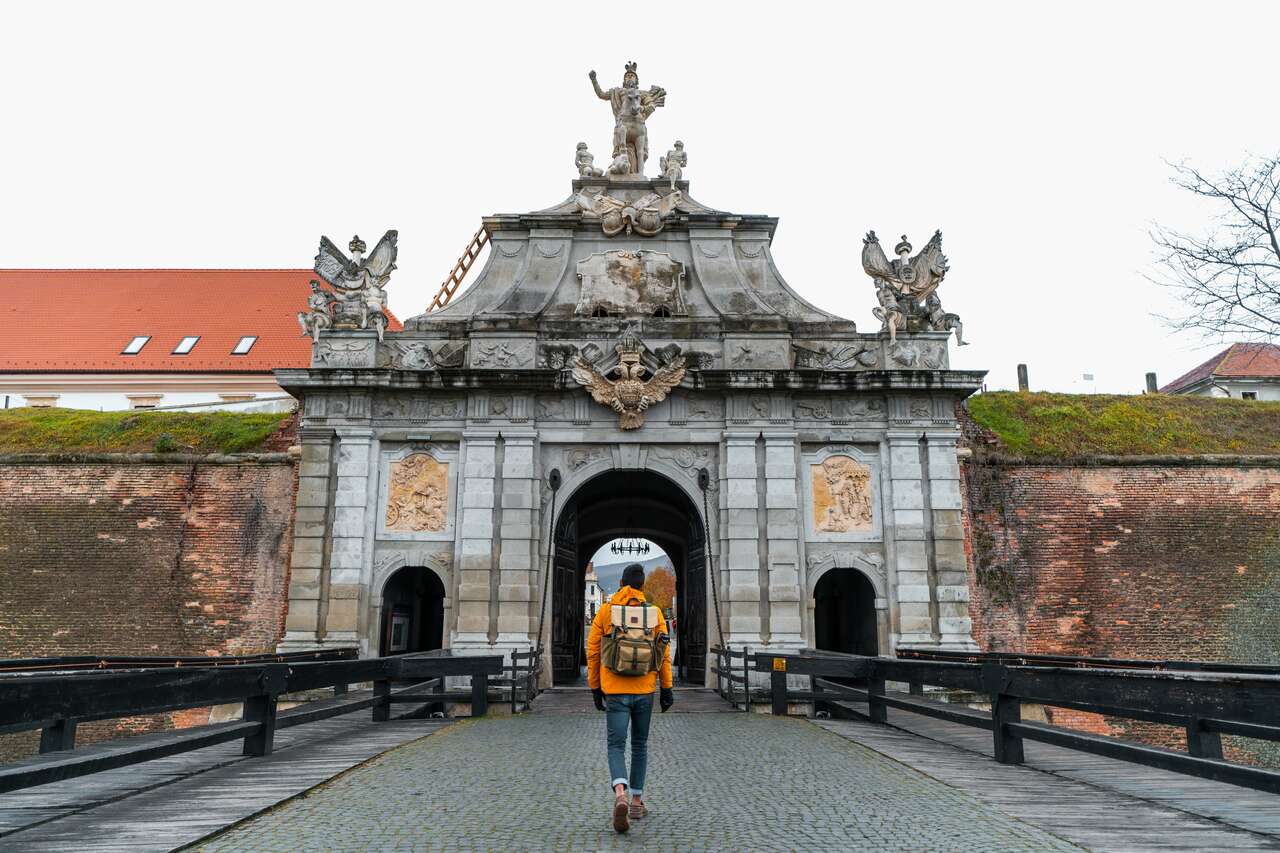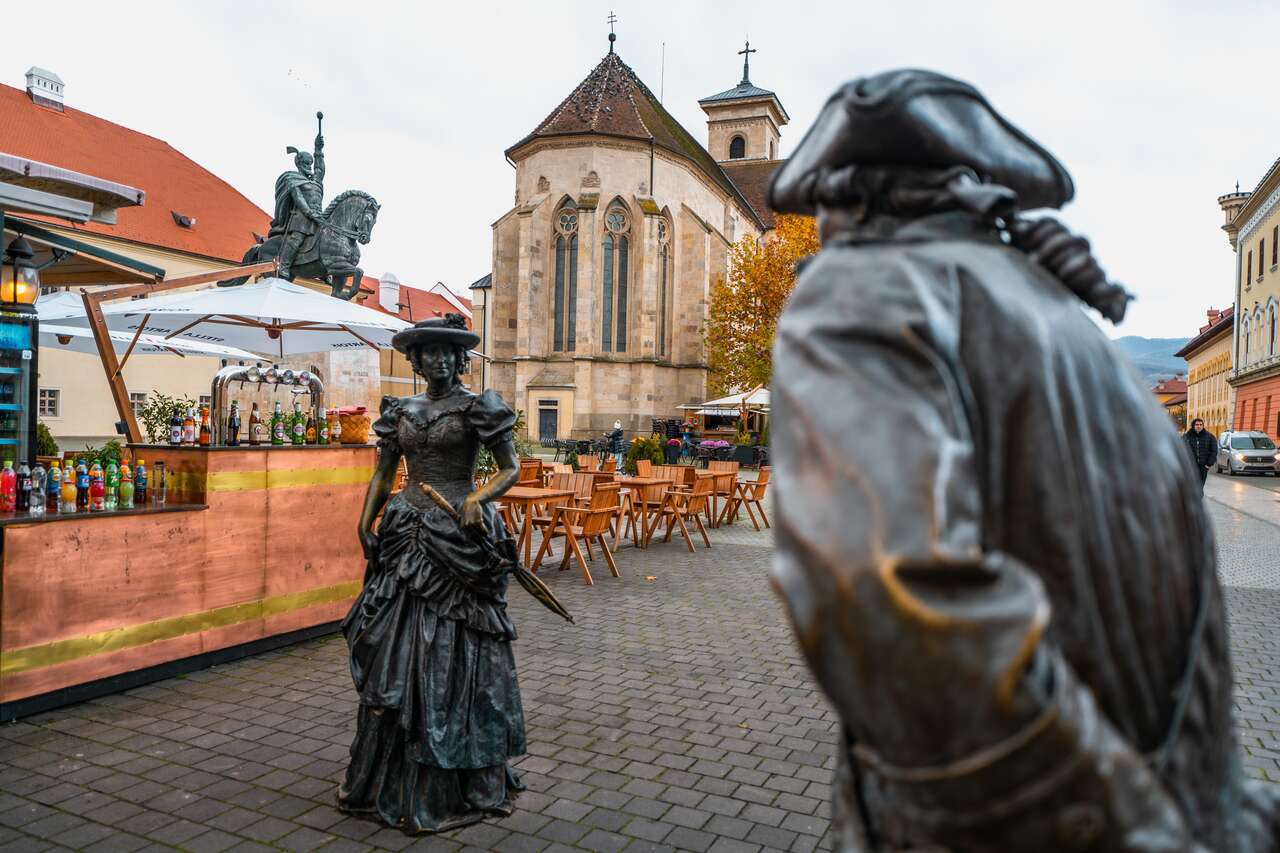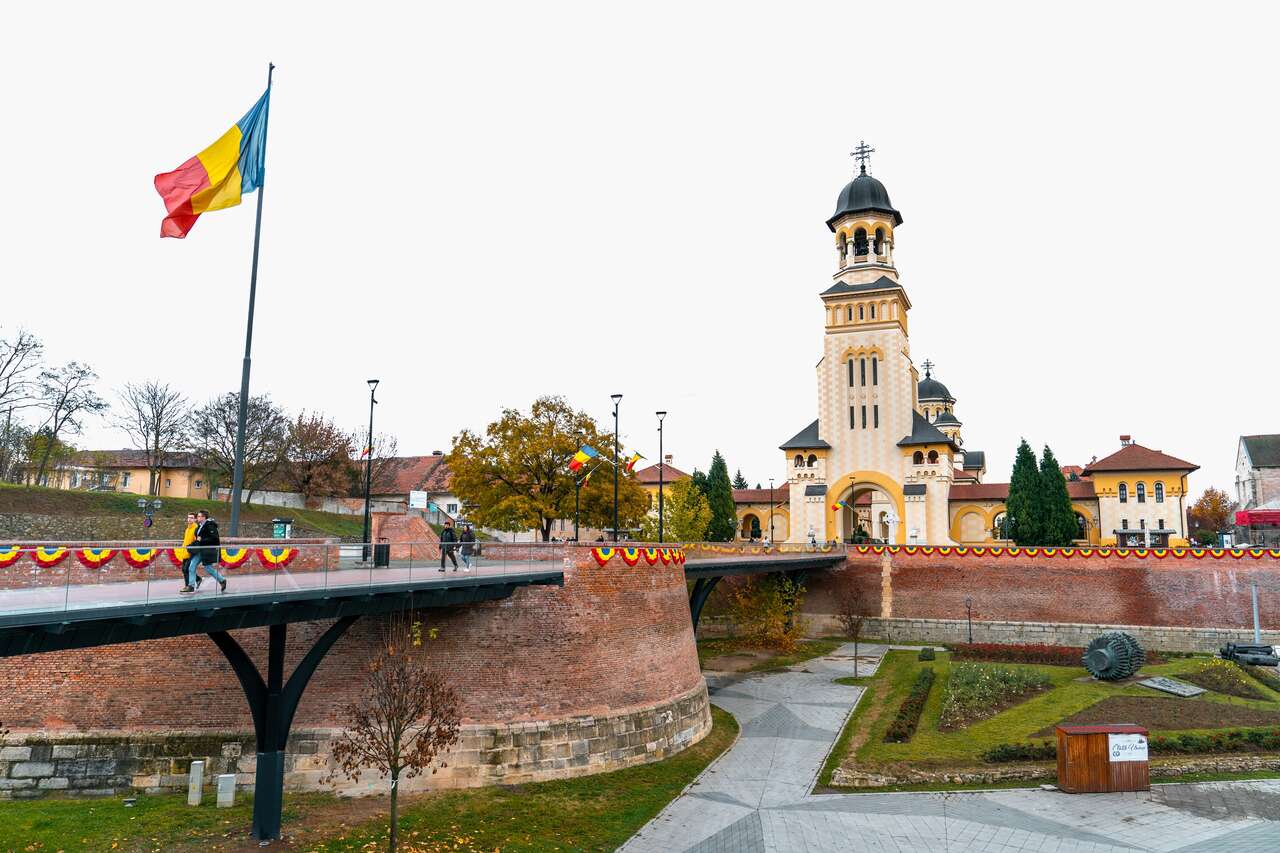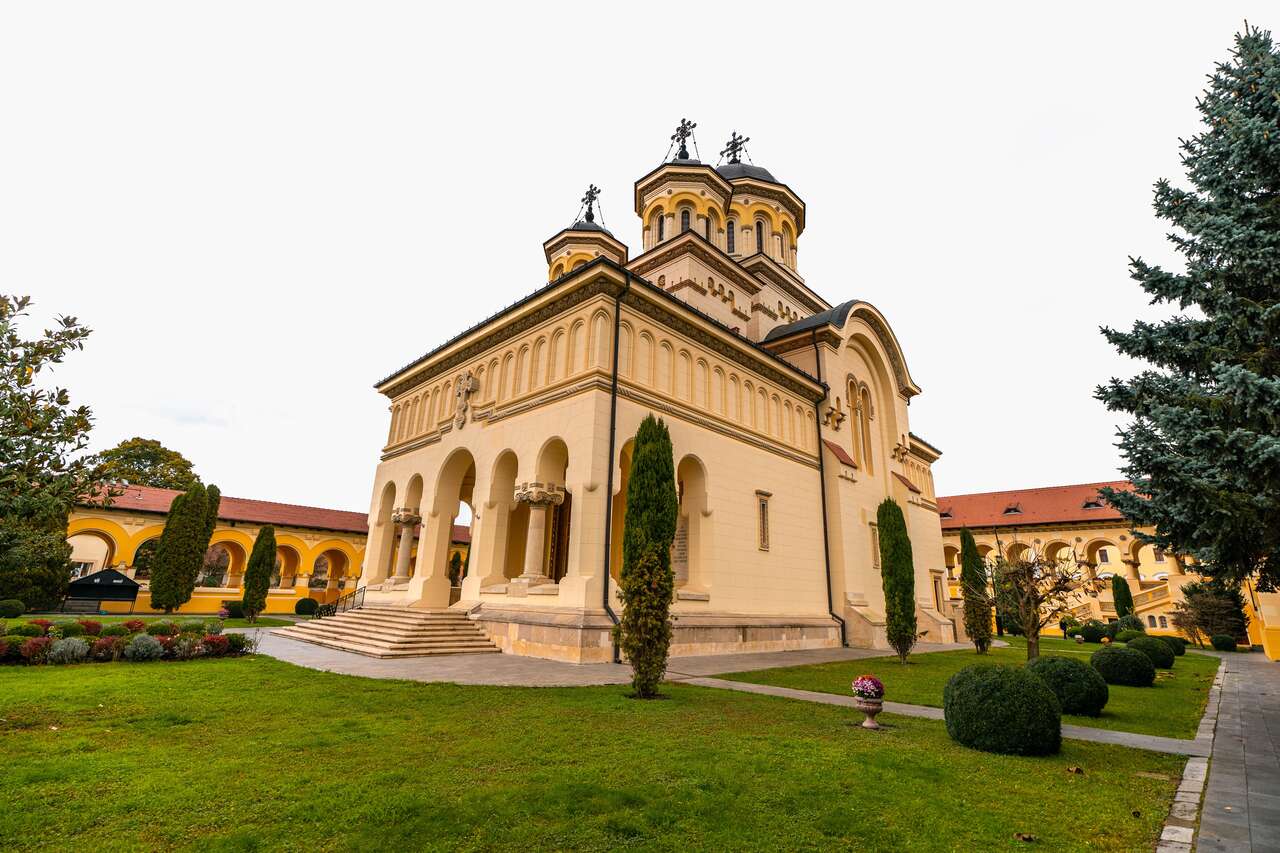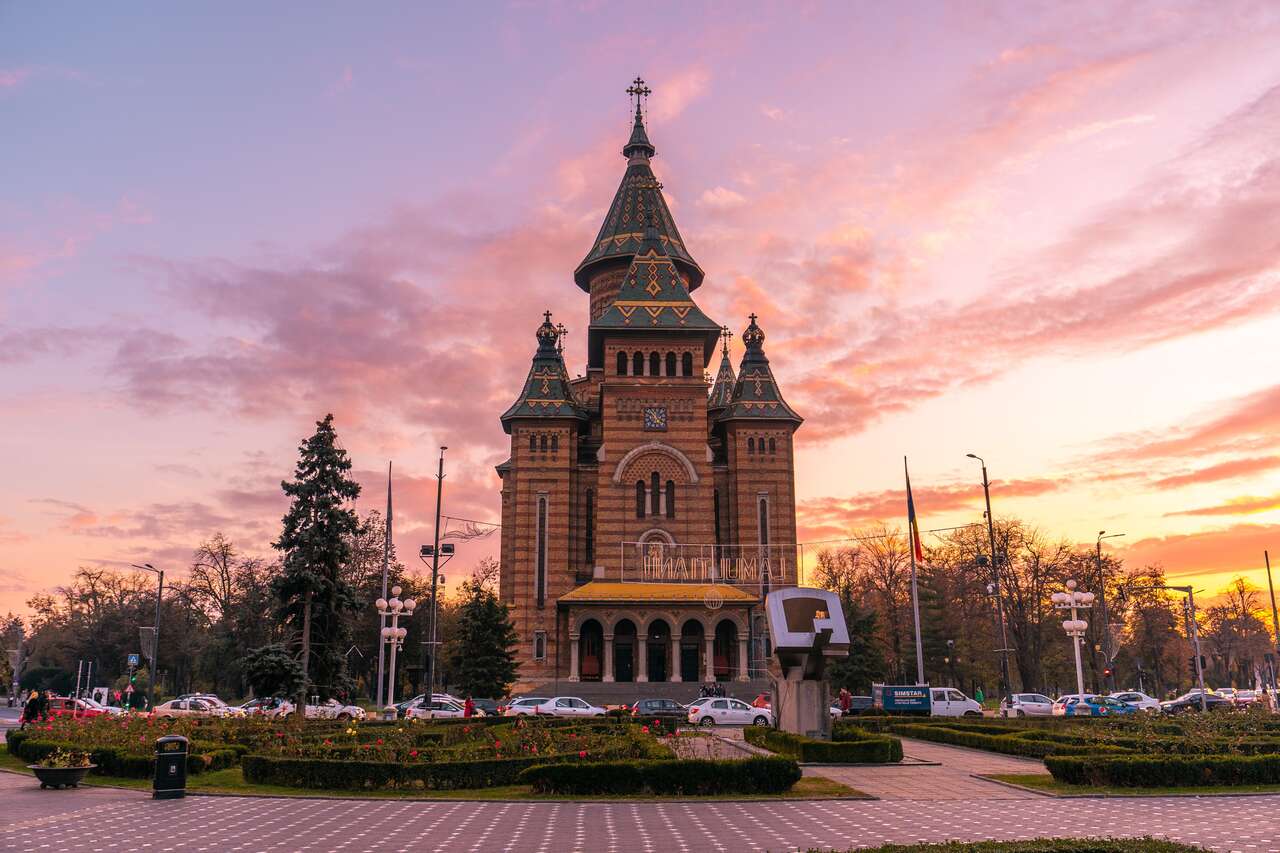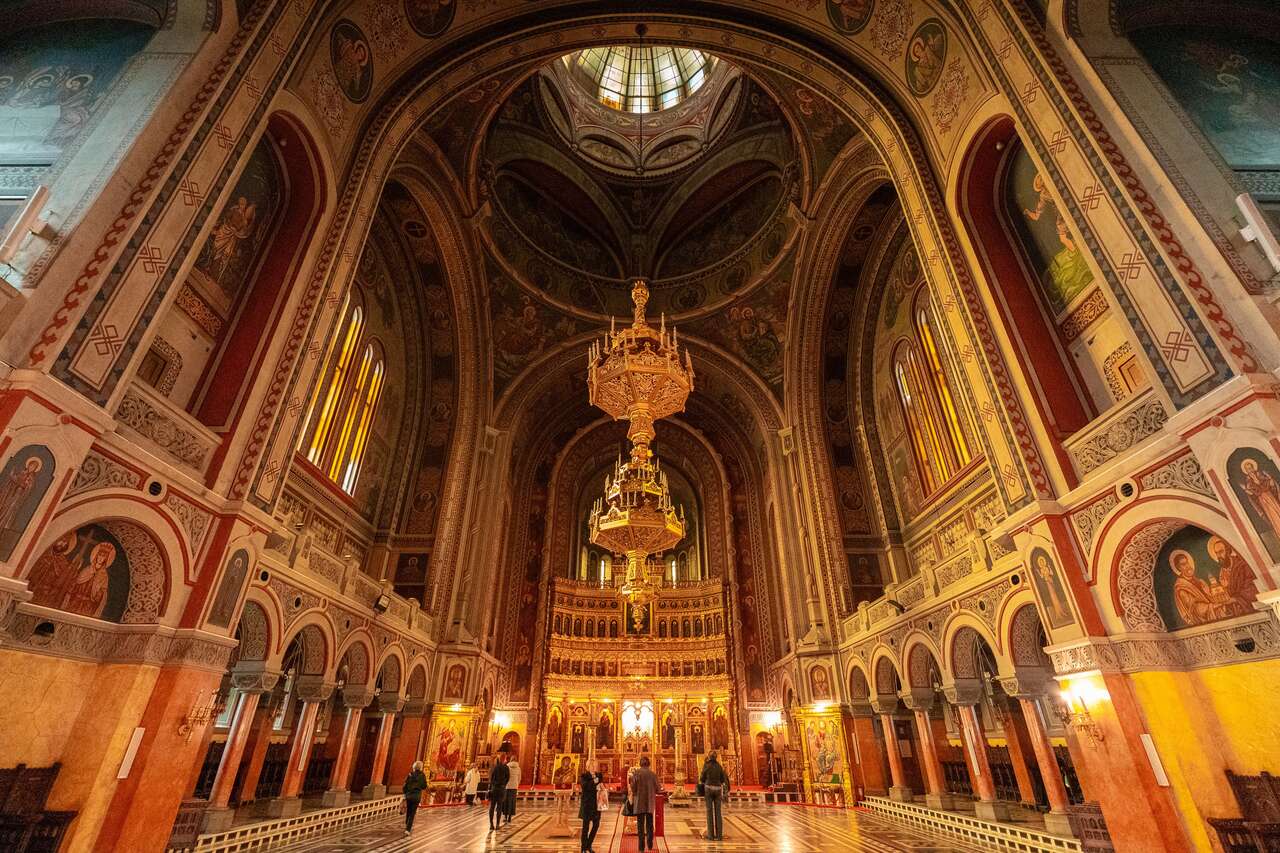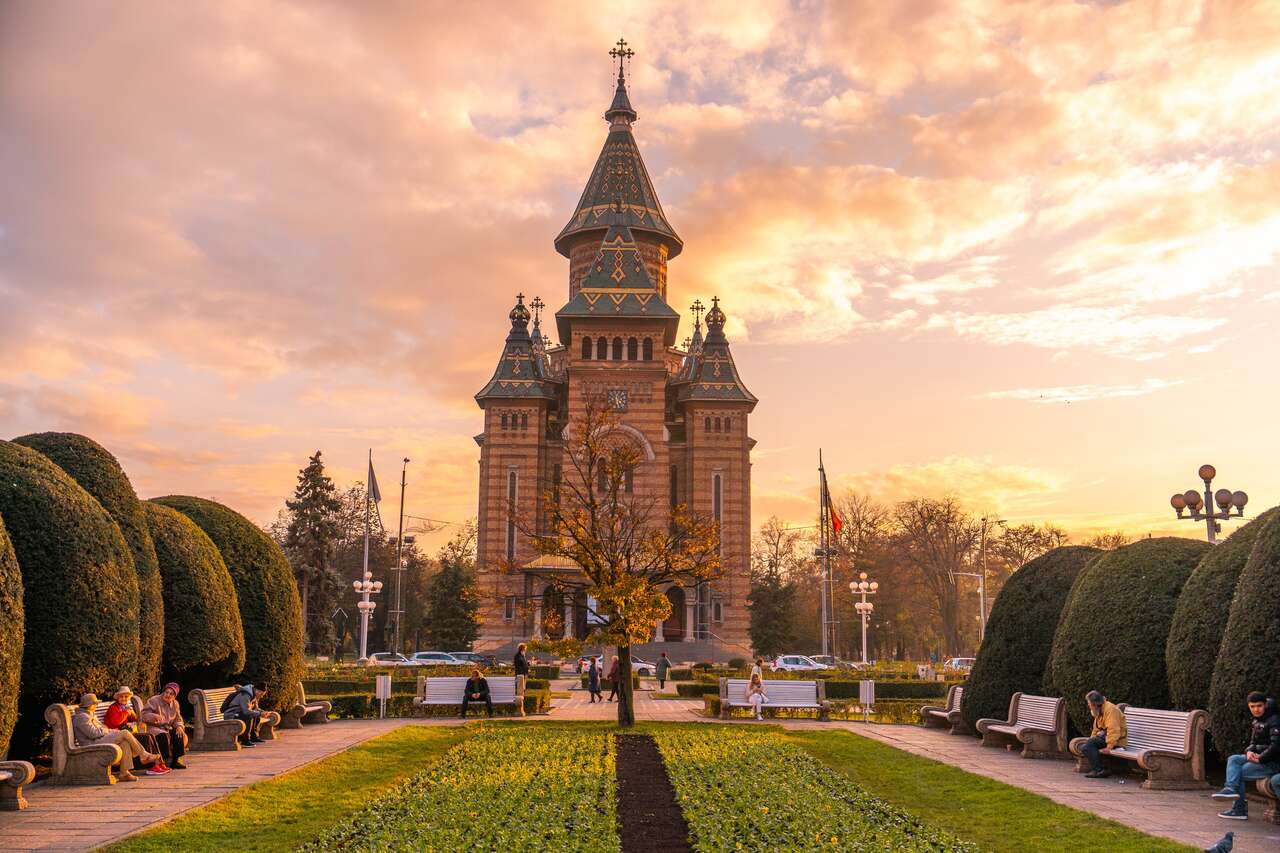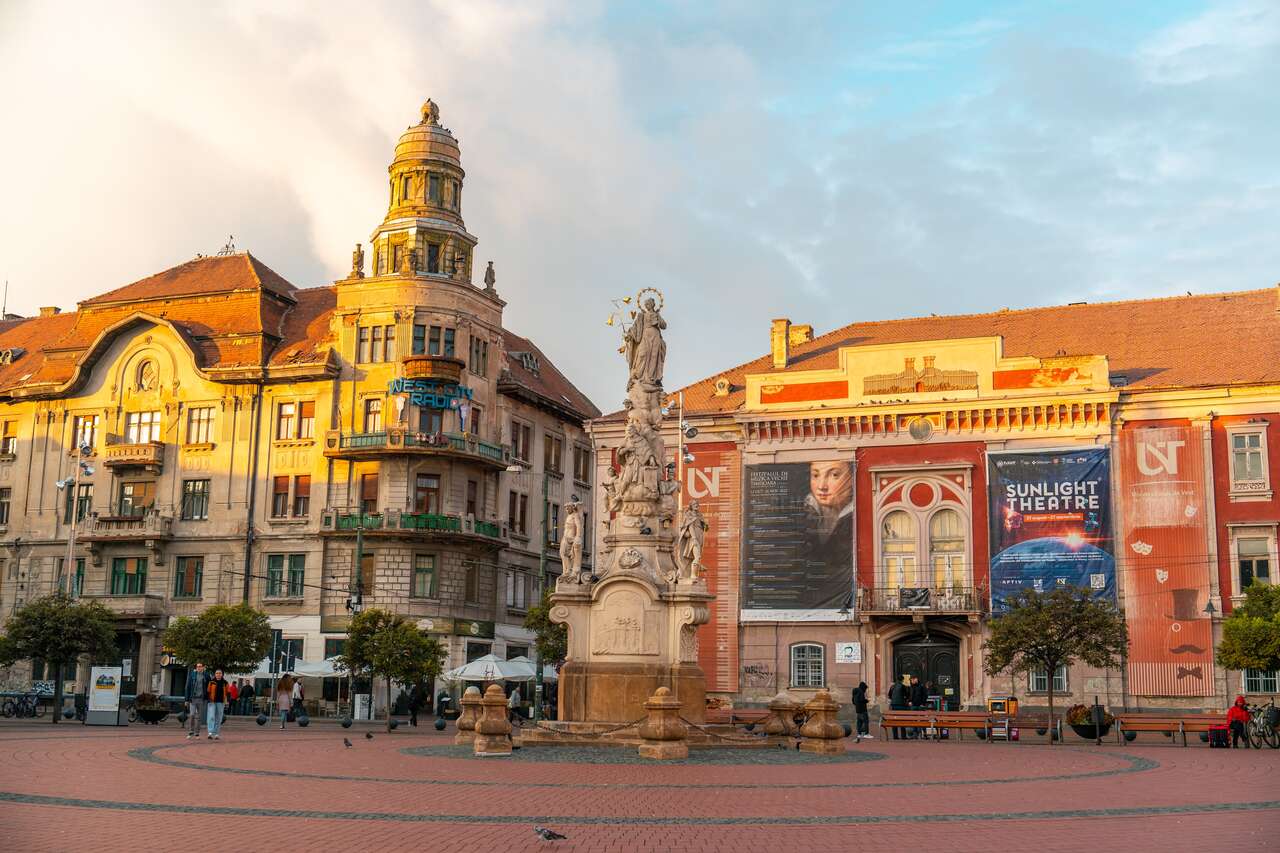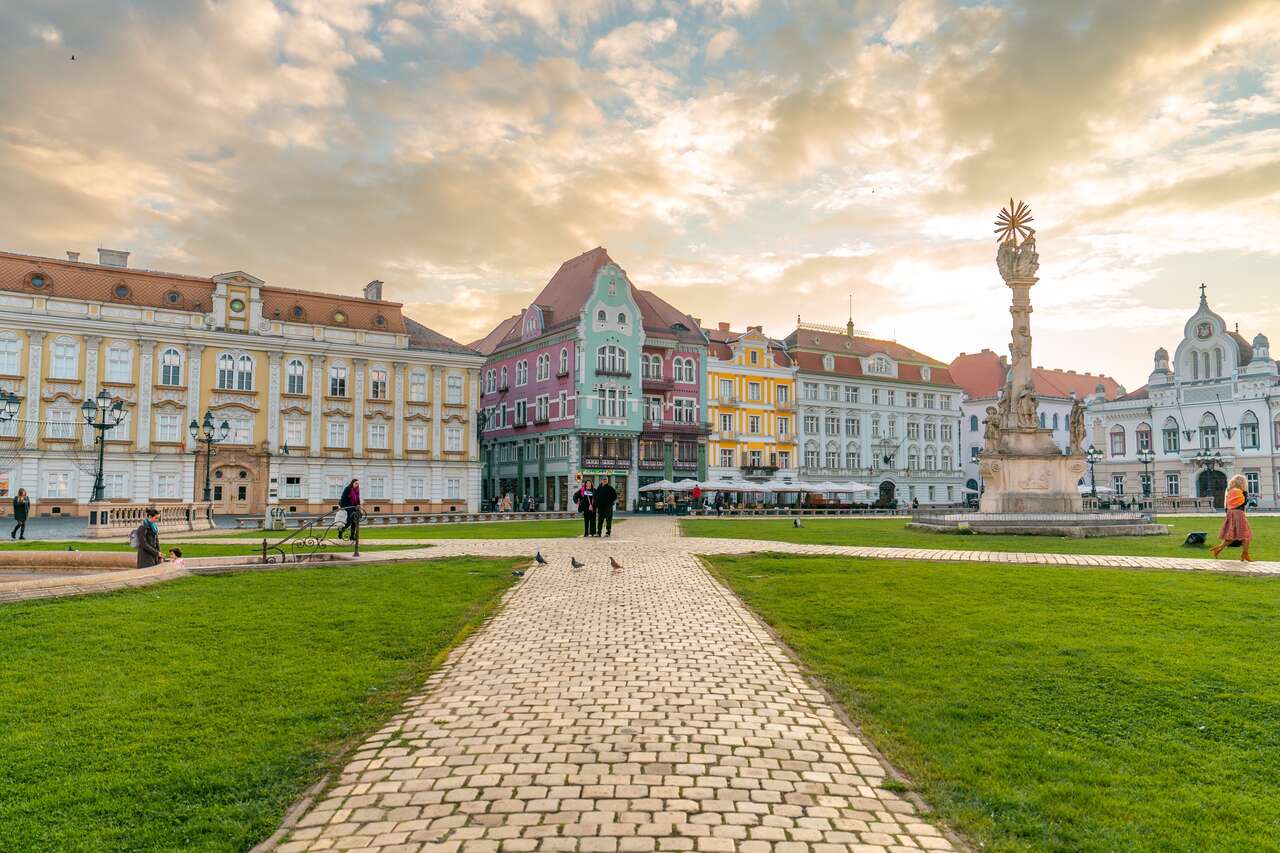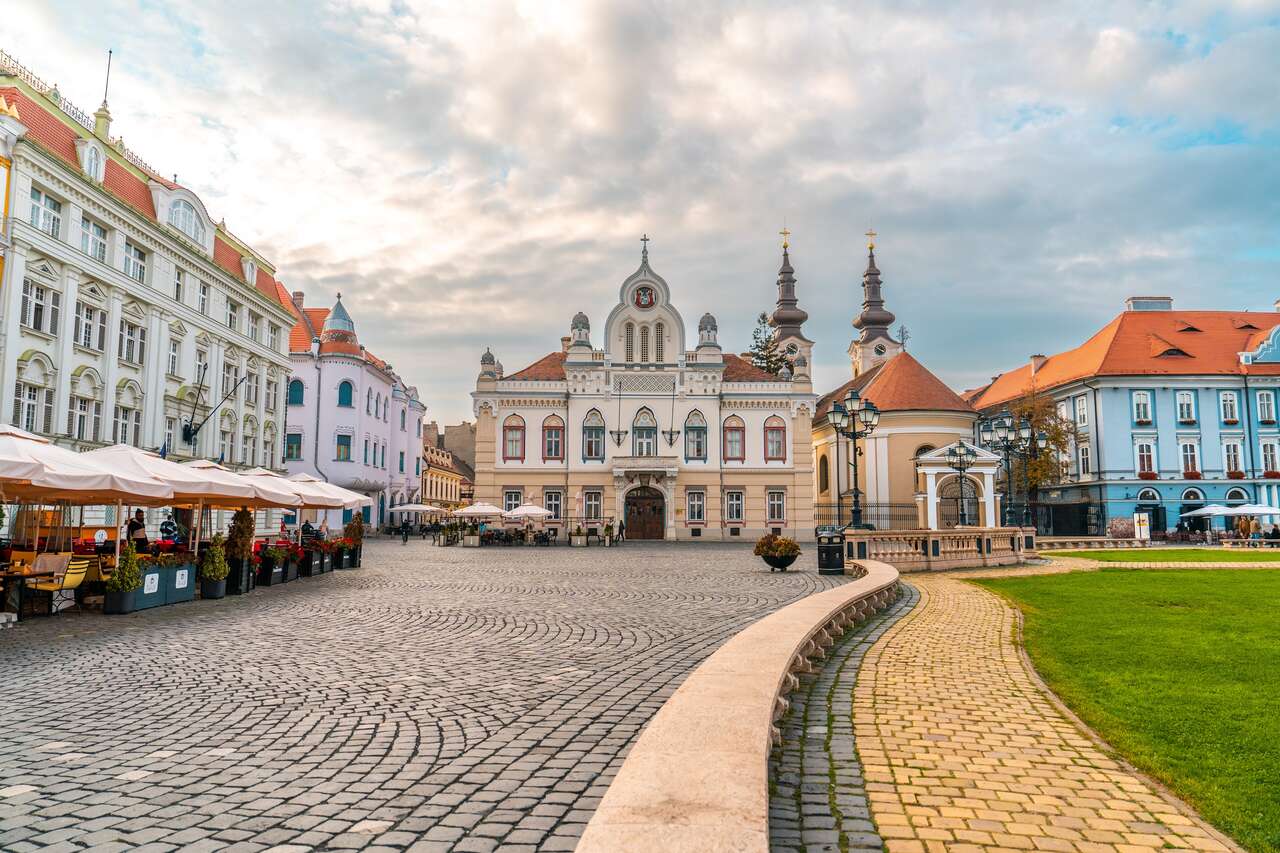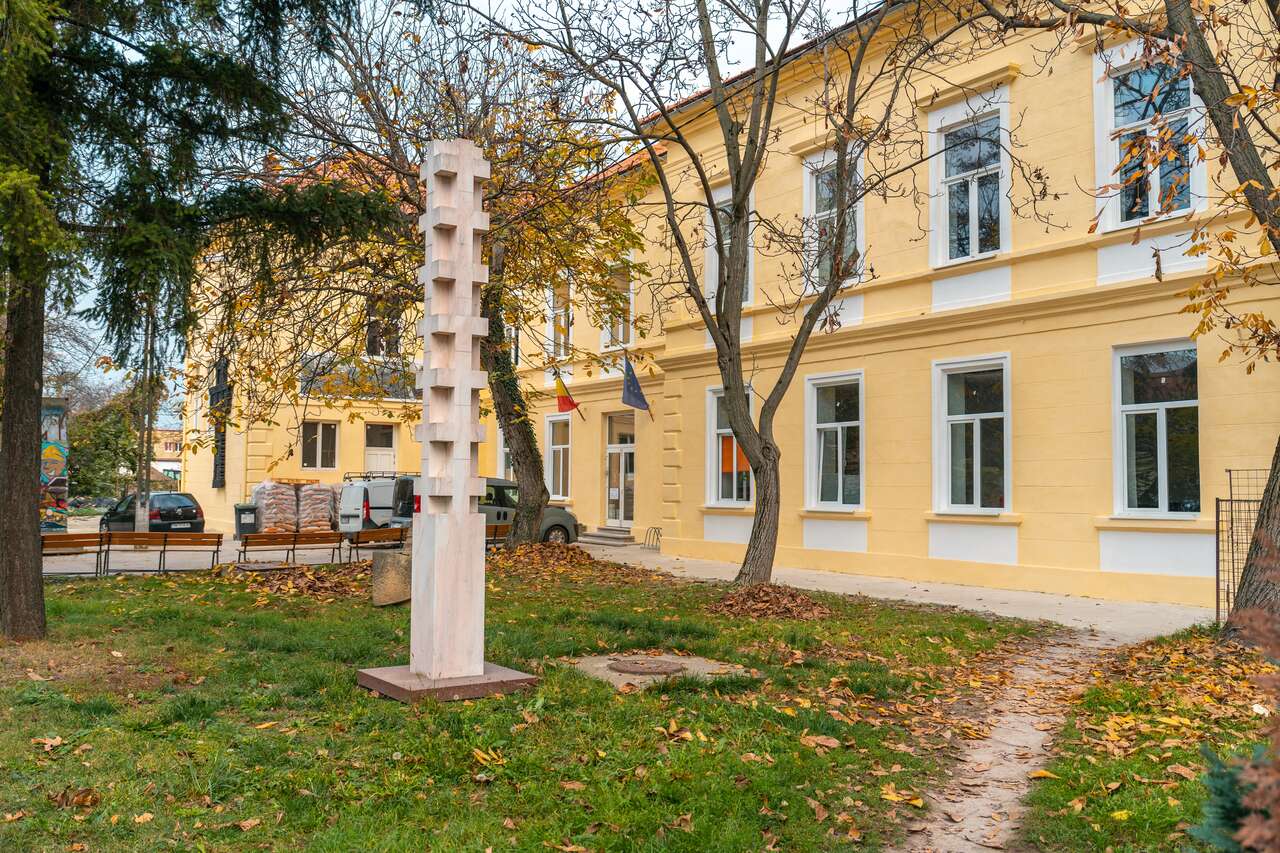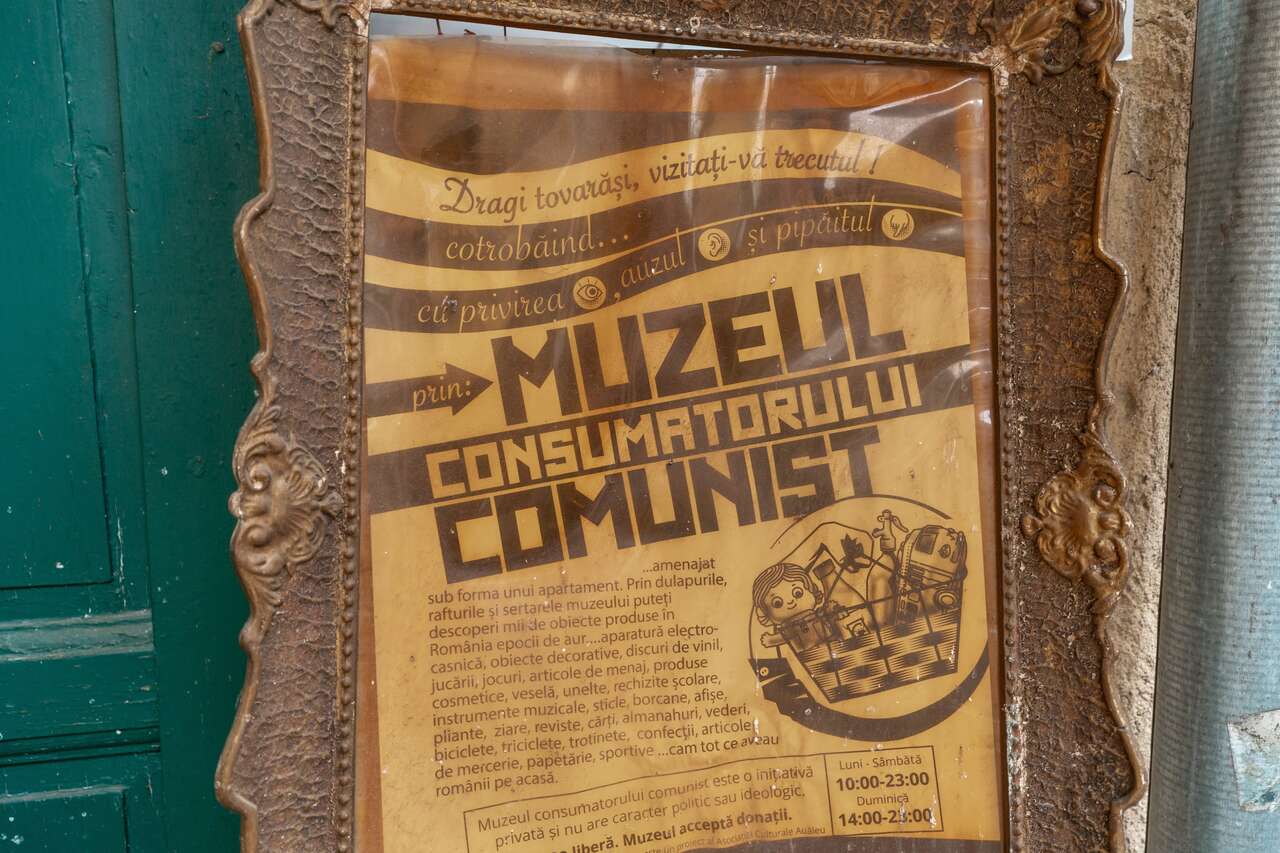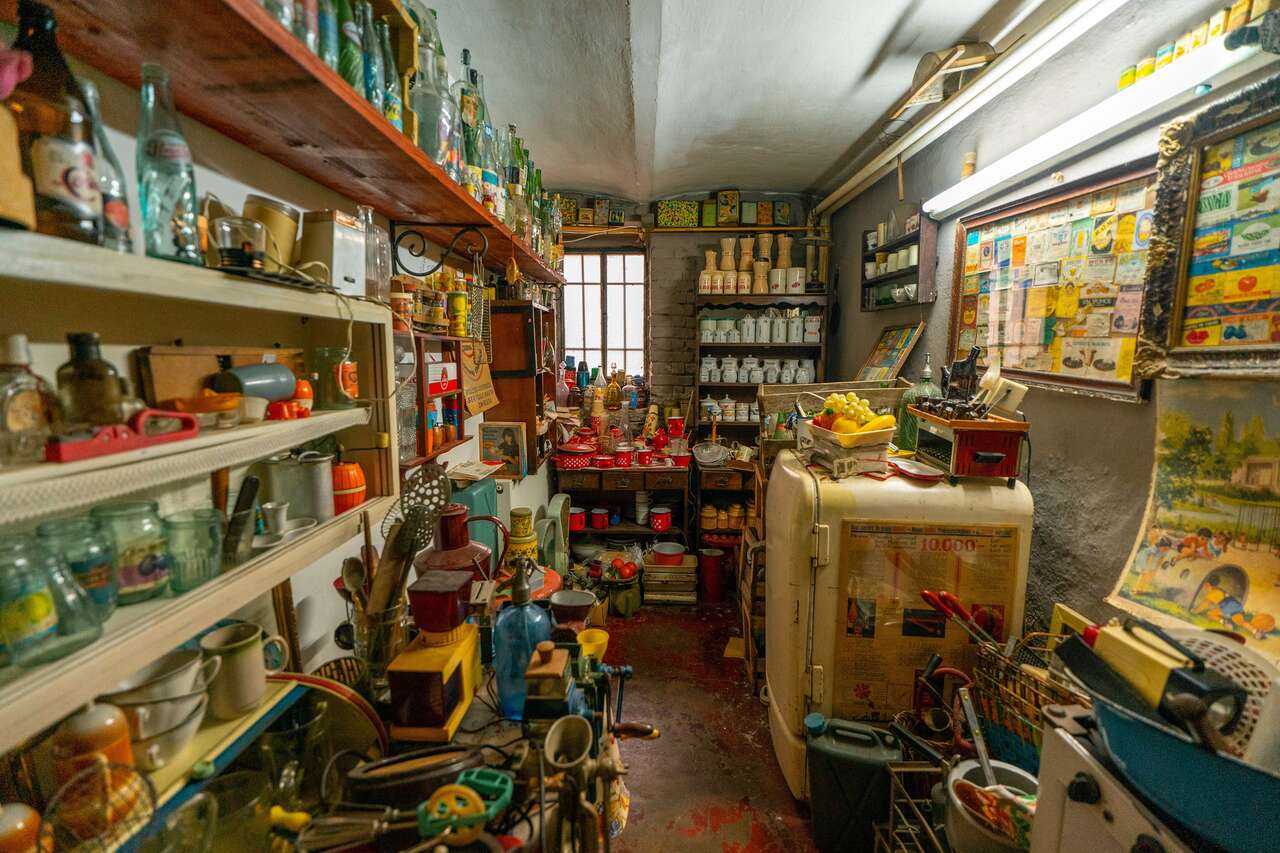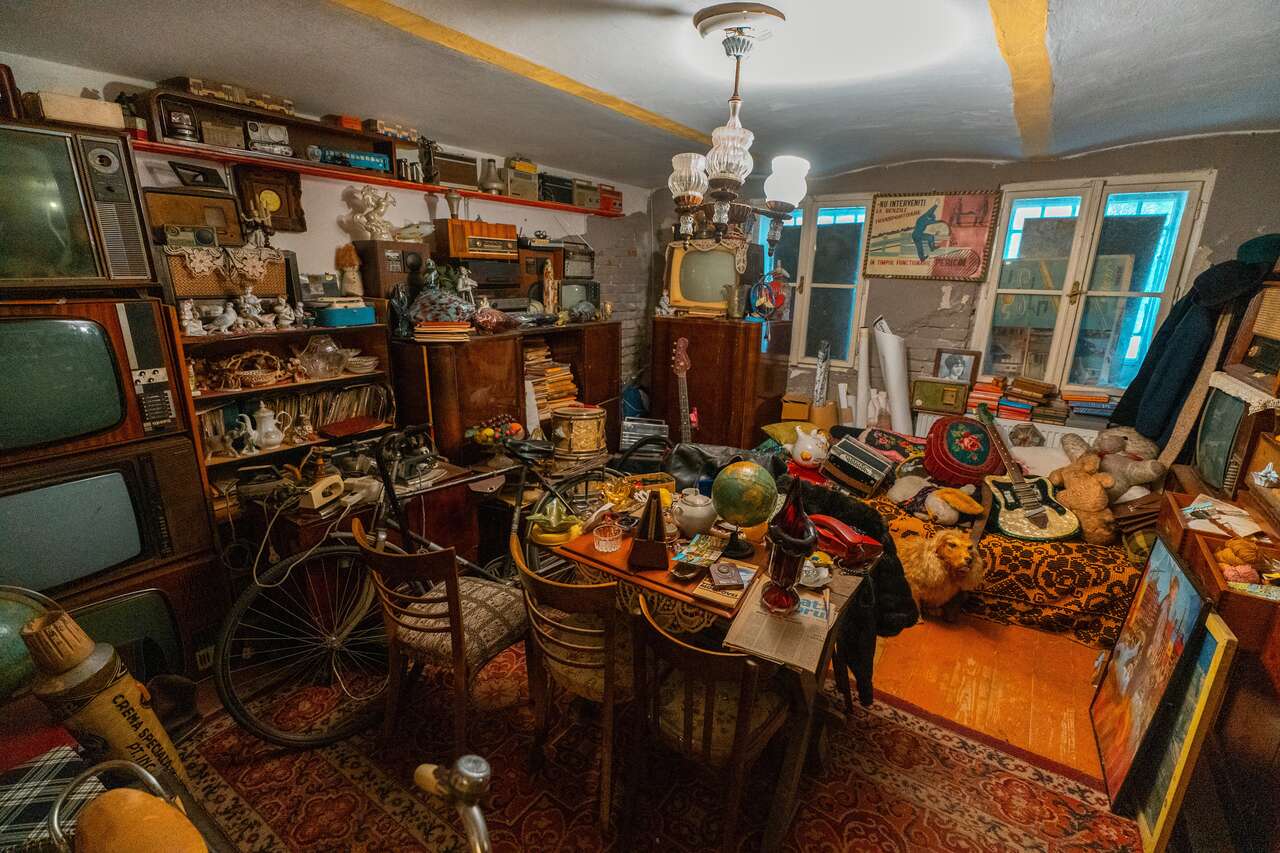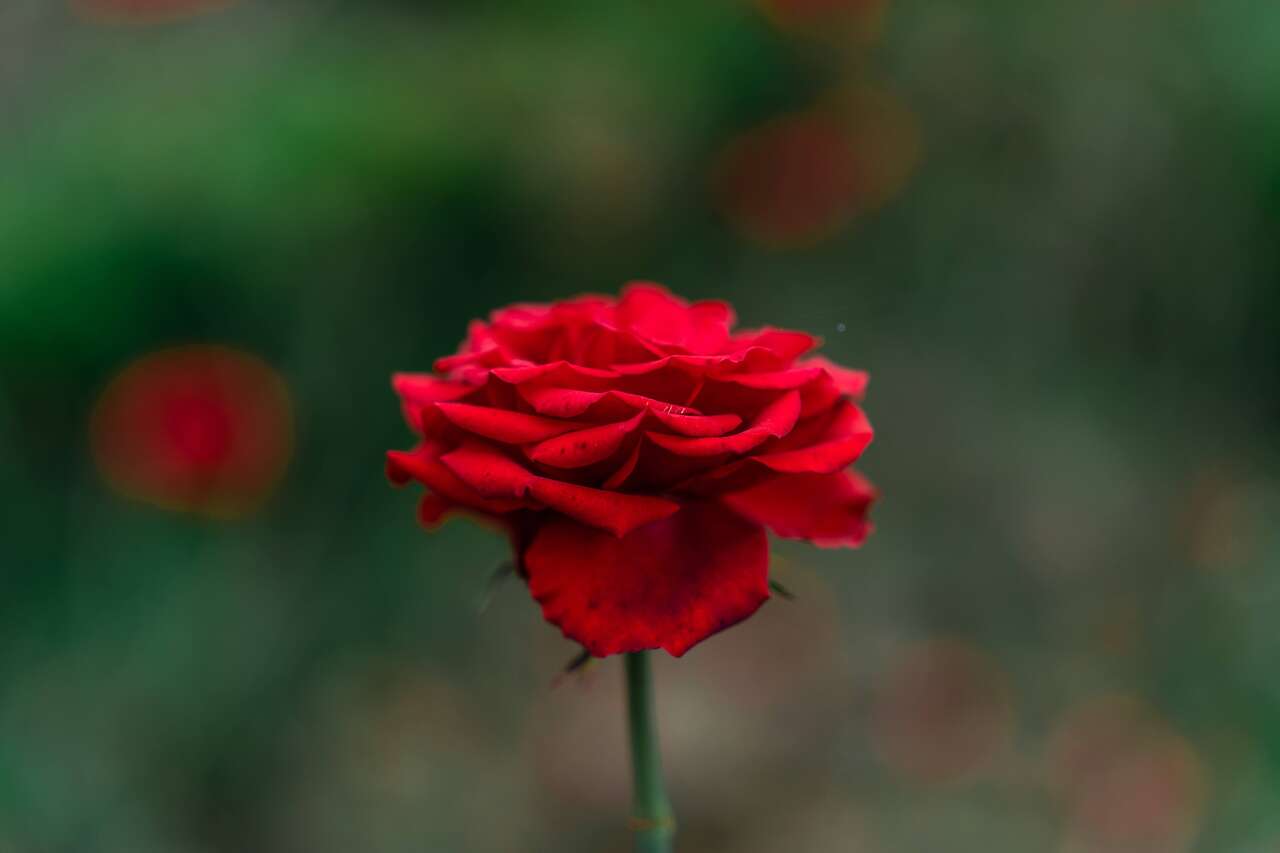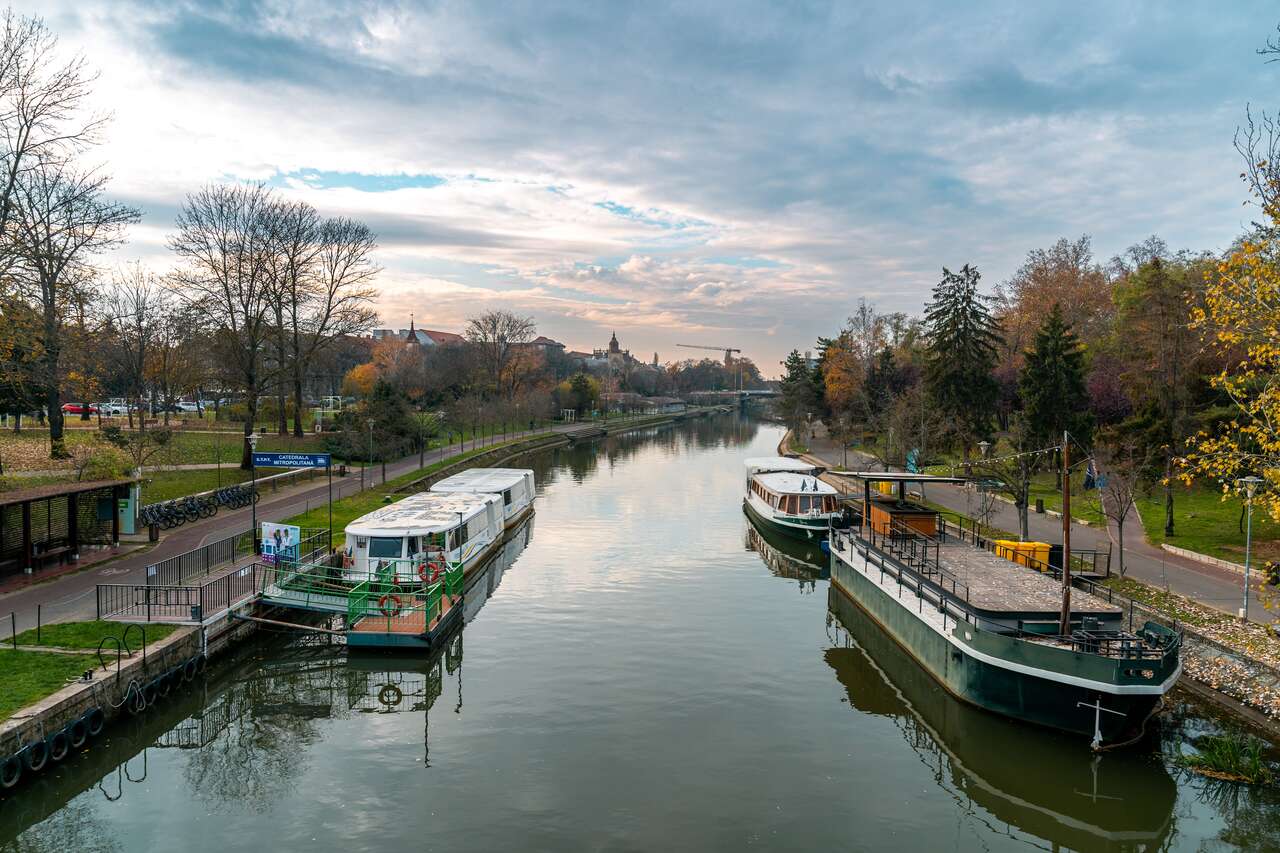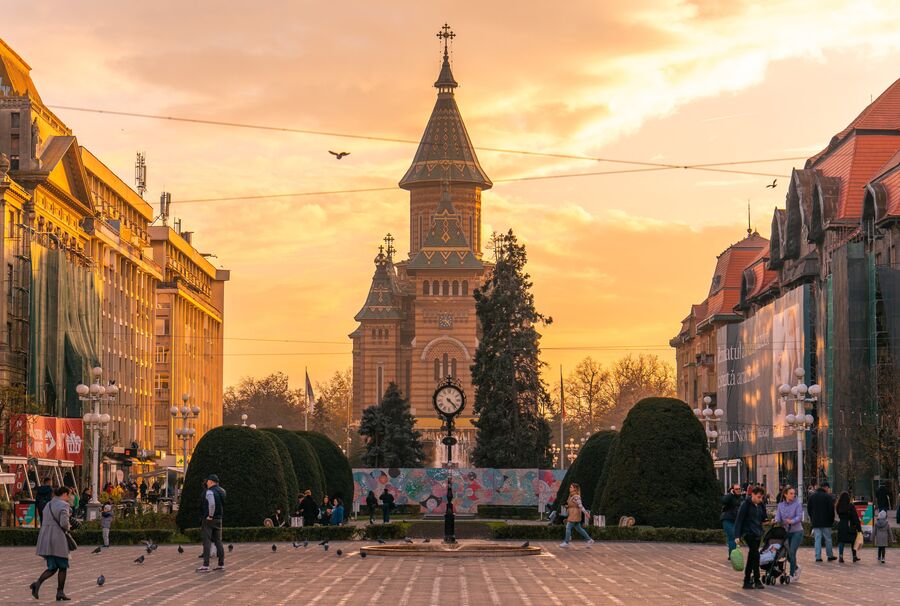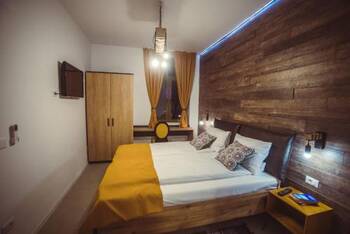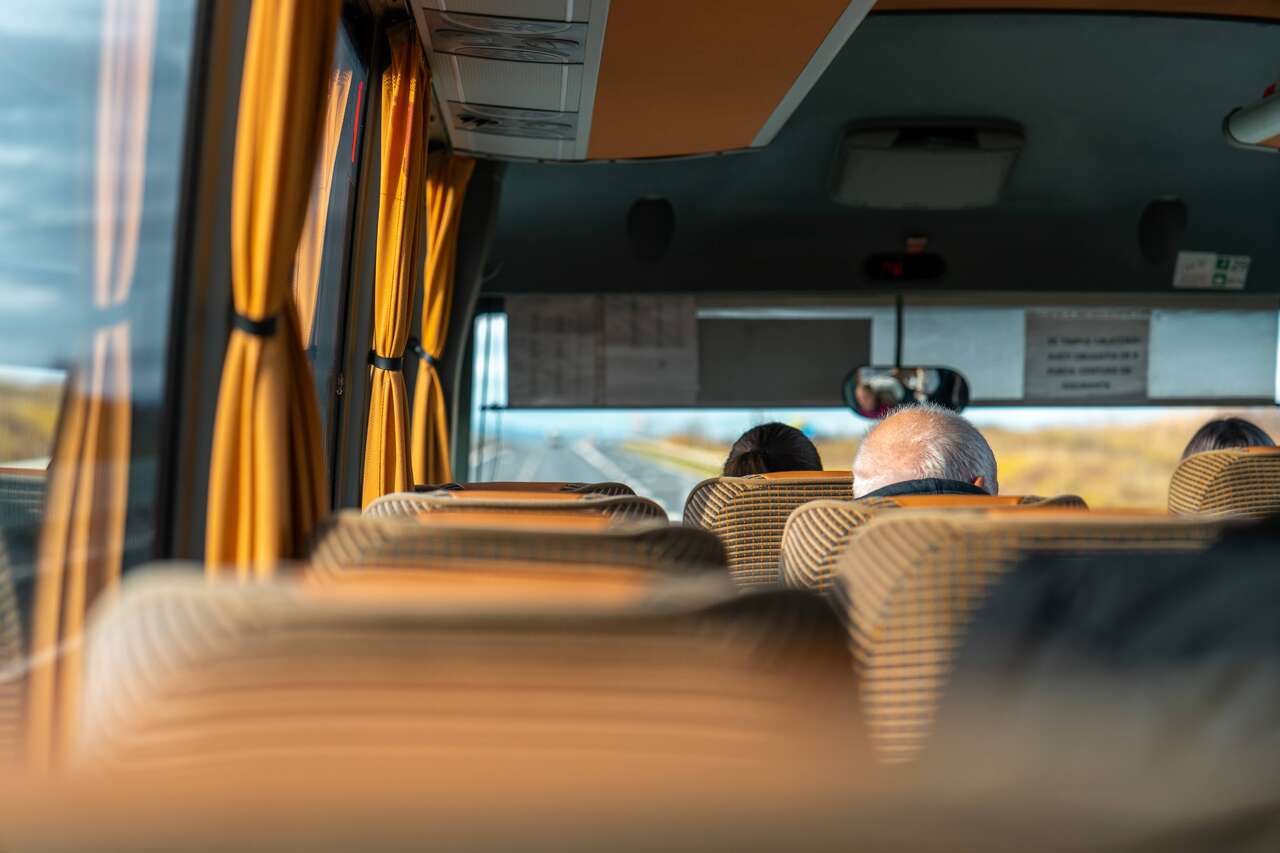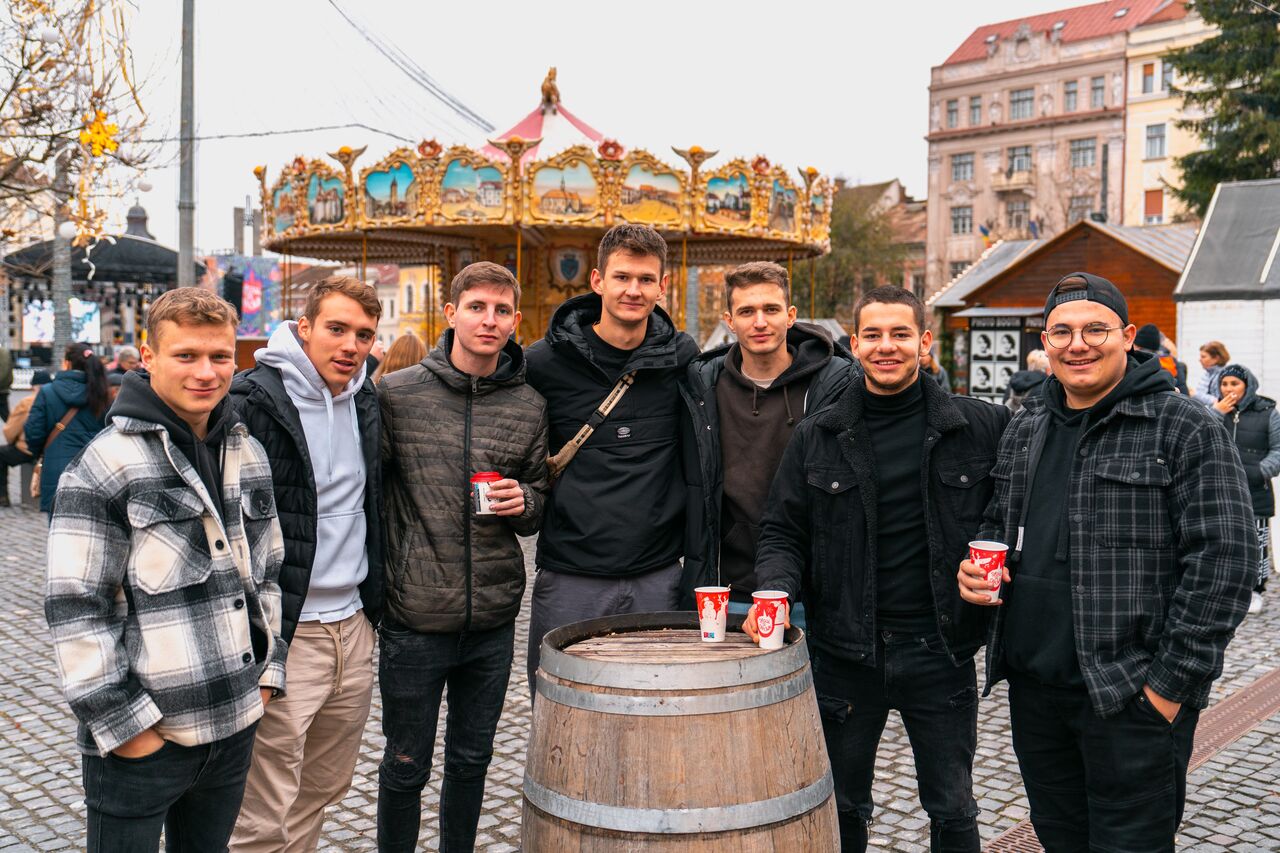Looking to explore Romania, one of the most beautiful countries, home to the famous Dracula Castle, Corvin Castle, and the beautiful mythical region of Transylvania, but you are unsure where to start? You are in the right place.
With this itinerary, I will take you across this beautiful country, visiting some of the best places in Romania, from the vibrant city of Bucharest to exploring the Transylvanian towns of Brasov, Sibiu, Cluj, Sighisoara, and Timisoara, while stopping at places like Bran Castle, Corvin Castle, and more, all in a period of 2 weeks.
Without further ado, here is the ultimate 2-week backpacking itinerary for Romania. Let's begin by looking at all the places we will be visiting in this itinerary with the map below:
- 2 Weeks Backpacking Romania Itinerary Map
- 2 Weeks Backpacking Romania Itinerary
- When to Visit Romania?
- How to Get to Romania?
- How to Get Around Romania?
- How Much Money Do I Need for 2 weeks in Romania?
- Is it Safe in Romania?
- Which tourist SIM card is best for Romania?
- What to Pack for Romania?
- Further Reading for Romania
2 Weeks Backpacking Romania Itinerary Map
| ☀️ Day 1-2: | Bucharest |
| ☀️ Day 3-4: | Brasov |
| ☀️ Day 5: | Peles Castle, Bran Castle, and Rasnov Citadel |
| ☀️ Day 6-7: | Sighisoara |
| ☀️ Day 8-10: | Cluj-Napoca |
| ☀️ Day 11-12: | Sibiu |
| ☀️ Day 13: | Corvin Castle and Alba Iulia |
| ☀️ Day 14-15: | Timisoara |
2 Weeks Backpacking Romania Itinerary
Day 1 - 2: Bucharest (2 nights)
This itinerary begins in Bucharest, the capital city of Romania, home to some of the most iconic landmarks in the Balkans and there is no better place to begin our journey than at the largest one of all, the Palace of Parliament, a massive government building that is so big and heavy, it is actually sinking to the ground around 6 mm (0.24 in) each year.
As you can probably guess from the massive scale and over-the-top approach to the whole thing, the construction of the Palace of Parliament began in 1984, during the Communist regime of Nicolae Ceaușescu.
- Classic Romania Tour (small group) (8 days)
- Transylvania Castles tour in 4 days from Bucharest (4 days)
- Best of Romania and the Danube Delta (12 days)
Covering more than 330,000 square meters and standing 84 meters tall, the structure that you stand before is considered the second-largest administrative building in the entire world, second only to the Pentagon.
No time to read?
Don't worry. You can save this page to Pinterest and come back later.
Although from the outside, it may seem like the Palace is impenetrable, but you can go inside via an organized walking tour to see its more than 3,000 rooms, spanning over 12 stories, including four underground levels.
Among all the brutalist buildings around Bucharest, you will still find a pocket of history in Bucharest's Old Town, a charming historical district located in the heart of the city, that thankfully survived Nicolae Ceaușescu's transformation of the city.
The area is a beautiful mix of old and new, with narrow cobbled streets and historic buildings standing alongside modern cafes and boutiques. The streets are lined with stunning Neoclassical and Art Nouveau buildings that are adorned with intricate details and ornate balconies, waiting for you to explore.
There are also several notable attractions in the Old Town that you should check out, like Cărturești Carusel, one of the most impressive bookstores in Romania, a true haven for book lovers and for those who are looking for a beautiful unique looking place to take photos.
Another attraction in the old town you should check out is Stavropoleos Monastery Church, a beautiful monastery right in the heart of the city, surrounded by modern buildings, that provide a nice and quiet spot for us to take a break from the bustling of the capital and find solitude.
If you are interested in learning about the history of Bucharest as well as other aspects of the country, there are a ton of museums you can choose from the Bucharest that can occupy you for days. There are several great museums you can check out in Bucharest like the National Museum of Art, a world-class art museum that houses one of the most extensive collections of Romanian art in the world.
For the history buff out there, you have to check out the National Museum of Romanian History, another fascinating museum with a unique insight into Romania's rich and complex history, or Dimitrie Gusti National Village Museum, an open-air museum that showcases the rich cultural heritage of Romania featuring over 300 traditional buildings that have been relocated from all over Romania to the park. There are plenty of museums here to occupy you for days.
Other notable tourist attractions in Bucharest you should check out are Macca-Vilacrosse Passage, a beautiful shopping arcade similar to the one in Milan but on a much smaller scale, the Palace of the Deposits and Consignments, an incredible building with a stunning neoclassical facade, Fabrica Club, a great place to hang out at night, and so much more.
If you are looking for more activities to do here, be sure to check out some of the available tours and day trips.
Where to Stay in Bucharest?
Getting from Bucharest to Brasov
From Bucharest to Brasov, you can take the train from Bucharest North Railway Station to Brasov and it should take about 2.5 hours and cost around 59 RON per person.
There are several trains you can choose from starting 6 AM all the way to 9 PM. You can check the exact schedule and book the train ticket online from its official website.
Due to how far Brasov train station is from the city center, you are going to have to flag a taxi down from the main road or rely on apps like Bolt or Uber to get to the train station. It should cost you around 15 RON (3 EUR) for the trip.
Day 3 - 4: Brasov (3 nights)
Next up, we visit Brasov, the gateway city to Transylvania and in my opinion, one of the most beautiful cities in the country that is steeped in history, surrounded by beautiful architecture, and offers a ton of opportunities to go on day trips and explore all the famous castles in the area, one of which is famously known as Dracula Castle.
But before all that, we are going to spend our first day here exploring all the tourist attractions in town first starting with a visit to the Council Square, a large, open-air public square that has been a central meeting place for people here for centuries. The square is surrounded by some of the most beautiful historical buildings and colorful Baroque-style houses in town which make for a great place to begin our exploration.
The most prominent feature of the Council Square is the Old Town Hall, which dominates the eastern side of the square. The building has striking Gothic-style architecture with a tall clock tower with a beautiful water fountain adjacent to it.
The Council Square is also surrounded by numerous cafes, restaurants, and souvenir shops, making it a great place to hang out and have lunch or dinner. Some of my favorite restaurants are located at the square like La Ceaun, one of the best places to try Romanian cuisine. which adds to the vibrant atmosphere of the place.
The square is also connected to Republic Street, a long pedestrian street lined with all kinds of shops, cafes, and restaurants, making it a great place to stroll around at.
Located right next to Council Square, you will find the Black Church, one of the most impressive Gothic-style churches you will see in Eastern Europe and one of the most famous landmarks of Brasov.
If you are looking for a great viewpoint of Brasov that is easily accessible on foot straight from Brasov's Old Town, right on the hillside, north of the Old Town, you will find 2 towers, the Black Tower and the White Tower.
Of course, you can't come all the way to Brasov and not check out Sforii Street, one of the narrowest streets in Europe with a width that ranges from just 1.2 to 1.5 meters, and walk through building blocks like a firefighter which is what the passage was originally built for.
While you explore Brasov, you should also check out Weavers Bastion or Bastionul Ţesătorilor, a beautiful 15th-century well-preserved bastion fortress that houses a medieval museum you can check out and learn more about the city.
For an incredible sunset over the city, you can't go wrong with Belvedere Tampa, an observation deck located at the top of Tampa Mountain, just east of Brasov, offering an incredible sweeping view of Brasov and its surroundings from above.
Once you are done, you can come back down to the Council Square and enjoy a much-needed delicious dinner at La Ceaun, one of my favorite Romanian restaurants in Brasov. They serve a wide variety of delicious sizzling local dishes straight from the oven that you can try to get a taste of, which makes Romanian cuisine one of the best cuisines in the Balkans. Once you are full, you can retreat for the day and prepare for a day trip the next day as we will be visiting Peles Castle, Bran Castle (Dracula Castle), and more.
If you are looking for more activities to do here, be sure to check out some of the available tours and day trips.
Where to Stay in Brasov?
Day 5: Peles Castle, Bran Castle, and Rasnov Citadel (Day Trip)
After seeing all the tourist attractions in Brasov, it is time to go on an organized day trip and explore all the beautiful tourist attractions around Brasov starting off with the most impressive one of all, Peles Castle, one of the most beautiful and well-preserved castles in Europe.
Nestled in the beautiful Carpathian Mountains, Peles Castle is a stunning castle built in the late 19th century as the summer residence of King Carol I of Romania, who wanted to recreate the Bavarian mountains of Germany, where he is originally from in Transylvania.
The castle's architecture is a blend of several styles, including Gothic, Baroque, and Renaissance. Its exterior is adorned with wooden frames, intricate carvings, and decorative motifs that resemble those beautiful castles you see in Germany and Austria.
If you think the castle looks amazing from the outside, wait until you see the inside! The castle boasts over 170 rooms, each with its own unique style and character. Some of the rooms are all lavishly decorated with wooden sculptures, ornaments, and furniture with incredible craftsmanship, the like you can't find anywhere else in Romania.
The most impressive rooms include the Grand Armory, which houses an extensive collection of medieval weapons, the music room with its impressive ceiling painting, the Florentine Room with its exquisite Italian Renaissance decorations, and the Imperial Suite, which was used by King Carol I and his wife Queen Elisabeth.
After about 2 hours exploring Peles Castle, you will then be taken to the famous Bran Castle, also known as "Dracula's Castle" because it is associated with the legendary vampire Count Dracula, who is said to have inspired Bram Stoker's famous novel.
While Peles Castle went full-blown extravagance with its decors, Bran Castle is a little more discrete with small rooms, low ceilings, and simple furniture, giving you a more homely feel to it, which I think is pretty cool.
Here, your guide will explain the history of the castle, who Vlad, the Impaler, was, and how he became the inspiration for Dracula in great detail as you walk from room to room while making your way to the top of the castle.
While you ascend the castle up to one of its watchtowers, you will be able to appreciate the castle's medieval courtyard from above as well as the incredible view of the Carpathian Mountains surrounding it.
You should have ample time at Bran Castle to explore the castle and its surrounding area with this organized tour and you will then be taken to Bran Chalet, a local restaurant/guesthouse nearby to try out some of the finest Romanian cuisine out there before you are taken to the last destination of the itinerary, Rasnov Citadel.
Last but not least, you are going to visit Rasnov Citadel, a medieval fortress located near the town of Rasnov that offers an incredible view over the surrounding mountainous landscape of the Carpathians, where you will be watching the sunset.
The citadel is still under renovation, but you can still walk around the castle, check out the incredible view from its walls, and witness the incredible sunset over the rolling landscapes of Transylvania. It doesn't get any better than this.
The whole tour should take around 12 hours, and you will be dropped off at the Council Square in Brasov, where you can then spend the night and enjoy a little bit of nightlife or you can retreat for the night and prepare for your next journey to Sighisoara.
Getting from Brasov to Sighisoara
From Brasov to Sighisoara, you can take the train from Brasov Train Station to Sighisoara and it should take about 3 to 4 hours depending on the train and cost around 22 RON per person. The train runs between 6 AM to 9 PM every day. You can check the train schedule here.
Day 6 - 7: Sighisoara (2 Nights)
And now we have arrived in Sighisoara, one of the most well-preserved medieval towns in Transylvania known for its colorful cobblestone street, its impressive clock tower, and many MANY medieval structures scattered across the hilltop Citadel, which will steal your heart the moment you step foot inside its fortified old town.
First and foremost, we are going to visit Sighisoara's Clock Tower, the crowned jewel of Sighisoara. Standing right at the center of Sighisoara Citadel, marking its entrance, the clock tower is one of the most iconic and prominent landmarks in the city. In fact, it is one of the main reasons why I decided to check out Sighisoara in the first place.
The clock tower stands at a height of 64 meters and is easily recognizable by its green copper dome roof, pointed turrets, and clock face with Roman numerals, which you can see from across the city.
You can get inside the tower and check out the 3-level city museum inside, each with its own unique feature. The ground floor was once used as a prison and now houses a collection of medieval weapons and armor.
On the top level, you will find the Bell Room, which houses the tower's original bell, dating back to the 17th century. You can also see the tower's clock mechanism and weights as well as walk onto its balcony and enjoy the sweeping view of Sighisoara from above.
After you are done wat the clock tower, you can then proceed on to Piața Cetății, or Citadel Square, a beautiful square surrounded by some of the most colorful medieval buildings and you can see some of the most iconic landmarks in Sighisoara from here like the Clock Tower and even the church on the Hill we will be visiting later.
The square is surrounded by some of the most colorful medieval buildings, and you can see some of the most iconic landmarks in Sighisoara from here, like the Clock Tower and even the church on the Hill we will be visiting next. Be sure to spend some time and get lost in its crisscrossing street and track down some of the incredible watchtowers that are scattered throughout the old town.
To get to the church on the hill, you are going to have to walk through the Covered Stairway, a 17th-century stairway that was built for students to use to allow them to walk from the lower part of the citadel to the upper part, where a school and a church are located.
The stairway is covered by a vaulted roof, which protects pedestrians from the elements and provides a striking visual contrast with the surrounding buildings. The roof is supported by arches and columns, which add to the staircase's structural stability and aesthetic appeal.
You can climb the 175 steps to reach the top of Citadel Hill and explore its many historic sites, including all the old watchtowers along the fortification walls and the Church on the Hill, and the Saxon Cemetery.
The highlight here is the Church on the Hill, which was built in the 14th Century in the imposing Gothic style featuring tall and pointed arches from the outside, soaring vaulted ceilings, and intricate stone carvings on the inside.
The church also houses a small museum that showcases artifacts and objects from the church's history, as well as the history of the town and its people. Although you have to pay to get inside, which is rather uncommon for a church. The entrance fee is 2 EUR, and you will get to appreciate its unique interior and all its stone and wooden sculptures inside.
Other notable places to visit in Sighisoara are Sighisoara City Hall, a historic building built in the 14th century as a courthouse with its stunning exterior, the Holy Trinity Church, a splendid Orthodox church standing right on the picturesque bank of Crisul Alb River, and so much more.
After spending the entire day exploring Sighisoara, you can spend the rest of the evening relaxing at the beautiful Umbrella Street or Octavian Goga Street, a beautiful street decorated with colorful umbrella art installations that covered much of the street and are lined on both sides, you will find all kinds of cafes and restaurants you can enjoy before you retreat for the night.
If you are looking for more activities to do here, be sure to check out some of the available tours and day trips.
Where to Stay in Sighisoara?
Getting from Sighisoara to Cluj-Napoca
From Sighisoara to Cluj-Napoca, you should be able to take the 12:14 PM train from Sighisoara Train Station and you should be in Cluj-Napoca in about 3 to 4 hours. The journey should cost about 22 RON per person. You can check the train schedule here.
Due to how far Cluj train station is from the city center, you are going to have to catch one of the many taxis waiting for you in front of the train station. If someone approaches you, do not go with them, as they will charge you 10 times more than the actual price.
Find a taxi from the main road and flag one down, or you can ask them if they are going to use the meter. Most official taxis will come equipped with a meter, so be sure to tell them to use it. From the train station to the city center, the taxi should cost no more than 10 RON (2 EUR).
Day 8 - 10: Cluj-Napoca (3 Nights)
After spending many days visiting tourist cities and towns in Transylvania, it is time to check out a more lived-in city and see what life is really like in the second largest city in the country, Cluj-Napoca, an economic and creative powerhouse of the region with a lot more to offer for us, travelers than meets the eye.
Our journey in Cluj-Napoca begins at Unirii Square, the largest public square in the city, surrounded by some of the finest architecture you will see here from the St. Michael's Church to the impressive Matthias Corvinus Statue, right at the center of the square.
Right at the center of Unirii Square, you will find St. Michael's Church, a beautiful historic Gothic church built all the way back in the 14th Century, making it one of the oldest and most impressive churches in Transylvania.
St. Michael's Church features one of the tallest towers in the city, soaring above Cluj's cityscape at more than 76 meters (249 feet) high. The tower's height is so impressive that it can be seen from virtually any high point in the city. You can also climb up to the top for an incredible view over Cluj-Napoca.
Another great viewpoint I recommend you check out while you are here is Cetățuia Park, a beautiful park situated on the site of a former fortress on a hill overlooking the entire city, offering a stunning view of Cluj and its surroundings from above.
To get to the top of the hill, you are going to have to walk to the foothill across Someșul Mic River and hike uphill from this trailhead for about 5 - 10 minutes and you will be rewarded with a clear sweeping view of the entire cityscape of Cluj.
If you are looking for a fun and interactive modern art museum to visit in Cluj, I highly recommend you check out Steampunk Transylvania, one of the coolest museums I have ever experienced.
The entire museum is Steampunk-themed, with several artworks made out of brass and copper machinery, leather, and lace clothing, to create dark and eerie imagery that was inspired by Transylvanian folklore and history.
In the museum, you can move a handle to start up a miniature-sized airship, find a secret book switch from a bookshelf to open a secret passage and use a time machine to travel back in time to whenever you want to be (exactly like this one scene in the Big Bang Theory 😂.) I definitely had a hell of a time here. If you like this kind of high-level fantasy art style, you are going to love Steampunk Transylvania in Cluj.
If you want to learn more about the history of Cluj and Transylvania, there are several other museums in the city you can check out, like the Ethnographical Museum of Transylvania, a fascinating museum featuring an impressive collection of over 90,000 objects, including traditional clothing, household items, religious artifacts, and musical instruments
If these museums don't seem to cut it for you and you want to dive even deeper into the history of Cluj and Transylvania, I highly recommend you go on this walking tour as well and learn more from your guide as they take you around the city.
There are other notable tourist attractions in Cluj that will keep you occupied for the entire day like the Assumption Cathedral, the largest cathedral in the city, the Cluj-Napoca Romanian National Opera, a grand building with an incredible facade painted in vivid yellow catching the attention of anyone who walks by, Alexandru Borza Botanical Garden, a botanical garden with over 10,000 plant species, including rare and endangered plants from Romania and other parts of the world, and so much more.
For the second day, we are going to travel a little bit outside of town and visit one of the hidden gems of Romania, the Turda Salt Mine, a massive underground salt mine turned recreational park in the town of Turda.
One of the most impressive features of the Turda Salt Mine is the "Crivac" room, which houses a large wooden wheel that was used to transport salt up to the surface. The room is over 112 meters (367 feet) deep, and you can take an elevator down to explore the space.
Another popular attraction in the salt mine is the underground lake, which is illuminated by colorful lights and offers boat rides for visitors. The mine also features a mini-golf course, a bowling alley, and a Ferris wheel, all located underground, which is something you don't see every day.
To get to Turda Salt Mine, you can either go on an organized tour which will allow you to enjoy the place without having to worry about the logistics of it all, a great option for those who do not have a lot of time.
Or you can travel to Turda Salt Mine independently as I did by getting to Turda, a town located around 30 km south of Cluj-Napoca, via a bus operated by ALIS from this bus stop. The bus runs every 20 - 30 minutes from 5:30 AM to 10:30 PM every day except on Sundays, where it only runs once an hour from 9:30 AM to 8:30 PM.
You can see the latest bus schedule here. Check the second table for Cluj to Turda route and check the first table for when you want to get back to Cluj from Turda. The one-way journey should take about 30 minutes and cost around 16 RON or 3.25 EUR. You can pay the bus driver when you get on.
There are 2 entrances to Turda Salt Mine. We are going to enter on foot from Salina Turda Intrarea Veche entrance which can be reached on foot from Turda Old Town in about 30 minutes or you can drop off right along the road here and walk about 15 minutes to the entrance.
It should take you about half a day to complete the trip to Turda Salt Mine, and you can spend the rest of the day relaxing in one of the many cafes and restaurants in Cluj. One of my favorite cafes here is Tucano Coffee Puerto Rico, they serve great coffee in a lively atmosphere, always full of people. A nice place to end the day before we head over to our next destination on the itinerary, Sibiu.
If you are looking for more activities to do here, be sure to check out some of the available tours and day trips.
Where to Stay in Cluj-Napoca?
Getting from Cluj-Napoca to Sibiu
From Cluj-Napoca to Sibiu, there is no direct train between the 2 cities so we are going to have to rely on buses for this one. There are several buses running from 7 AM to 10 PM every day, and you can catch one from a bus terminal behind the train station.
Depending on the bus company you choose, the location of the bus terminal might differ slightly, so be sure to recheck your departure point when you book. To get from the city center to the bus terminal, you can catch a taxi for about 10 RON.
The journey should take about 4 hours and cost around 40 - 50 RON per person. You can check the bus schedule and buy the online bus ticket here.
Day 11 - 12: Sibiu (3 Nights)
Known as one of the most beautiful cities in Romania, Sibiu is one of my favorite cities in Transylvania with its incredible medieval old town that I can not get bored of exploring, all the beautiful town squares, cathedrals, and churches, that came straight out of a fairytale, and a ton of opportunities for day trips to dive deep into the beautiful Transylvania.
First and foremost, we are going to explore the famous medieval old town of Sibiu. There are 2 sections of Sibiu's Old Town, the Upper Town, and the Lower Town, and we are going to start our journey in the Upper Town. There are several ways you can get to the Upper Town, but one of the best ways is to enter it from the Stairs Passage.
The stunning medieval architecture of the Old Town will come into view as you walk up the passageway to the Upper Town. You will be able to appreciate just how beautiful Sibiu is from the outside as you walk up the stairs. Once you arrive at the top, you will also be able to appreciate the incredible view over Sibiu Lower Town.
One of the first iconic landmarks you will encounter in the Upper Town is Saint Mary Evangelical Cathedral, a beautiful massive Gothic-style church with access to its bell tower, allowing you to witness the incredible views of Sibiu from above.
With its massive 73.34 m high steeple, it is one of the highest points you can get to in Sibiu, which makes for a great vantage point to appreciate just how beautiful Sibiu and the surrounding landscapes are.
To get to the top, you will have to climb around 200 steps which can take about 10 minutes. It is quite a workout, but the moment you arrive and see the spanning panoramic views you get from the viewpoint, all that tiredness will magically evaporate away, and leave you with the feeling of awe instead.
After you are done with Saint Mary Evangelical Cathedral, you can check out the 2 main town squares in Sibiu, the Small Square, one of the oldest and most picturesque town squares in the city, surrounded by beautiful 15th Century buildings you can explore, and the Large Square, the main town square where all the events like concerts and a Christmas market often take place in.
There are plenty of restaurants and cafes around these 2 town squares, so if you are looking for a nice romantic spot to have dinner, you should have no trouble finding a place to sit and take in the beautiful medieval surroundings at night.
While you explore Sibiu, be sure to drop by the Holy Trinity Cathedral, one of the largest Orthodox churches in Romania and one of the most beautiful cathedrals out of all, the Holy Trinity Roman Catholic Church, a beautiful Baroque-style church, and the Bridge of Lies, a structure with legends that are as interesting as its name.
Before we call it a day, be sure to spend some time and get lost in the Lower Town and track down the famous houses with eyes, that seem to always be judging your every move from the moment you arrive in the city.
What are the houses of eyes, you asked? Well, it is exactly what its name suggested. Due to the way the ventilations were designed back in the day, most of the houses in Sibiu (or in Transylvania, for that matter) often have these small window-like openings in their roofs in the shape of sleazy, squinting eyes, looking out over the city, which I think is really unique and cool.
For the best restaurant in Sibiu to try local Romanian cuisine, I highly recommend the Grand Plaza Restaurant, a nice family-run restaurant that serves a wide selection of traditional Romanian dishes like Sarmale and Tochitura as well as the Transylvanian take on German dishes like schnitzel and grilled sausages, all of which are home-cooked, served in big portions, and priced affordably with many dishes costing only around 5 - 6 EUR.
Once you are full and happy, we can retreat for the night and prepare for the day trip we are going to take the next day to Corvin Castle and Alba Iulia. Be sure to book the tour ahead of time to secure a spot.
If you are looking for more activities to do here, be sure to check out some of the available tours and day trips.
Where to Stay in Sibiu?
Day 13: Corvin Castle and Alba Iulia (Day Trip)
For the second day in Sibiu, we are going to go on a day trip and visit Corvin Castle and Alba Iulia, some of the most beautiful castles and fortifications you will see in Romania, especially Corvin Castle which is considered to be the largest and most impressive Gothic castle in the country.
Both Corvin Castle and Alba Iulia are located around 130 km away, and the best way to visit these 2 places in one day is to go on an organized tour which will pick you up from your hotel in Sibiu, take you to both places on an 8-hour trip before you are dropped back off at your hotel in Sibiu.
The first place you will be visiting is the Corvin Castle, a castle built in the 14th century by John Hunyadi, a Hungarian military leader and governor of Transylvania. It was later expanded and renovated by his son, Matthias Corvinus, who turned it into a luxurious residence fit for a king.
The castle's exterior is characterized by its imposing towers, high walls, and decorative battlements, while its interior features beautiful grand halls, elegant chambers, and ornate staircases, as well as a chapel and a dungeon you can explore.
Inside the castle, you can walk around its chambers, visit the grand Knight's Hall that was used for banquets and receptions, and a torture chamber, where prisoners were subjected to gruesome punishments, with the depiction and gruesome descriptions of the terrible practice that were rather common at the time.
You can also walk around its towers, climb up to the top of the castle, and enjoy the view of the surrounding areas. While you can spend about an hour or 2 in the castle, there is still much renovation work to be done here to make it compete with other castles in Romania. Much of the castle courtyard was under renovation still when I was there, and the locals don't seem to expect it to finish any time soon, which is a shame.
That said, the exterior of the castle is incredibly well-preserved and really captures the grandeur of the castle and its status very well. It is one of the highlights of visiting Corvin Castle, and you should spend some time and walk around the castle to appreciate its beauty.
It should take you no more than 2 hours to explore the castle before you will be taken to Alba Iulia, an old fortified medieval town known for its rich history, cultural heritage, and impressive fortifications, unlike anything you've seen before.
The city's most famous landmark is the Alba Carolina Fortress, a massive star-shaped citadel that was built in the 18th century on the site of a Roman castrum. The fortress is surrounded by high walls, moats, and bastions, and it houses a number of historical buildings and monuments, including the Coronation Cathedral, where Romanian kings were crowned in the 19th and early 20th centuries.
I really enjoyed exploring Alba Iulia and walking around its charming historic center, navigating its narrow cobblestone streets, checking out beautiful pastel-colored buildings, and indulging myself in lively cafes and restaurants.
You will have around 2 hours to explore the town which should be enough to cover the whole fortress ground and check out places like the Union Museum, the beautiful City Gate, the view from Horea, Closca and Crisan Obelisk, and so much more.
I didn't expect to enjoy the city this much as my main goal was to see Corvin Castle, so I was pretty much caught by surprise at how beautiful Alba Iulia is. I can not recommend this tour enough. After you are done at Alba Iulia, you will then be taken back to Sibiu and you can spend the rest of the night preparing for your journey to the final town of this itinerary, Timisoara.
Getting from Sibiu to Timisoara
From Sibiu to Timisoara, again, there is no direct train between the 2 cities, so we are going to have to rely on buses for this leg. There are around 5 buses running per day from 1:55 PM to 11 PM. I highly recommend you catch the 1:55 PM and you should arrive in Timisoara in about 4 hours.
Since it is a shuttle service, the price is a little higher than most at around 130 RON, but you can book the ticket online which makes it way more reliable than the other options. They will pick you up at Autogara Transmixt bus terminal which is located right in front of Sibiu train station.
Day 14 - 15: Timisoara (2 Nights)
Last but not least, we are going to visit Timisoara, a beautiful city located in the northwestern part of Romania. The city is also known as "The City of Flowers" and "Revolutionary City" for the number of flower beds that are planted around the city as well as the movement that led to the revolution in 1989 that took place across Romania, respectively.
Our journey in Timisoara begins at Timisoara Orthodox Cathedral, the city's most beautiful and striking landmark with its soaring spires and distinct Neo-Moldavian architectural style that makes it feel like a castle straight out of a fairytale.
Its central spire is more than 90 meters high, making it the second tallest church in Romania. The interior is also as impressive, featuring an impressively tall ceiling with every inch of it as well as the walls and floors, entirely covered in these beautiful murals and decors blending different architectural styles into its own unique style.
With its high spires that dominate the entire skyline of Timisoara, its distinct exterior straight out of a fairytale, and a large park surrounding the church, creating a beautiful green space in the middle of the city, Timisoara Orthodox Cathedral is hands down, one of my favorite tourist attractions in Romania.
Right in front of Timisoara Orthodox Cathedral, just across the road, you will find Victory Square, a large public park spanning around 50 meters (160 ft) across the center from the cathedral all the way to the National Theater.
Victory Square is best known for its large fountains, beautiful sculptures, and beautifully landscaped gardens, with neatly trimmed lawns, flowerbeds, and trees, creating a beautiful area for people to hang out. If you are there in the summer, the whole square will be covered in these colorful flowers that dot the garden, making it even prettier.
As you make your way north, you will stumble upon Liberty Square, another impressive public square surrounded by beautiful buildings from the 19th and early 20th centuries, with styles ranging from baroque to art nouveau to neo-classical.
Another impressive town square to check out in Timisoara is Union Square, the oldest town square in the city and probably my favorite out of all. The square features a vast public space with grass covering much of the square, dotted with statues, sculptures, and park benches, making it a great place to hang out in the evening.
One of the most beautiful buildings at Union Square you should definitely check out is Casa Bruck, a colorful historic house in this stunning Secession architectural style that resembles those impressive European-style houses you see in Western Europe.
Other notable buildings in the square are the Serbian Episcopal Church, an impressive church with a unique and beautiful facade, Timisoara Art Museum, a large museum housed in the elegant Baroque-style palace, and St George's Cathedral, the second largest Baroque religious building in the region.
If you want to learn more about the history of Romania during the revolution in 1989 and why Timisoara is often referred to as the Revolutionary City, there is no better place to be than Revolution Memorial Association Museum.
This museum consists of several exhibitions that cover the events of December 1989 both at the national level (highlight the fights that took place in the main Romanian cities) and at the international level (the reaction in former communist countries in Eastern Europe) with a collection of photos, films, and stories you can explore.
One of my favorite museums in Timisoara is Muzeul Consumatorului Comunist or the Communist Consumer Museum, located in an old building in the basement of a vintage bar that exhibits various objects and products that were available to consumers during the Communist era in Romania.
The museum's collection includes household appliances, electronics, toys, clothing, and food items, all of which were produced and sold during the Communist regime in Romania. These items are divided and categorized into rooms that retained their function the way it was during the communist era.
The purpose of the museum is to give us a glimpse into the everyday life of Romanians during the Communist period, as well as to provide a nostalgic experience for those who lived through it. It is one of the most interesting places to visit in Timisoara and the best part is, the museum is completely free to enter, which makes visiting the museum a no-brainer.
Other tourist attractions you should check out while you are here are Botanic Park, a beautiful green space that offers a variety of walking trails you can explore, Roses Park, the largest rose park in Europe with over 6000 rose bushes, and so much more.
And that completes our 2 weeks journey around Romania! Congratulations! From Timisoara, you can either take a train back to Bucharest to fly back home or continue your journey to neighboring countries like Hungary and Serbia, and check out what's happening in Budapest or Belgrade, both of which are amazing cities to visit.
If you are looking for more activities to do here, be sure to check out some of the available tours and day trips.
Where to Stay in Timisoara?
Getting from Timisoara back to Bucharest or Out of Romania
From Timisoara, you can either fly or take a direct train back to Bucharest and fly out of the country from there, or you can continue your journey to visit neighboring countries like Hungary and Serbia.
The train back to Budapest will take about 10 hours and cost 121 RON, while the flight will take about 50 minutes and cost around 36 EUR or 177 RON via HiSky Airlines.
For international trips, you can also rely on Autogari.ro to book your bus tickets online and go to Belgrade, Serbia, or the train official website to go to Budapest in Hungary from Timisoara. The possibility is endless!
When to Visit Romania?
The best time to visit Romania is between May to September when the weather is nice and warm, great for doing outdoor activities, with a high chance of beautiful clear sky.
That said, Romania does get a fair bit of tourists during the summer months between June to August, and that can drive up the price of accommodation a bit. If you wish to avoid the tourist crowds as well as the high-season price hike, I highly recommend you stick to either late April or early October.
Although, statistically, the weather might not be as good, there are still chances of nice beautiful clear days with great weather during this period. The crowds are also getting thinner while the prices are starting to come down. Either way, as long as you stick to the recommended period, you should be good to go.
How to Get to Romania?
From the US, you can fly to Bucharest, the capital city of Romania, via KLM, Lufthansa, or Turkish Airlines that often leave from big cities like New York or San Francisco, which should take around 14 - 16 hours including the transiting time in the country of airline's origin.
From Europe, you can find plenty of direct flights flying from major European hubs to Bucharest International Airport (OTP) via low-cost airlines like Ryanair and WizzAir that will take you to Bucharest in no more than 4 hours.
From Asia, you can fly to Bucharest with Middle Eastern airlines like Qatar and Turkish Airlines from any big cities in the region, and it should take you about 15 - 17 hours, including transit time, before you arrive in Romania.
To find a cheap flight to Romania, I would recommend you use Skyscanner or Expedia to look for the cheapest route and schedule so you can compare and pick the best one.
How to Get Around Romania?
By Trains: Trains are an easy and affordable way to get around Romania, with many trains connecting big cities like Bucharest and Brasov several times a day. They may not be as reliable as their Western counterparts, but they work just fine for one-leg trips that don't require transiting.
You can find all the information you need for train travel, like the schedule and online booking service from the official website If the train schedule doesn't work for your itinerary, you can also rely on buses.
By Buses: Depending on where you want to go, buses can be one of the cheapest ways to get around Romania, especially in the more remote parts of the country like Transylvania. To find a bus schedule, I highly recommend you check out Autogari.ro website.
I've relied on the website for most of my bus journey, and they were pretty much spot on. You can also book some of the tickets online as well which is rather convenient. If there is no booking button available, it means that the bus company does not support it and you will have to go the old-school way and go buy the ticket at the bus terminal.
Too bad, Romania doesn't have a more central way to book buses, but this website will do just fine. If you can not find any train available, be sure to check out Autogari.ro website for bus schedules and online tickets.
By Tours: If you want to explore tourist attractions that are not in the city, you can also rely on organized tours which will take you to remote places like Bran Castle (Dracula Castle), Peles Castle, and Rasnov Citadel, all of which are quite far apart, in one day without you having to worry about the logistics. There are plenty of tours available in Romania, and you can check what tours are available here.
By Rental Cars: You can also rent a car straight from Bucharest Airport and drive around Romania, but for this itinerary, you won't need it. If you insist, hit the link below to rent a car in Romania:
How Much Money Do I Need for 2 weeks in Romania?
From this 2 weeks itinerary, we can calculate approximately how much money you will be spending here as follows:
Accommodation: For 15 nights in Romania, you can expect to pay around 330 EUR for accommodation, considering you are staying in budget guesthouses or hostels.
Food: For 14 days, 3 meals a day in Romania, you can expect to pay around 294 EUR for food, considering you eat out every day. It will be significantly cheaper if you buy your own groceries and cook yourself instead.
Transportation: For this itinerary, you can expect to pay around 57 EUR for train and bus travel across the country.
Activities: Depending on how much you want to do in Romania, you can expect to pay approximately 178 EUR for day trips as well as entrance fees to tourist attractions around the country.
Total Budget for 2 weeks in Romania: 859 EUR
Is it Safe in Romania?
I found Romania to be very safe for solo travelers despite what people may have said about the country. I spent about 2 weeks traveling around the country independently, and I found the people here to be extremely friendly, and I didn't experience anything out of the ordinary.
That said, it is always a good idea to exercise precautions by not leaving your belongings unattended, especially when in crowded places like bus or train stations, and ALWAYS keep an eye out for your belongings at all times.
Keep your hands in your pockets when entering or exiting crowded places to secure your phone and wallet. Other than that, you should be perfectly fine traveling around Romania independently.
Which tourist SIM card is best for Romania?
There are 4 major carriers in Romania, Orange, Vodafone, Telekom, and Digi Mobil, that offer prepaid sim cards tourists can buy while they are traveling in Romania. That said, if you are looking for a more convenient way, I highly recommend you look into getting esims instead, which is something that you can buy prior to your arrival in Romania.
If you have a smartphone that supports esims, I highly recommend you take a look at these esims. They have a variety of data packages, price points, and durations for you to choose from.
The setup is fast and instant and you can buy it prior to your trip so you don't have to scramble your way to get one at the airport after a long flight. The data speed is also equivalent to what you get with a local sim card with 4G speed across the entire country.
Or if you are traveling to Romania as part of a bigger Europe trip, I highly recommend you get the regional Eurolink esim which will give you access to data from over 39 countries across Europe. I have personally used this esim on my 3-months trip around Europe and it has worked wonders.
For more information on esims in Romania, click here: Check Romania's Available eSim.
What to Pack for Romania?
As you may already know, I am an advocate of light traveling, and indeed, packing light for a journey like this is a unique art form. Here are some packing tips for your upcoming trip to Romania:
- Walking/Hiking Shoes: With all the walking and possible hiking during your travel, a comfortable pair of shoes is a must. I recommend the Timberland 3-Eye Classic Boat Shoes that are my go-to pair for long strolls and hikes.
- Breathable Shirts: Given the potential for hot weather, pack a few breathable shirts for your outdoor adventures.
- Shorts/Jeans: Anticipate lots of walking during your travels? Be sure to pack some breathable shorts and a pair of Levi's jeans for when the weather cools. For women, leggings are excellent for both hot and cold climates, so consider packing some as well.
- Fleece Jacket: For colder weather, layering is the key, and a fleece jacket makes an excellent insulating layer. I recommend the Columbia Steens Mountain Fleece (for women).
- Outer Shell Jacket: An outer shell jacket is great for windy or rainy conditions. I highly recommend the Columbia Watertight Jacket (for women). It's lightweight, breathable, and even comes in a cool orange color.
- Microfiber Towel: A Microfiber towel is the ideal backpacker's towel due to its lightness, quick drying, and compressibility.
- Camera: You should also pack a good camera for your trip so that you can capture all the beautiful experiences you might have. I recommend the Sony a7R V camera together with the Sony 24-70mm f2.8 GM II lens, which is probably the highest-performance camera and lens combination you can get right now.
- Power Bank: Keep your electronics charged on the go with a 20,000+ mAh Power Bank.
- Water Bottle: The Hydro Flask Trail Water Bottle is a great insulated water bottle to have with you in cities or on hiking trails. It is lightweight and can keep your water cold or warm for more than 12 hours. It's a total game-changer.
- Universal Adapter: You'll need just one universal adapter to plug in your electronics in any country you visit.
- Packing Cubes: Packing Cubes will help you save space in your backpack and keep all your belongings organized.
- Daypack: The Langly Alpha Globetrotter is my go-to everyday camera backpack. It's large enough to carry all my travel gear, and it comes with plenty of slots and pouches. Plus, it's stylish as hell!
- Large Backpack: You will need a large backpack to carry all of your stuff. I recommend the Osprey Atmos AG 65L backpack. With excellent weight distribution and a lifetime guarantee, you can't go wrong with Osprey.
For more information on what I pack in my backpack for this trip, check out: My Packing List: 60 Travel Essentials.
That is it for the 2 Weeks Backpacking Romania Itinerary for First-Timers. Have we missed anything? Have you found the guide useful? Let us know in the comments below!
Now that we have all the information we need, it's time to plan your trip to Romania! Here are some resources to help you get your trip going:
Are you planning to travel to Romania independently? Be sure to check out my guide on How To Plan A Backpacking Trip here.
Further Reading for Romania
- For a complete itinerary to the Balkans, check out: 2 Months Backpacking Balkans Itinerary.
- A trip to Romania won't be complete without visiting Bucharest, the capital city. If you are planning to visit this city, here are the 14 Best Things to Do in Bucharest.
- Brasov is the gateway to Transylvania, and it is home to some of the most beautiful castles in Romania, such as Peles and Bran Castle. If you are looking to visit this beautiful city, here are the 11 Best Things to Do in Brasov.
- As one of the most well-preserved medieval towns in Transylvania, it is hard not to recommend visiting Sighisoara. Here are the 11 Best Things to Do in Sighisoara.
- The second largest city in Romania, Cluj-Napoca, is one of the best places to visit to get the real feel of what it is like to live in Transylvania. To help plan your trip here, here are the 13 Best Things to Do in Cluj-Napoca.
- Timisoara, the city of flowers, is one of the most beautiful cities to visit in Transylvania. From exploring the charming town squares to soaring churches, here are the 10 Best Things to Do in Timisoara.
- Known as one of the most beautiful cities in Romania, you can't travel all the way to Romania without visiting Sibiu. Wondering what some cool things you can do there are? Here are the 11 Best Things to Do in Sibiu.
- Not convinced by my words? Here are 125 photos that will inspire you to visit Europe.
- To see all the articles about Romania, visit the Romania Travel Guide page.
- Traveling in Europe can be cheap, really cheap. These are the 12 Cheap European Countries to Visit.
- Looking for more travel guides for Europe? You can find more on my Europe Travel Guide page.
- Or if you want something more specific to the region, visit our Balkans Travel Guide, Eastern Europe Travel Guide, Western Europe Travel Guide, Southern Europe Travel Guide, or Central Europe Travel Guide pages.
- For more of my travel guides like this, visit my Destinations page.

